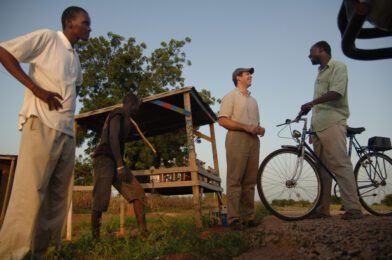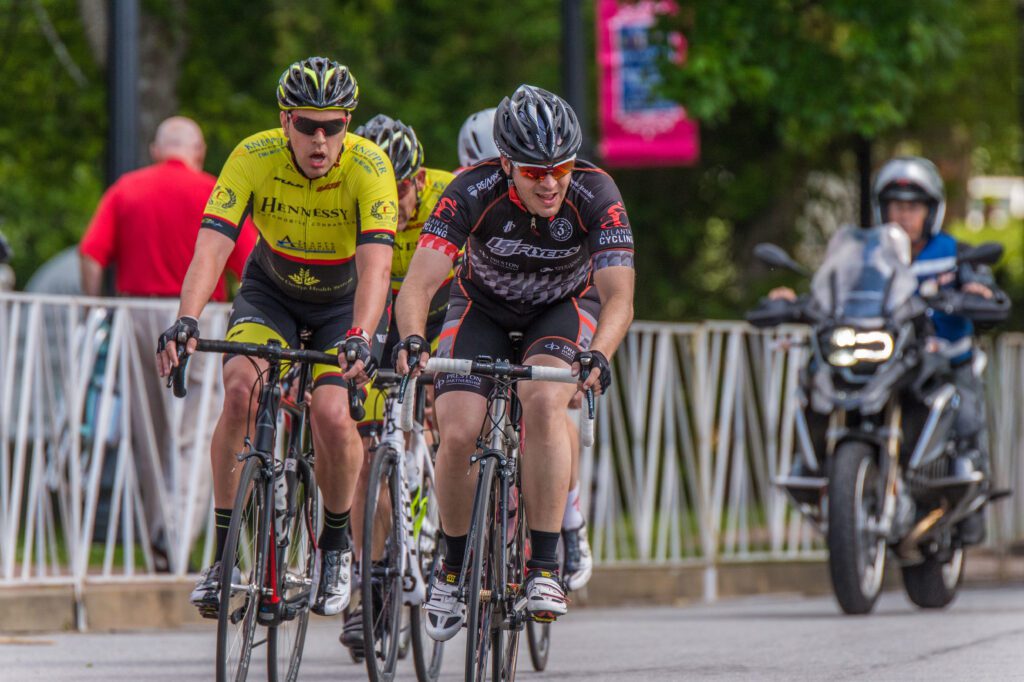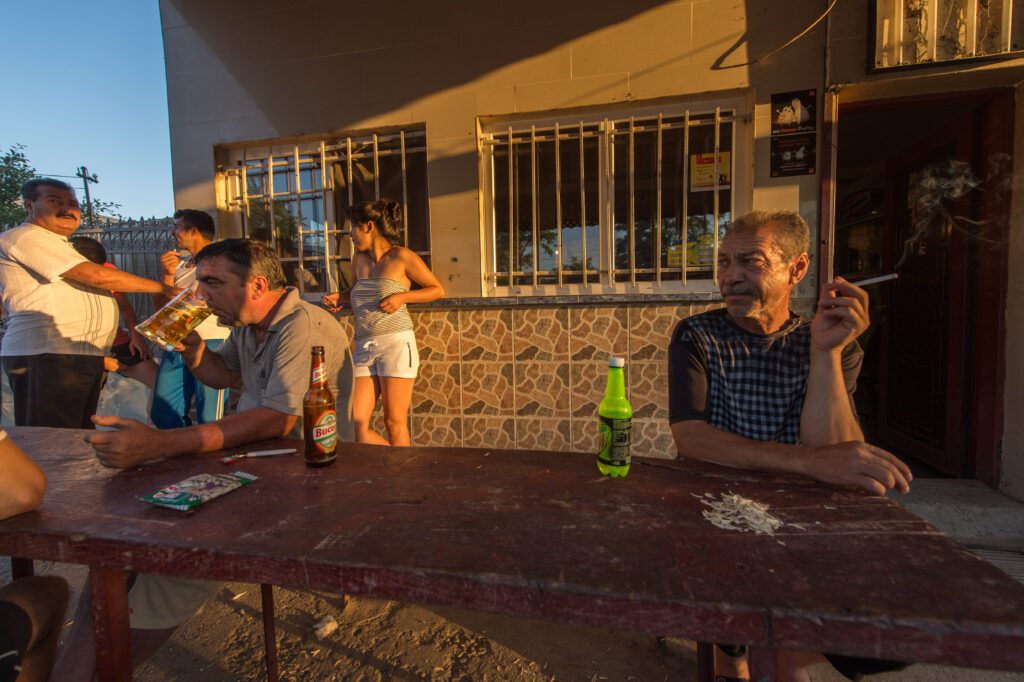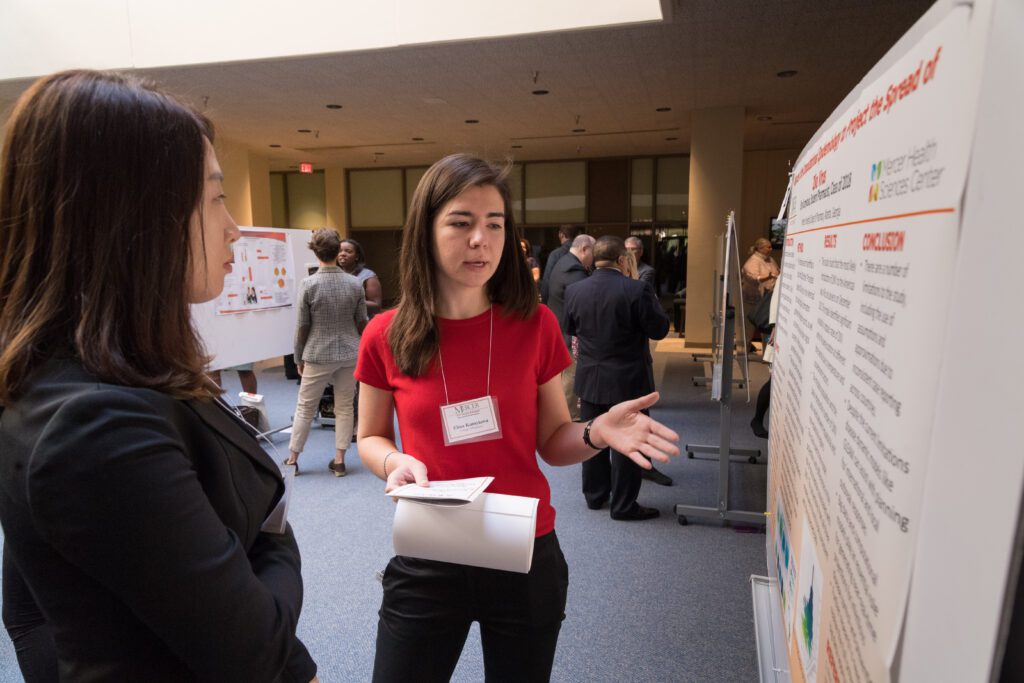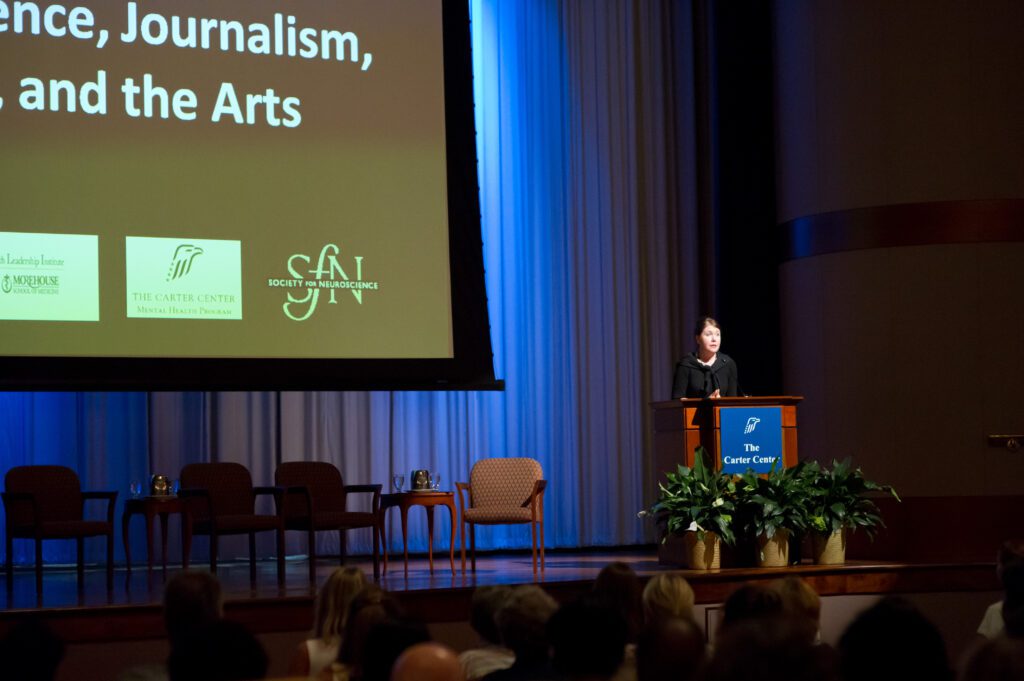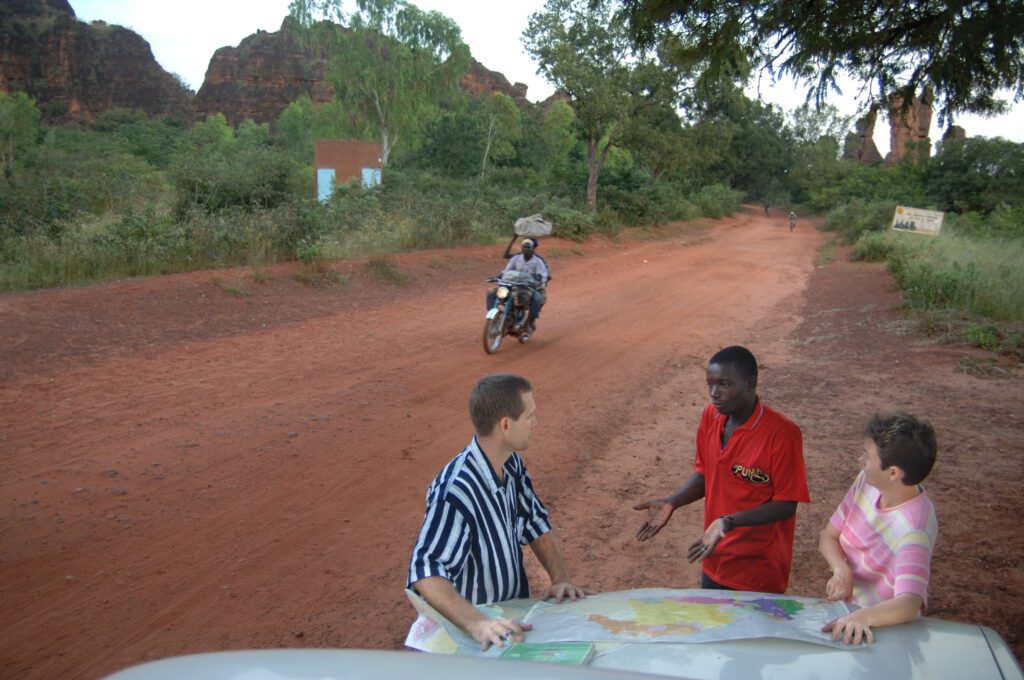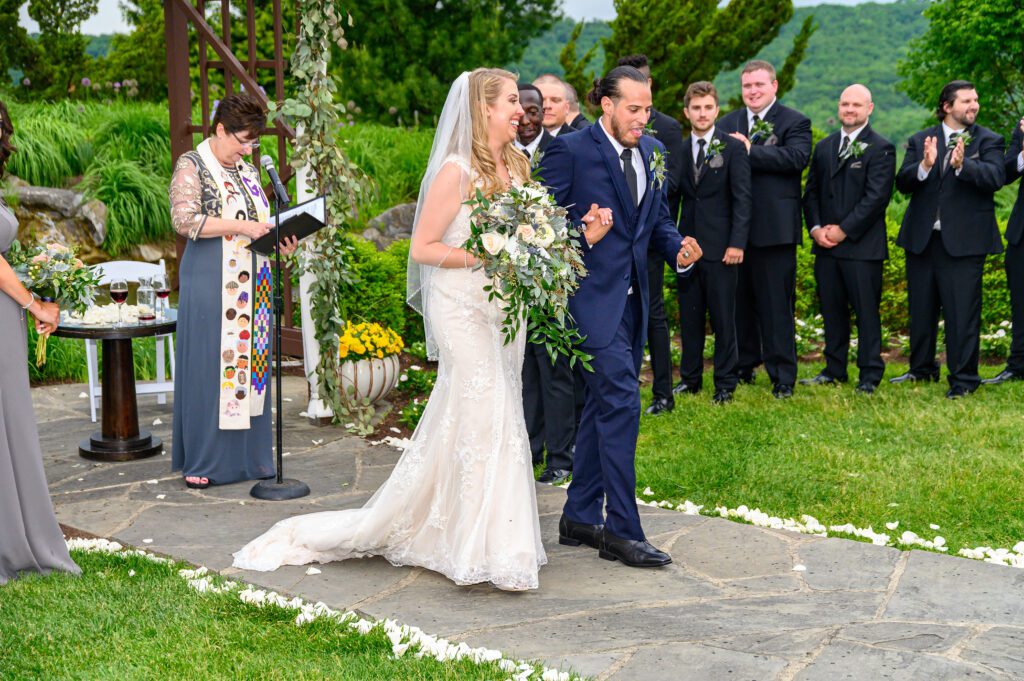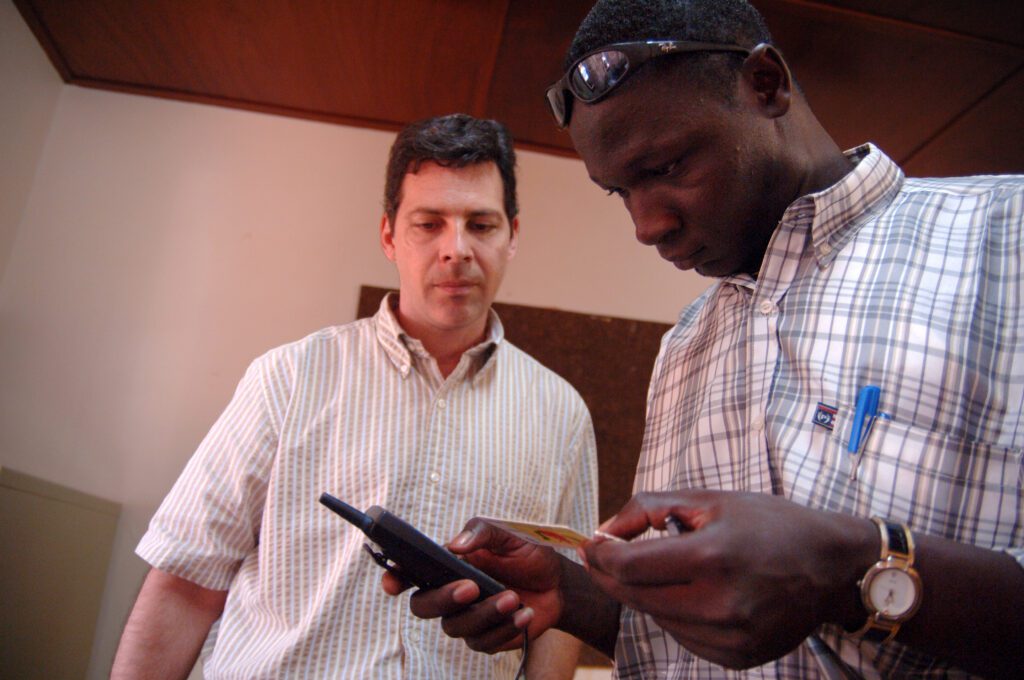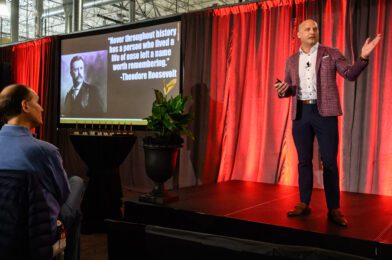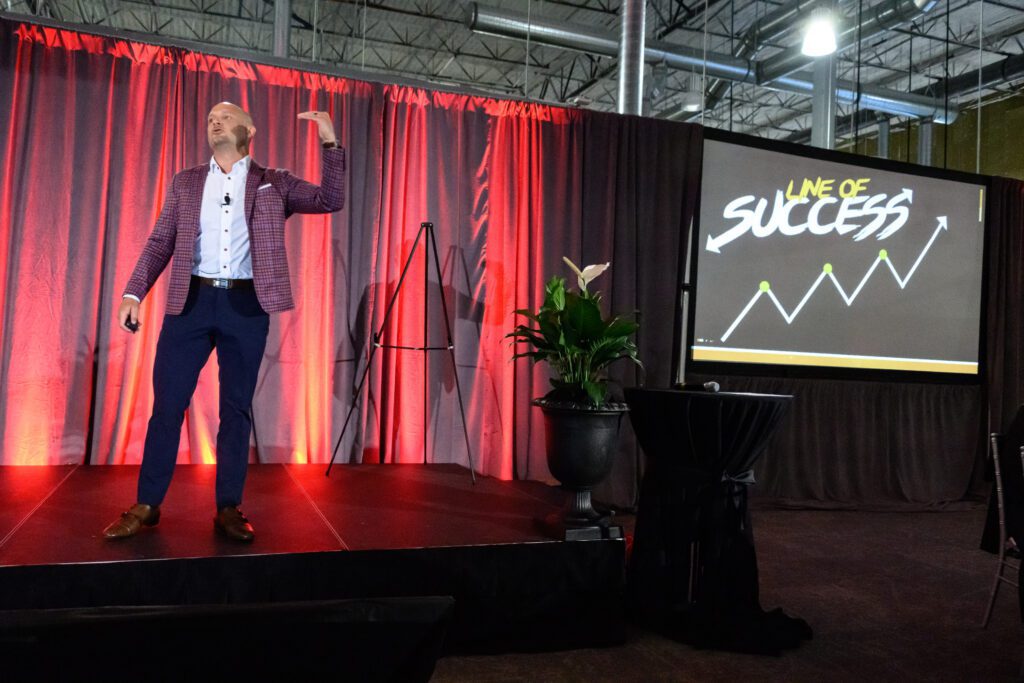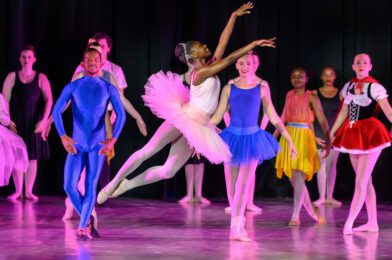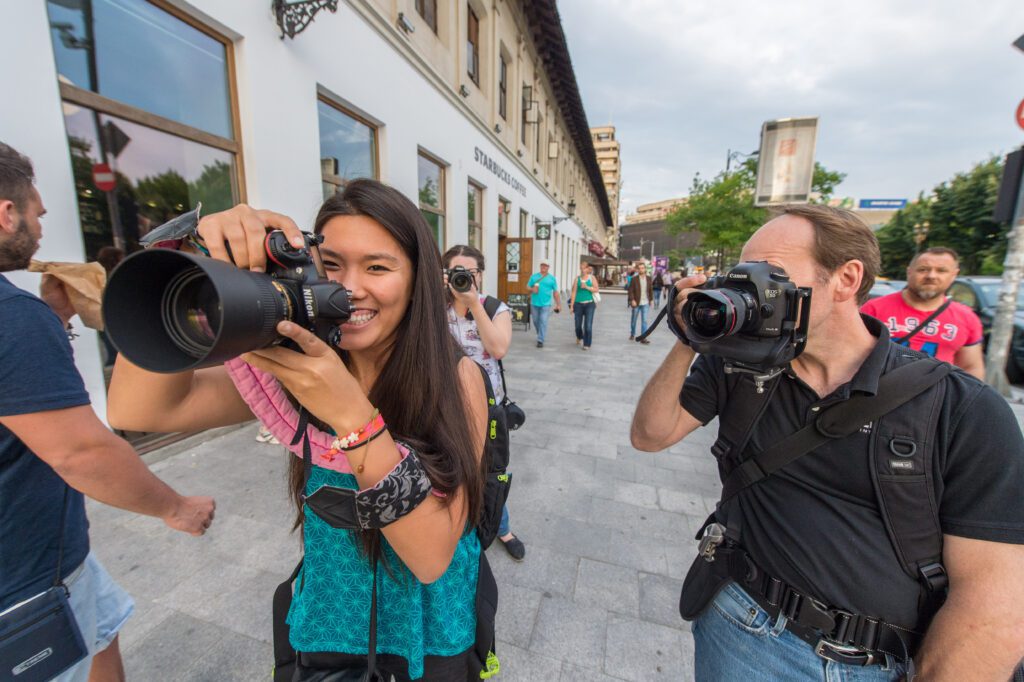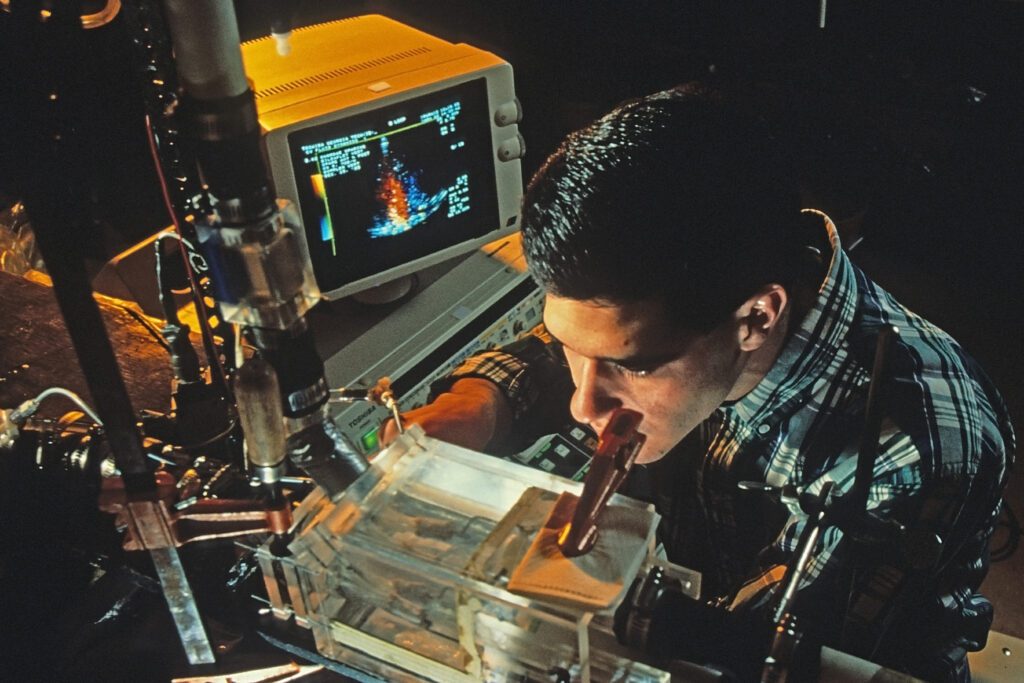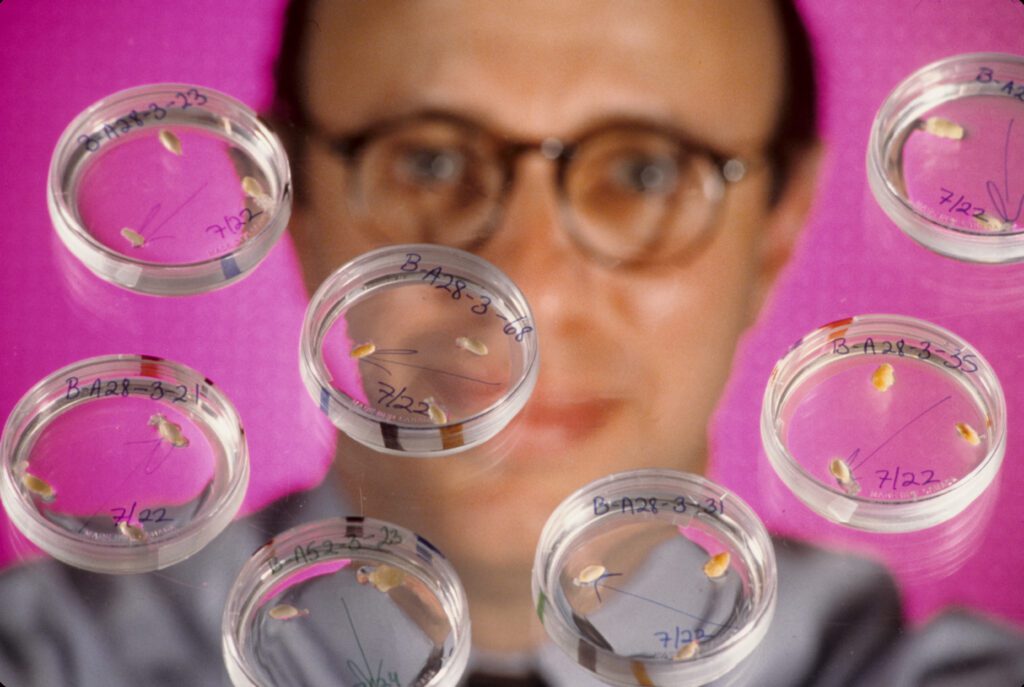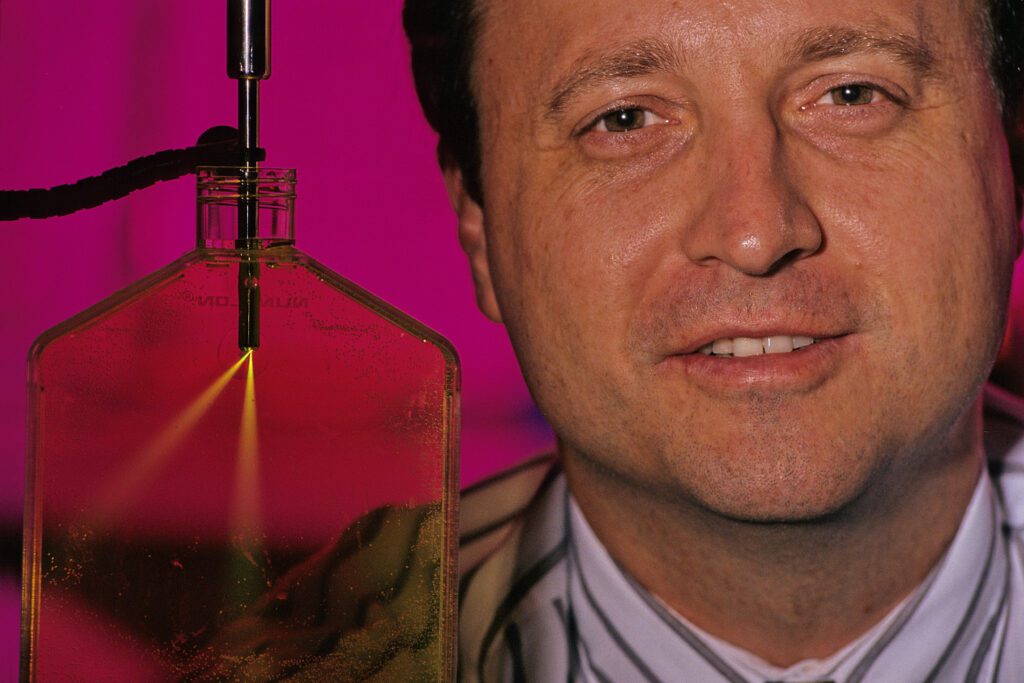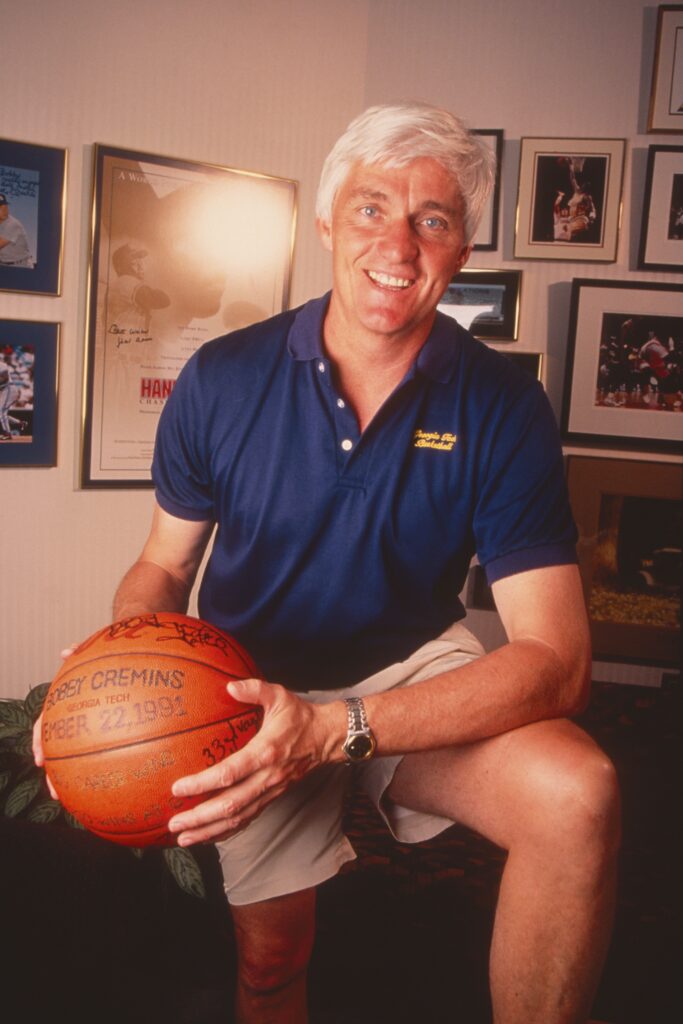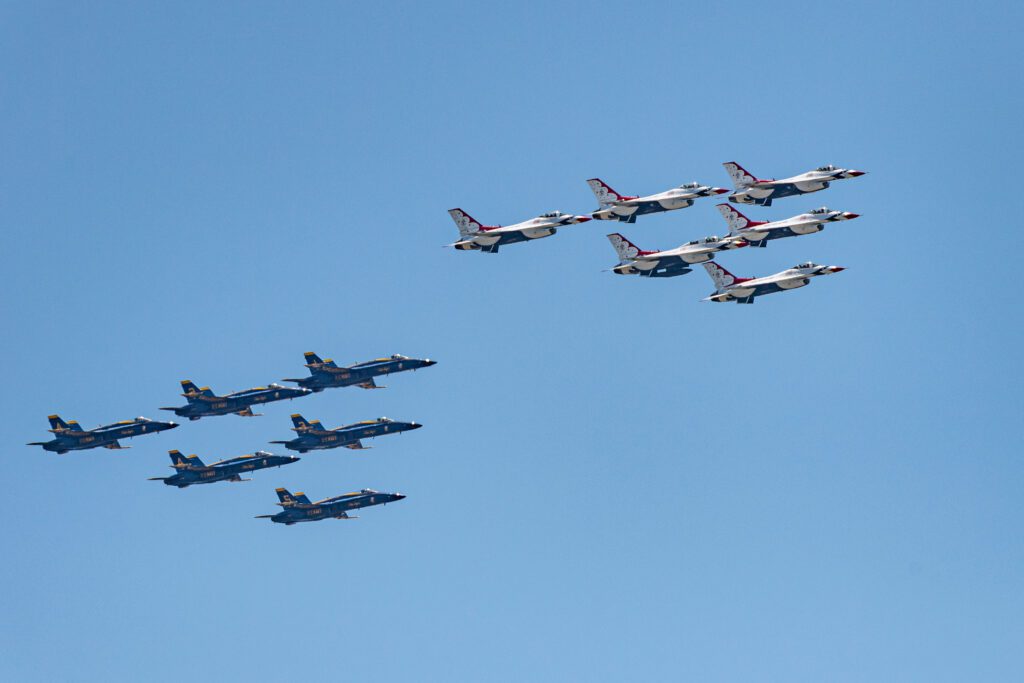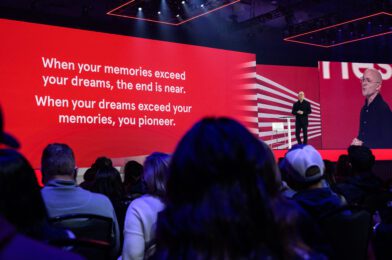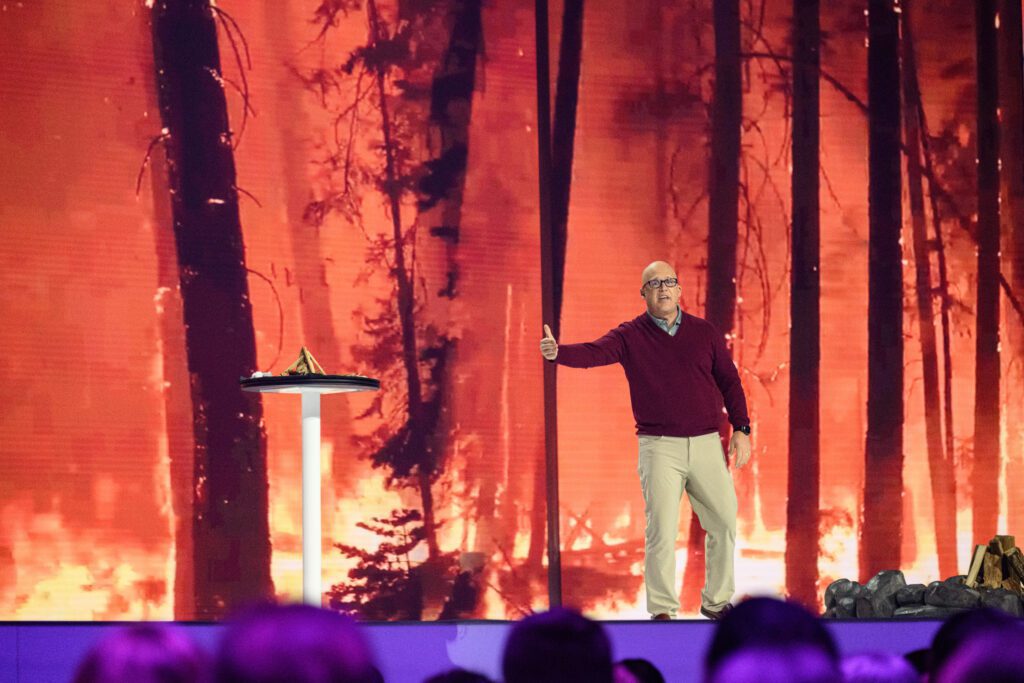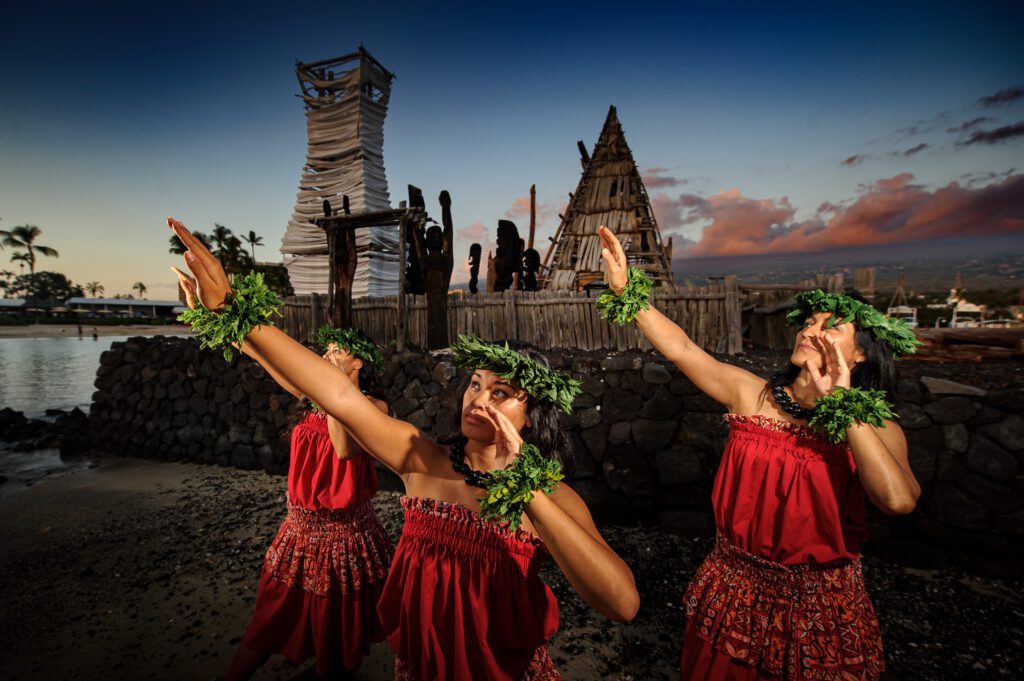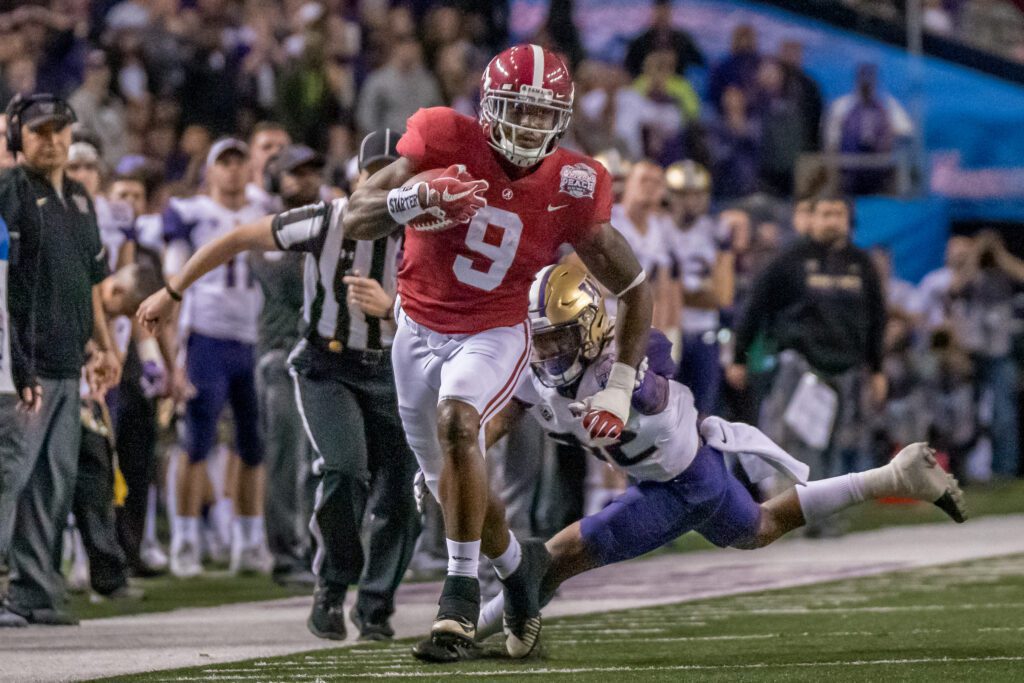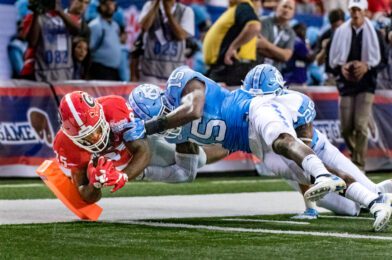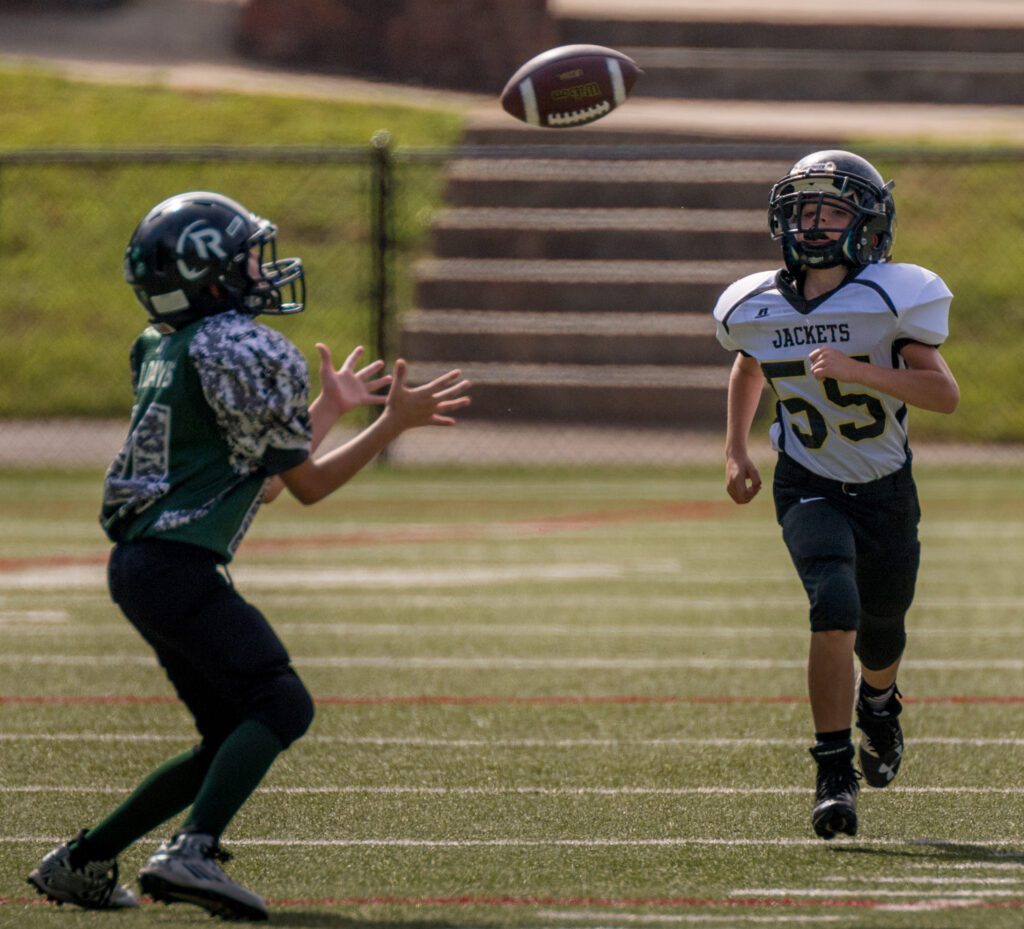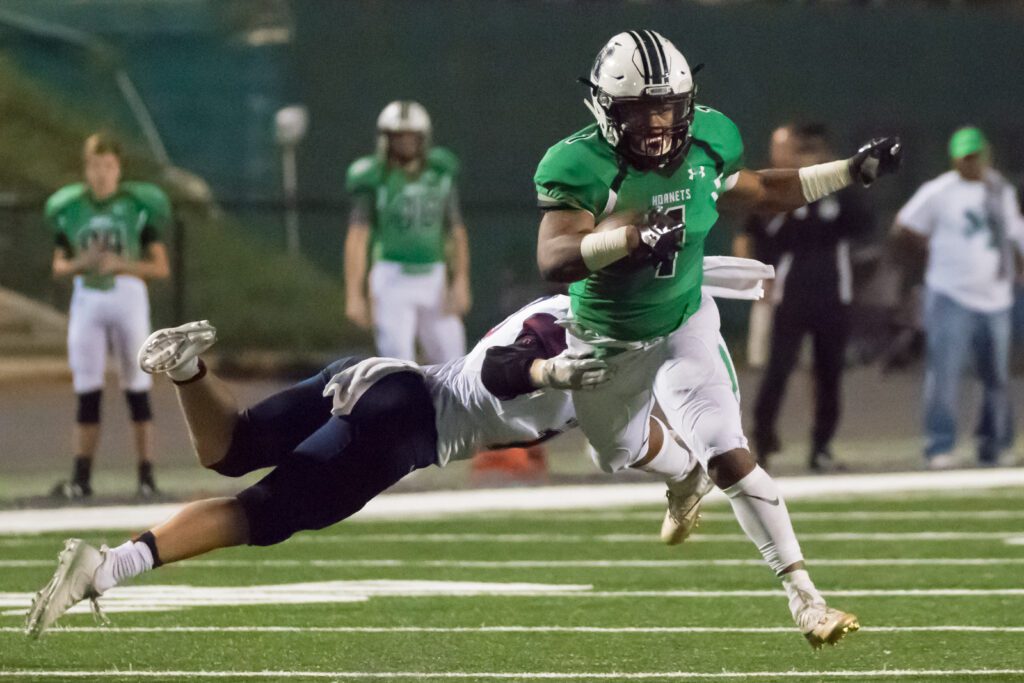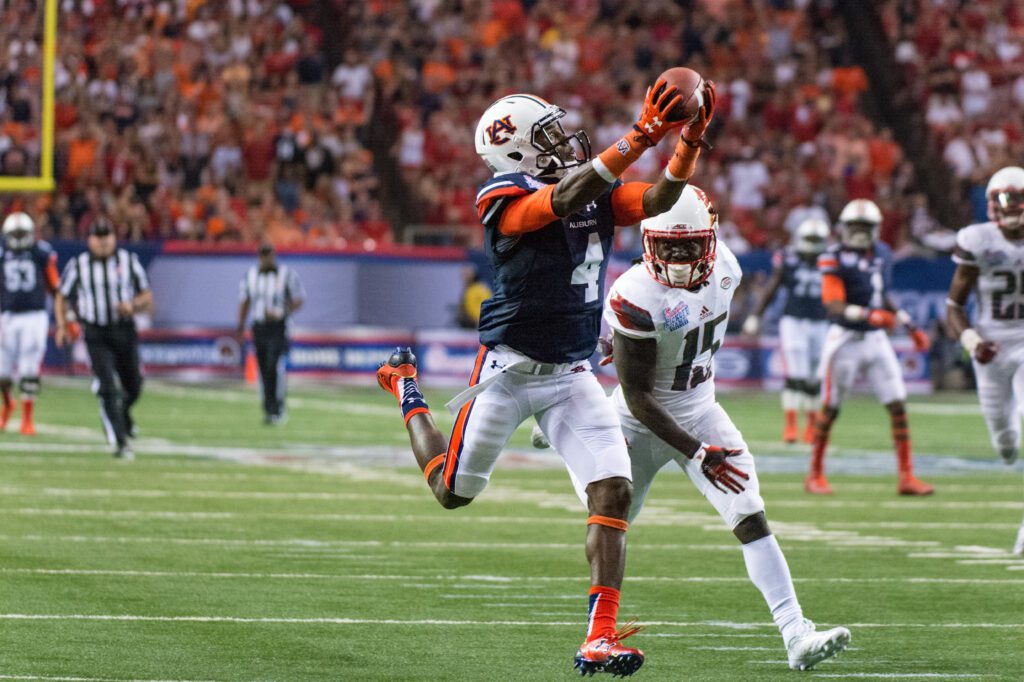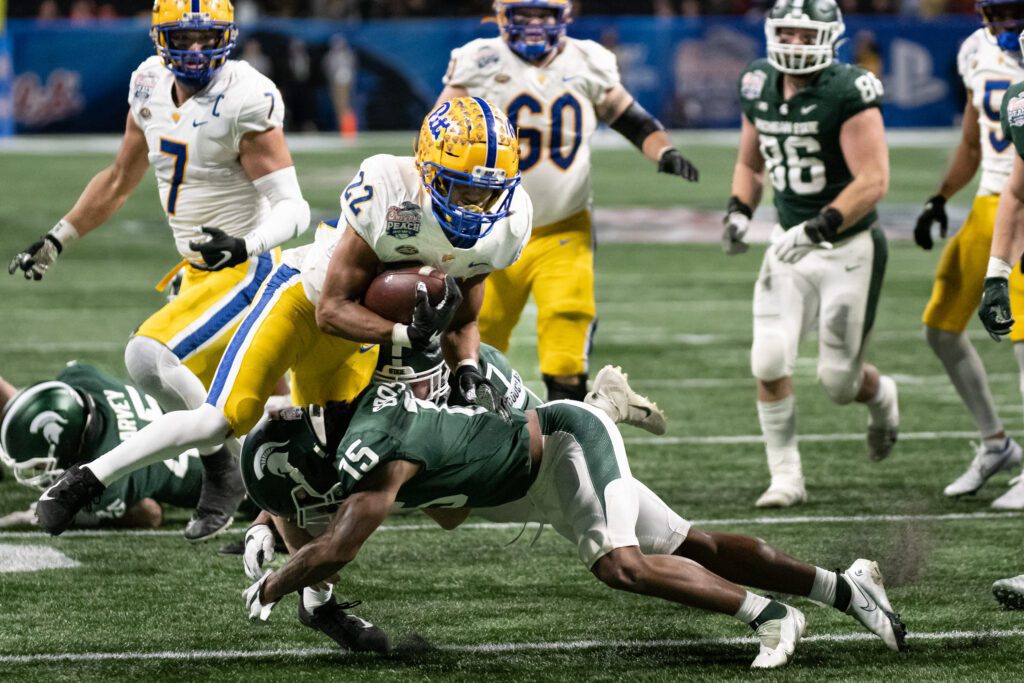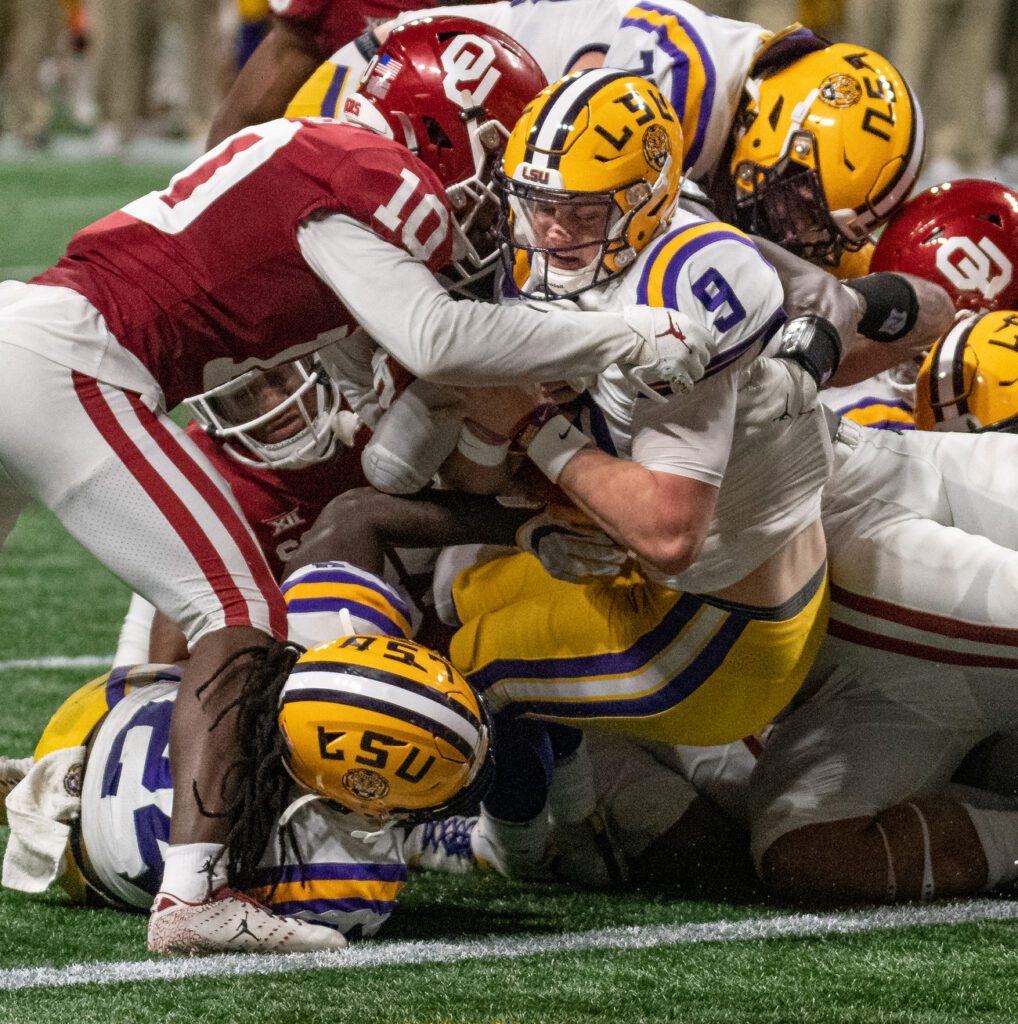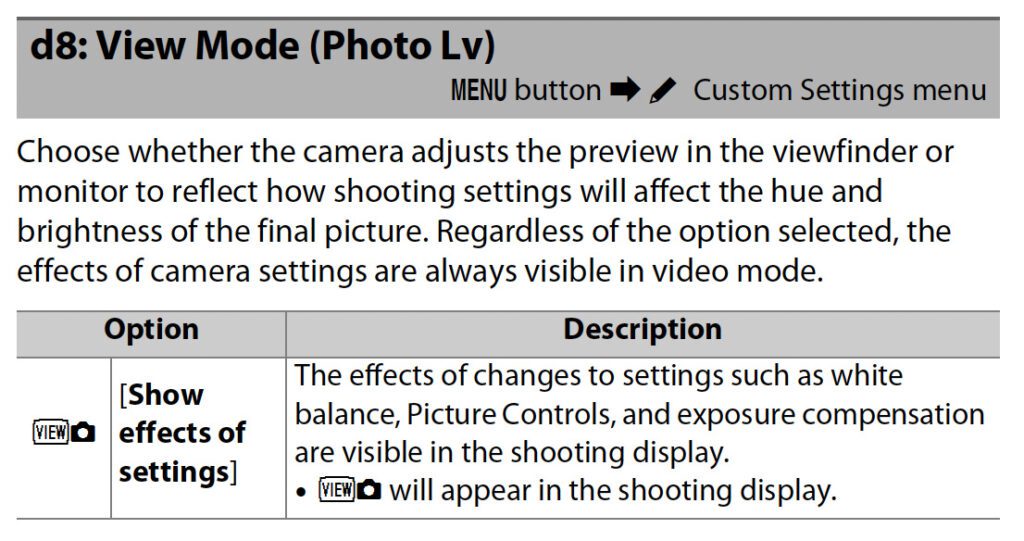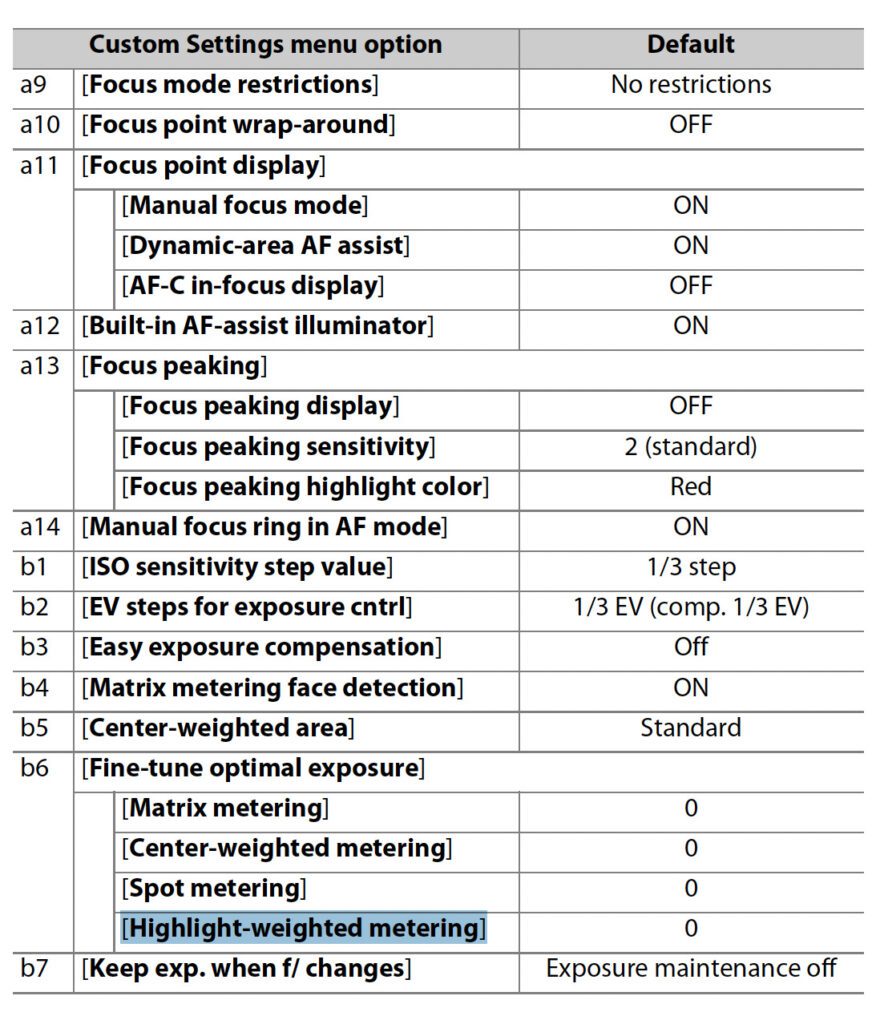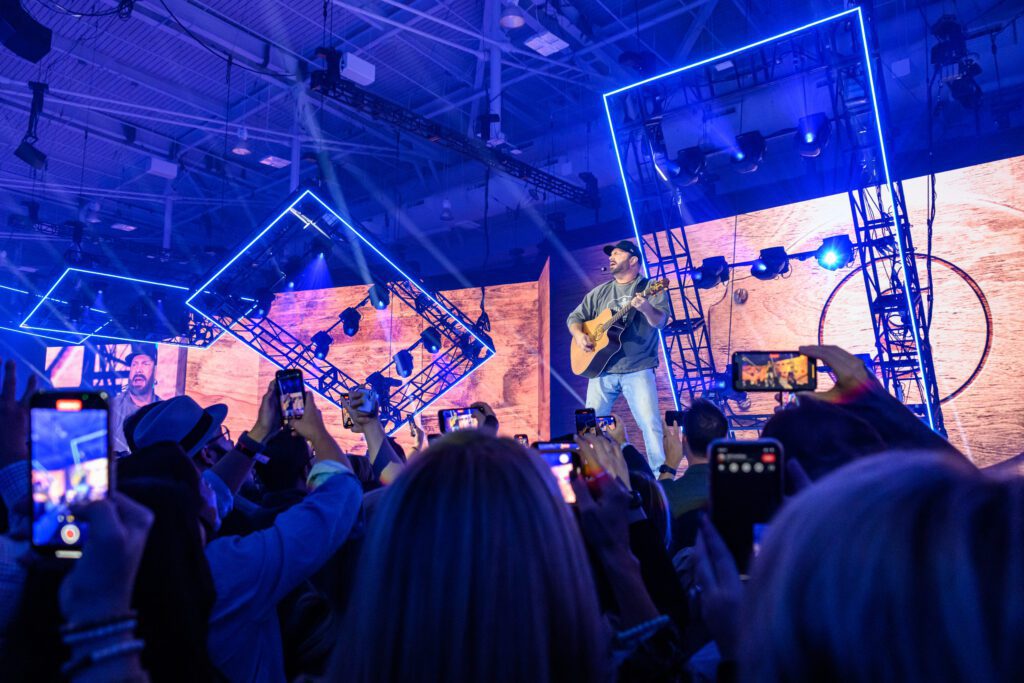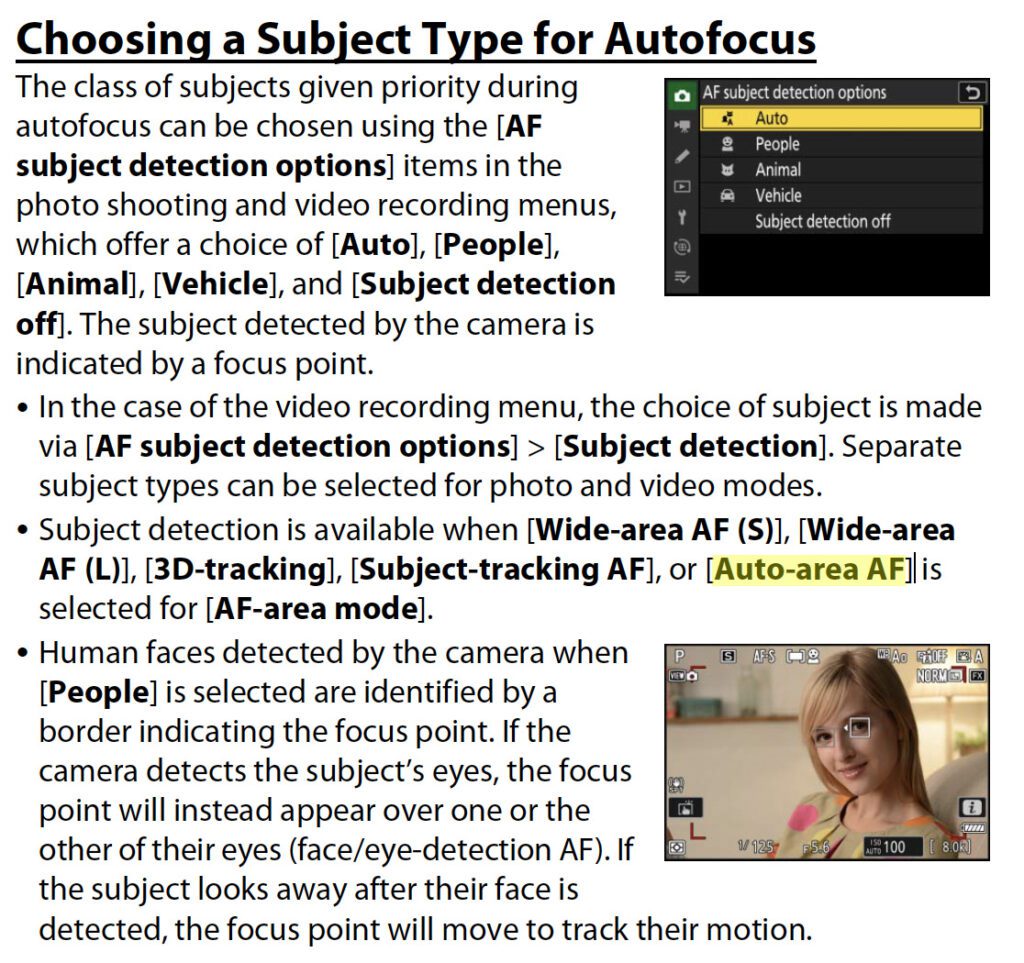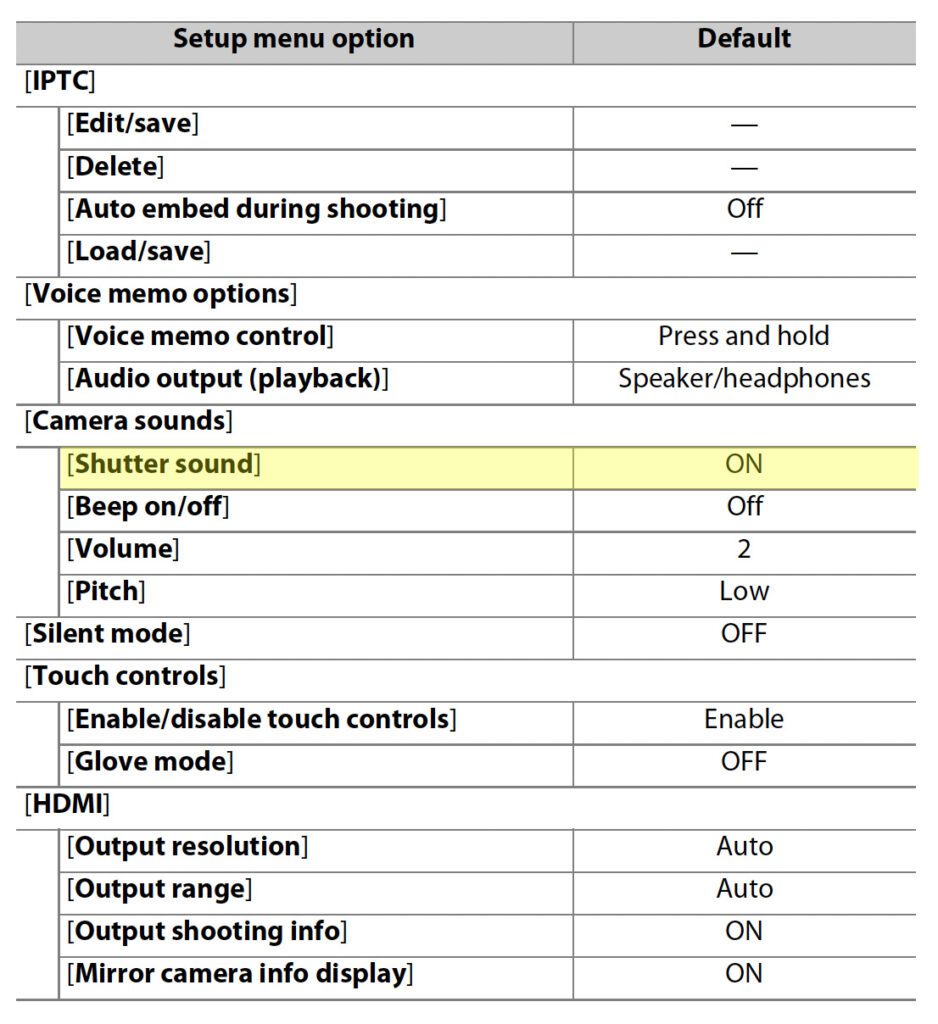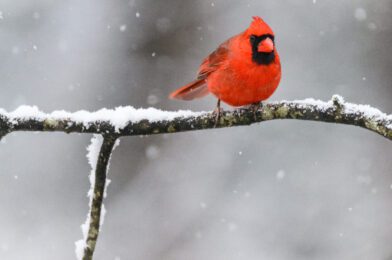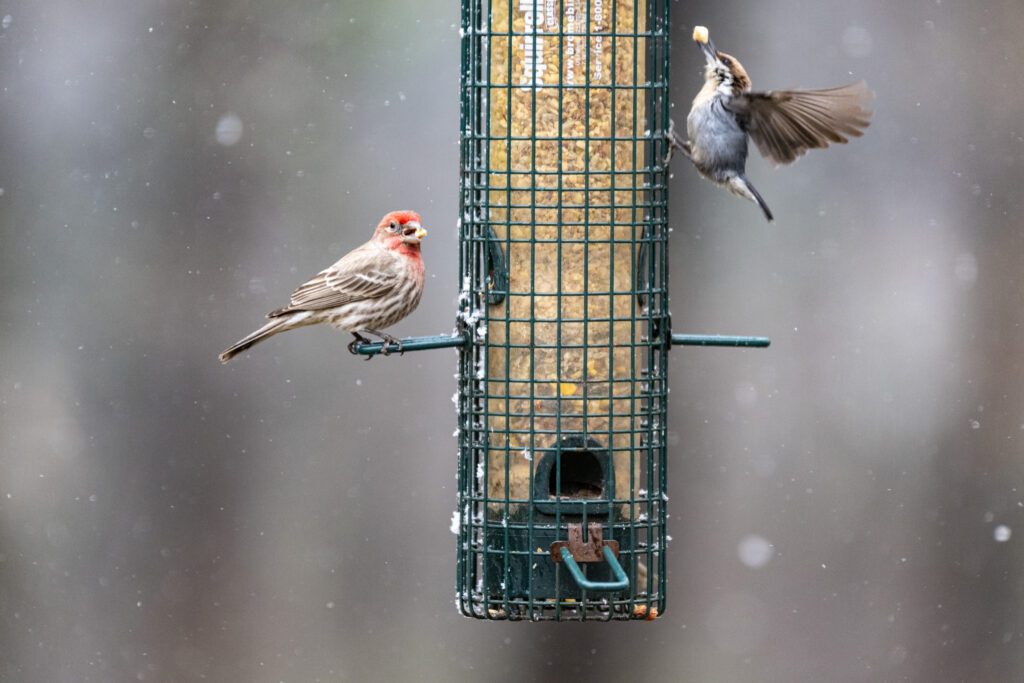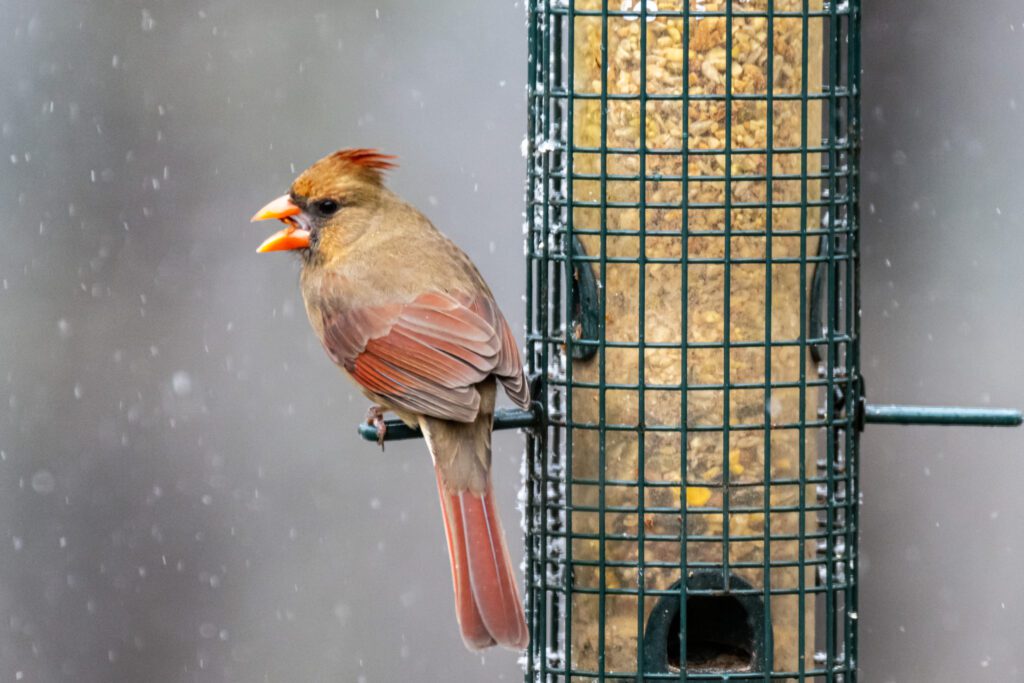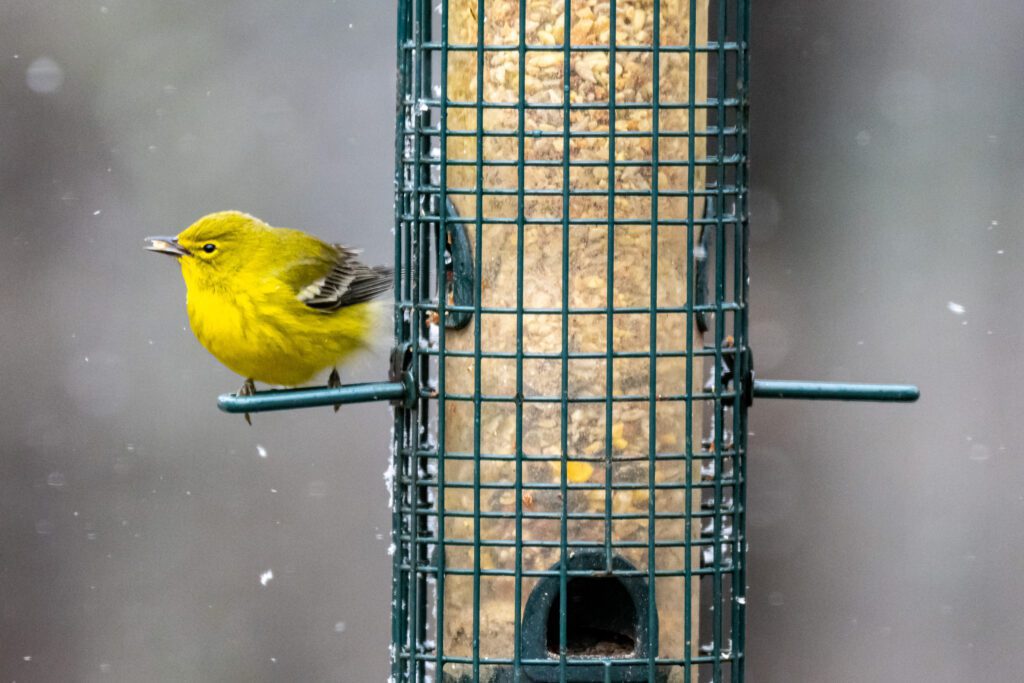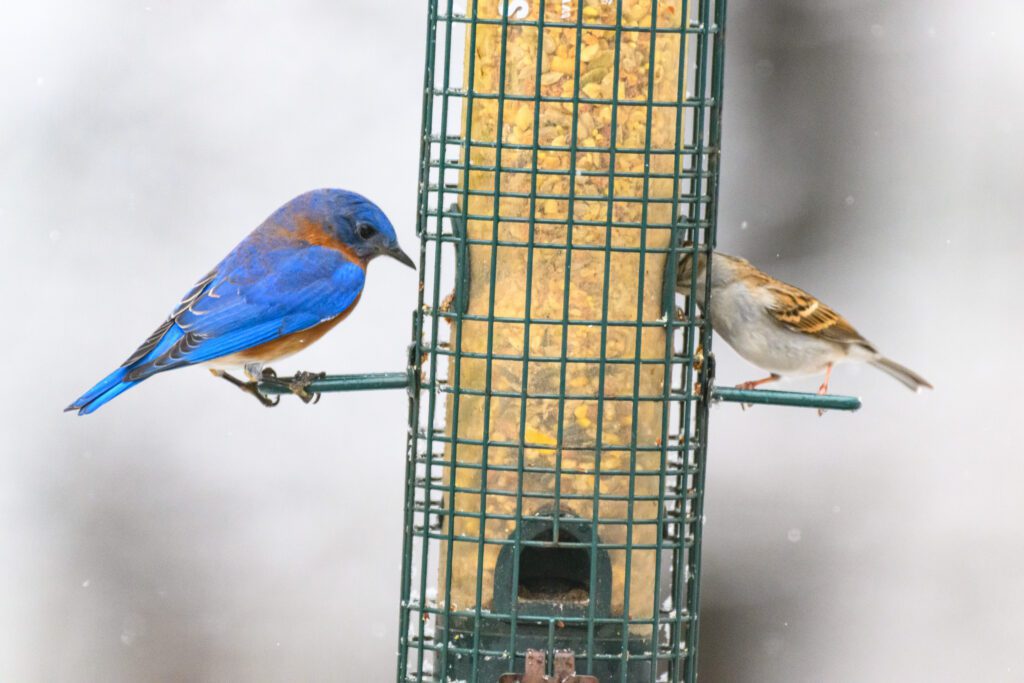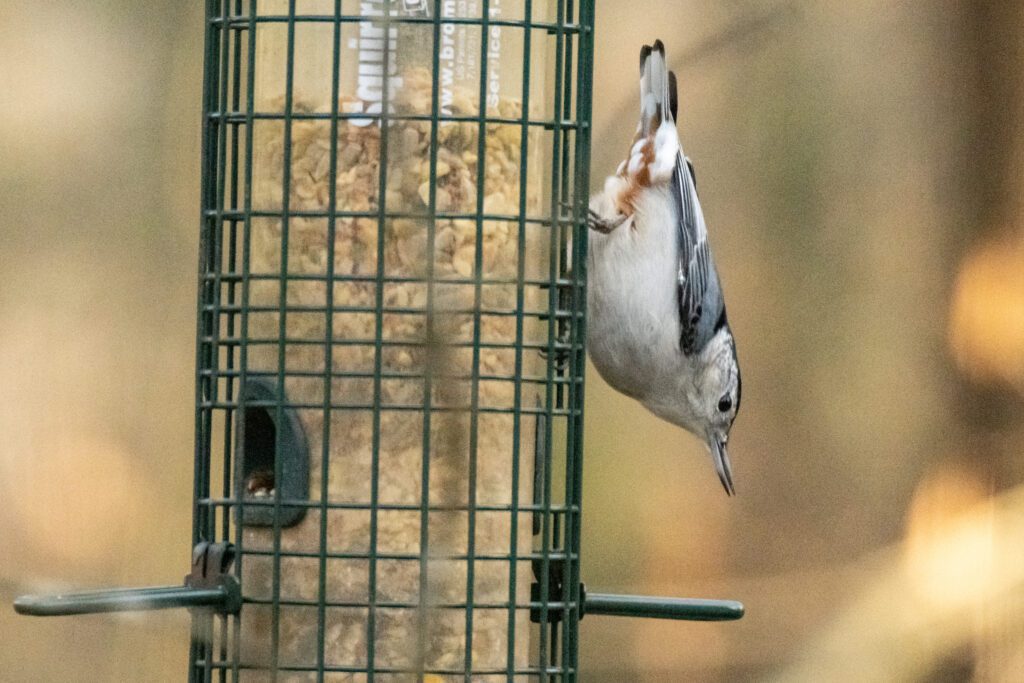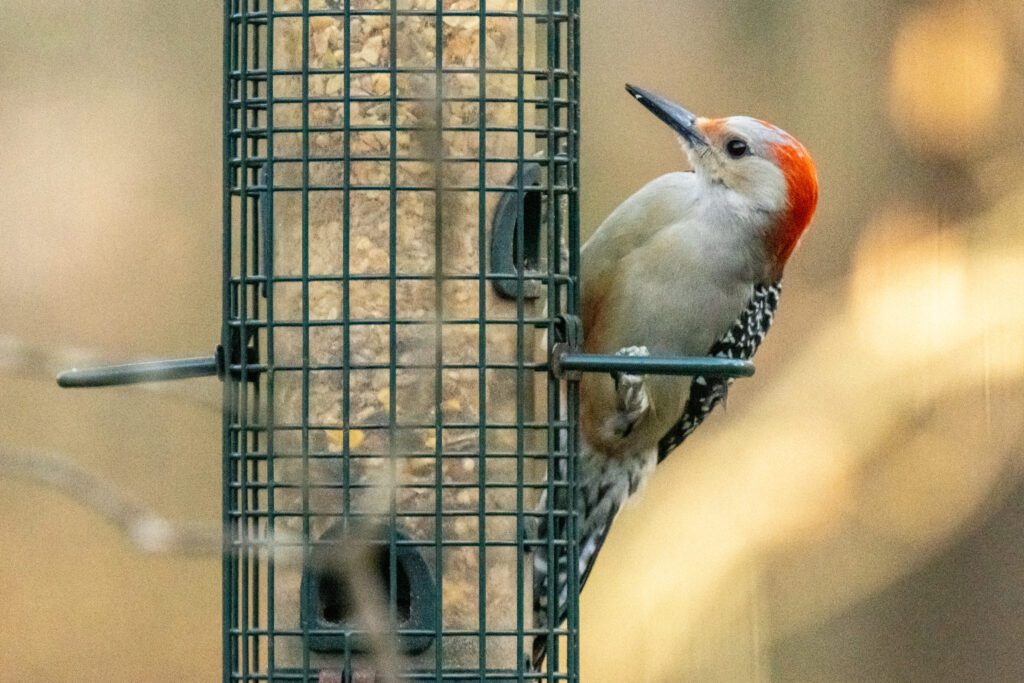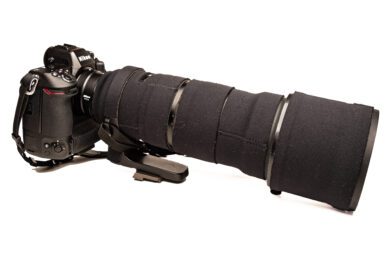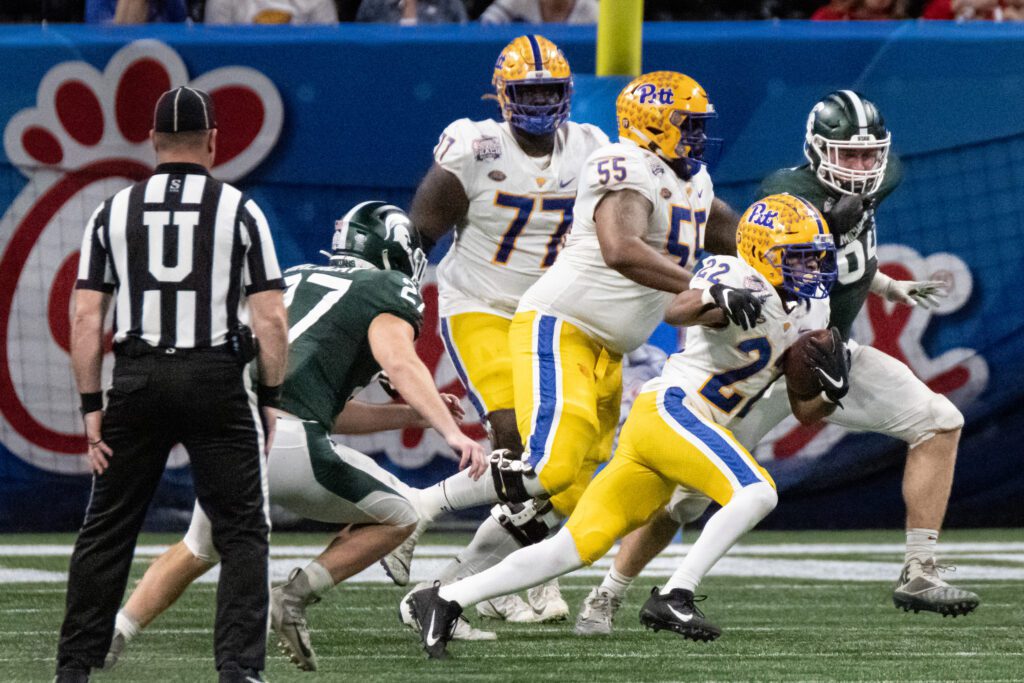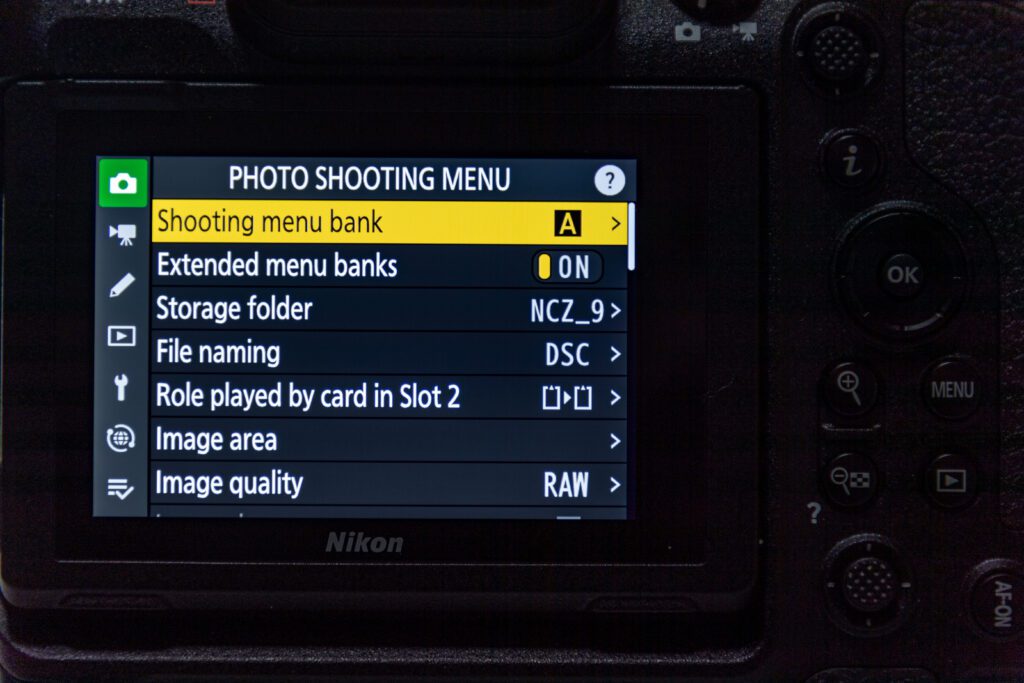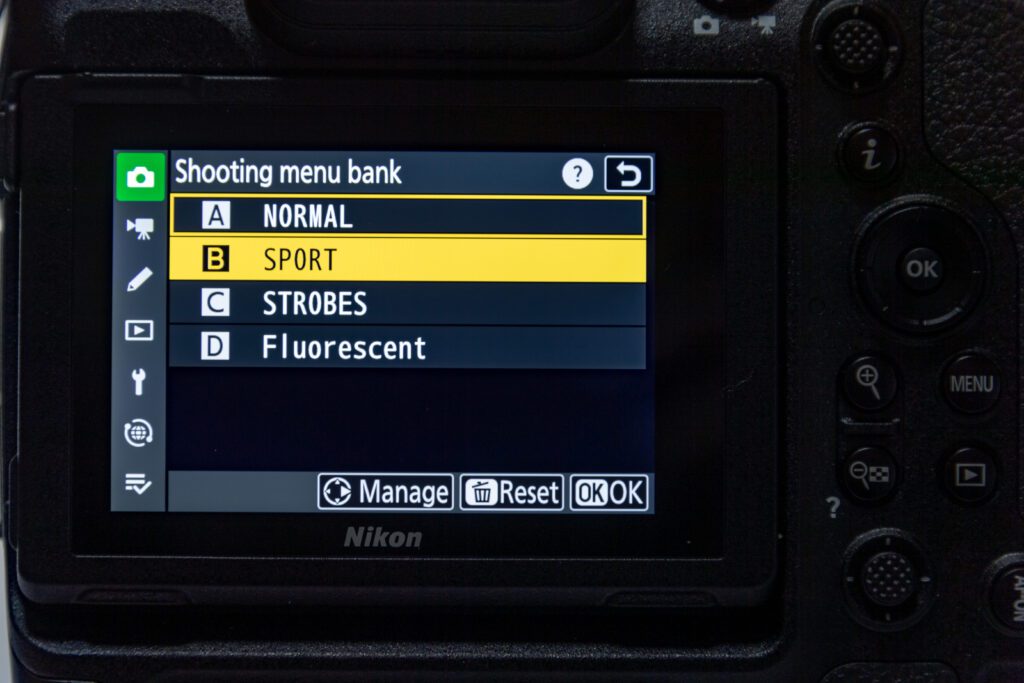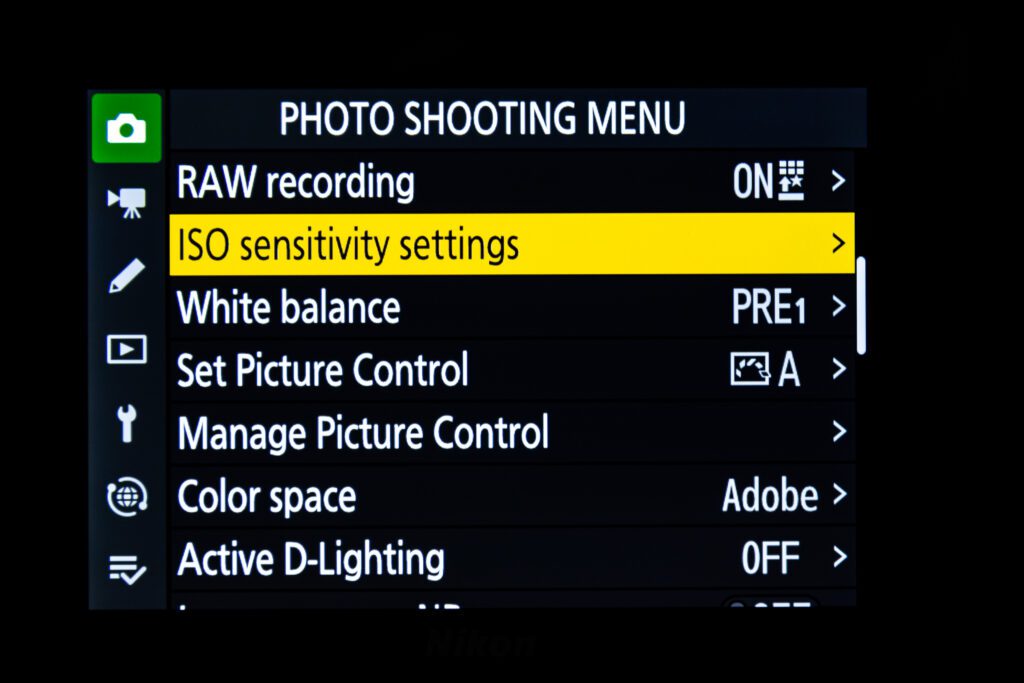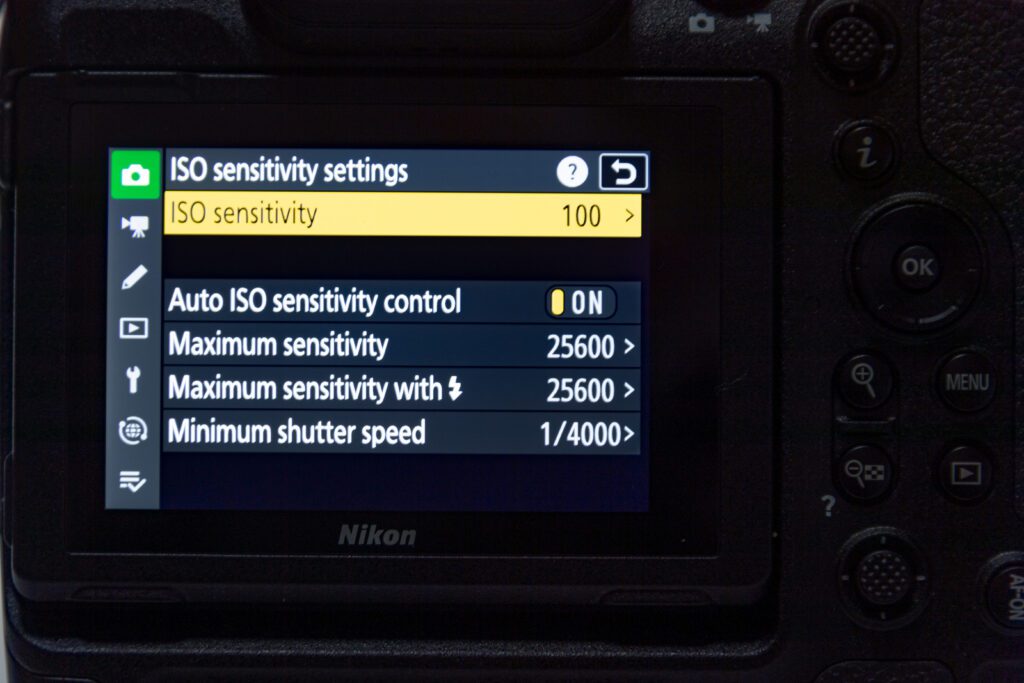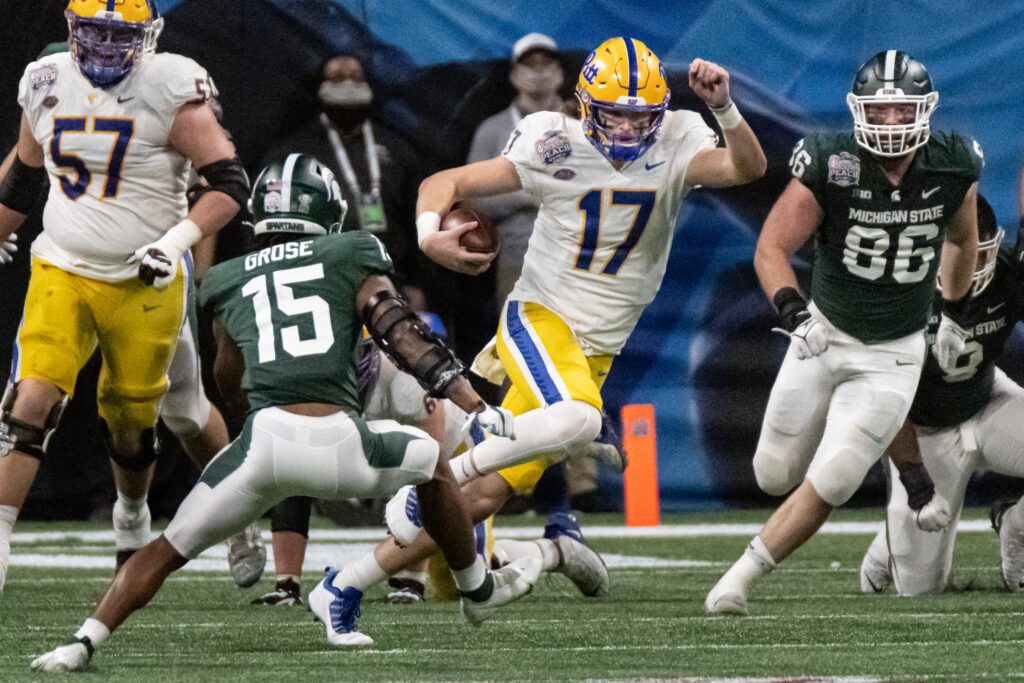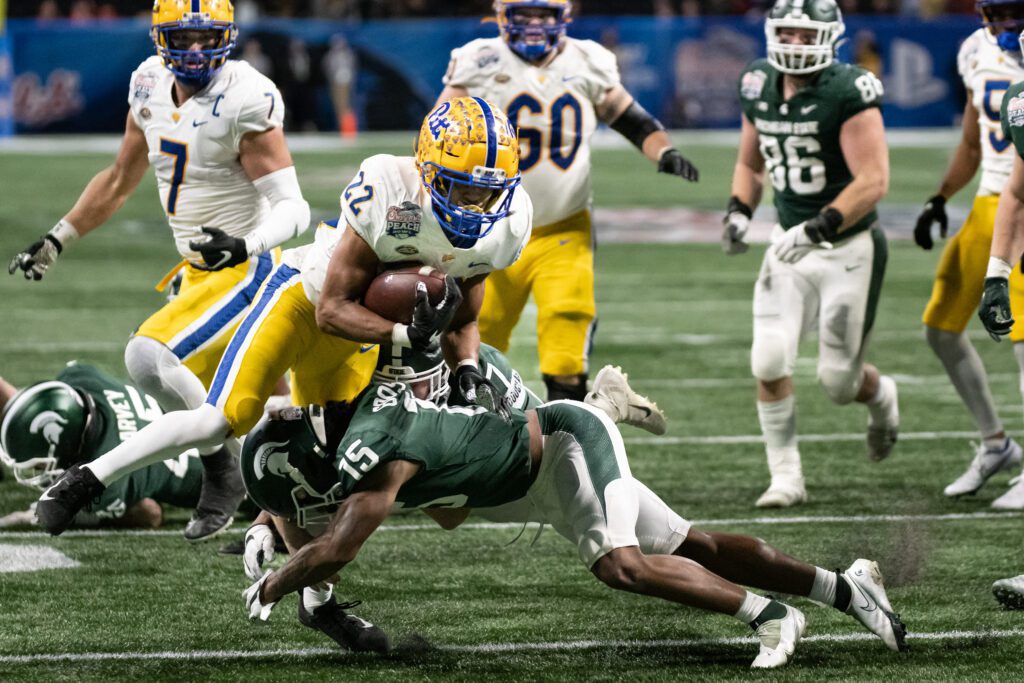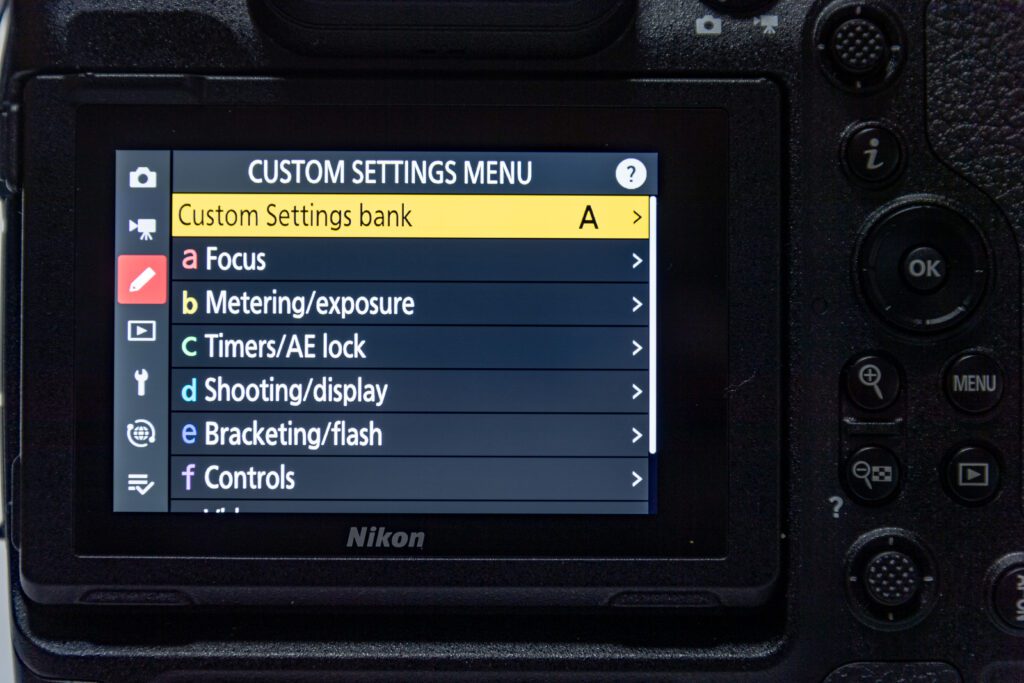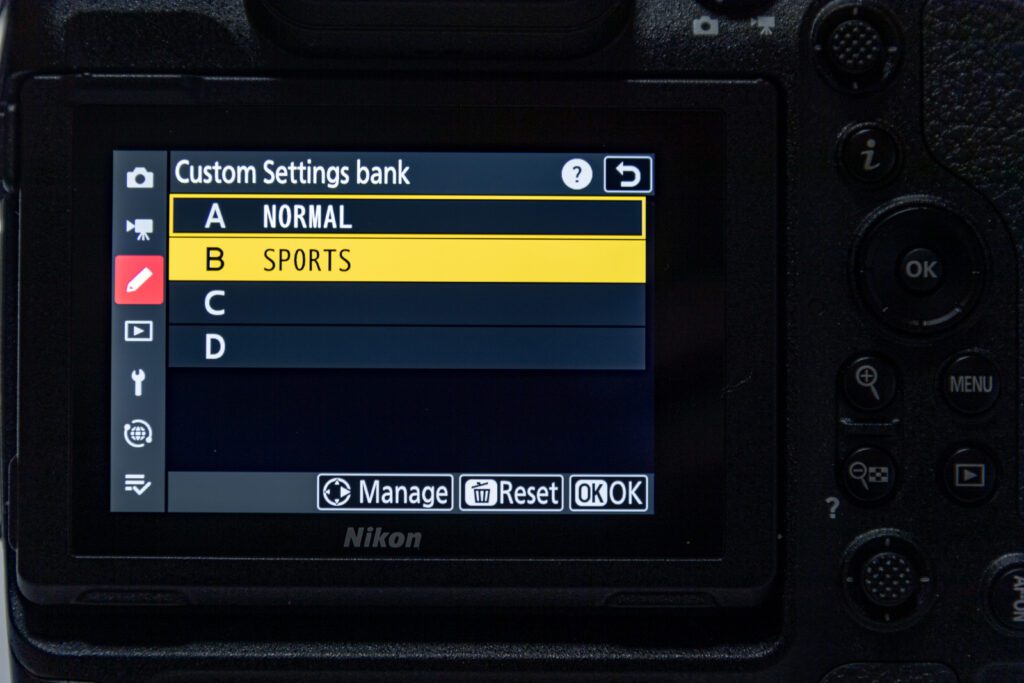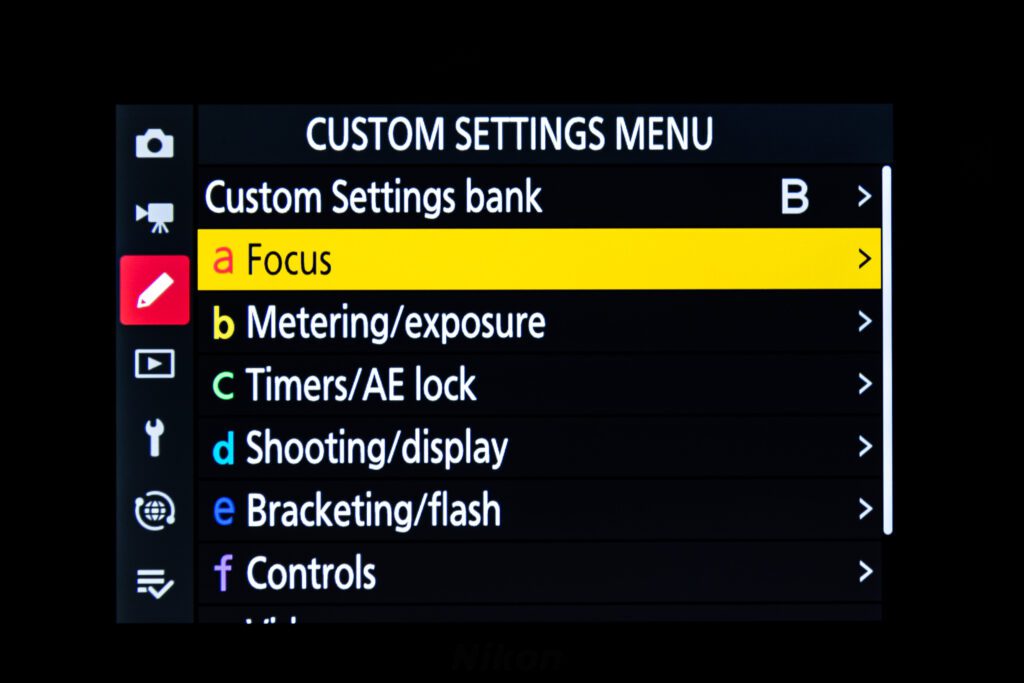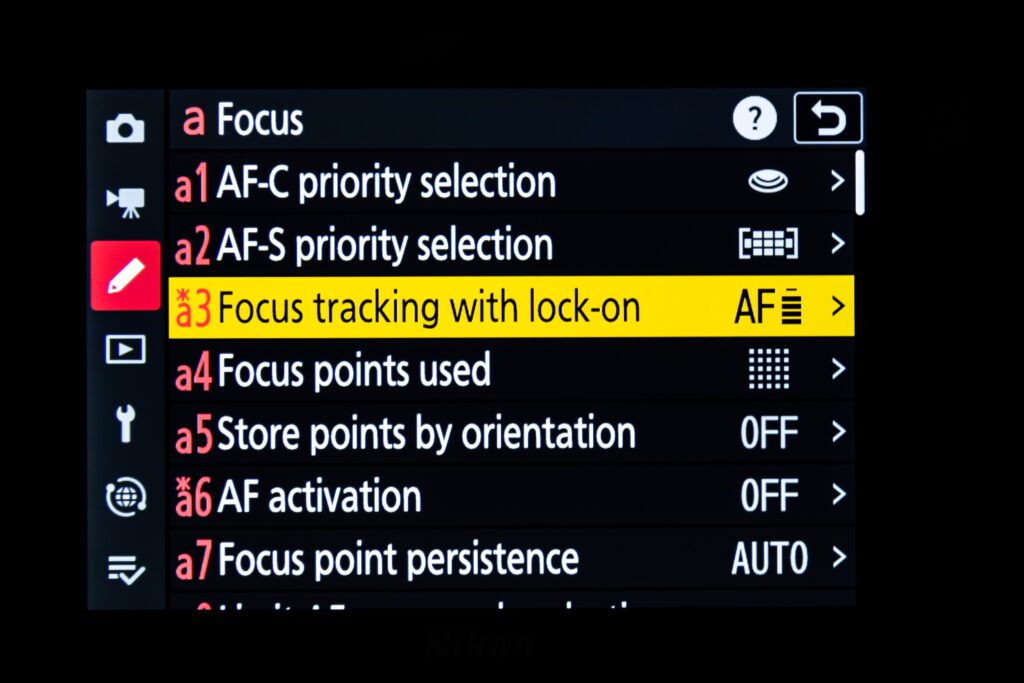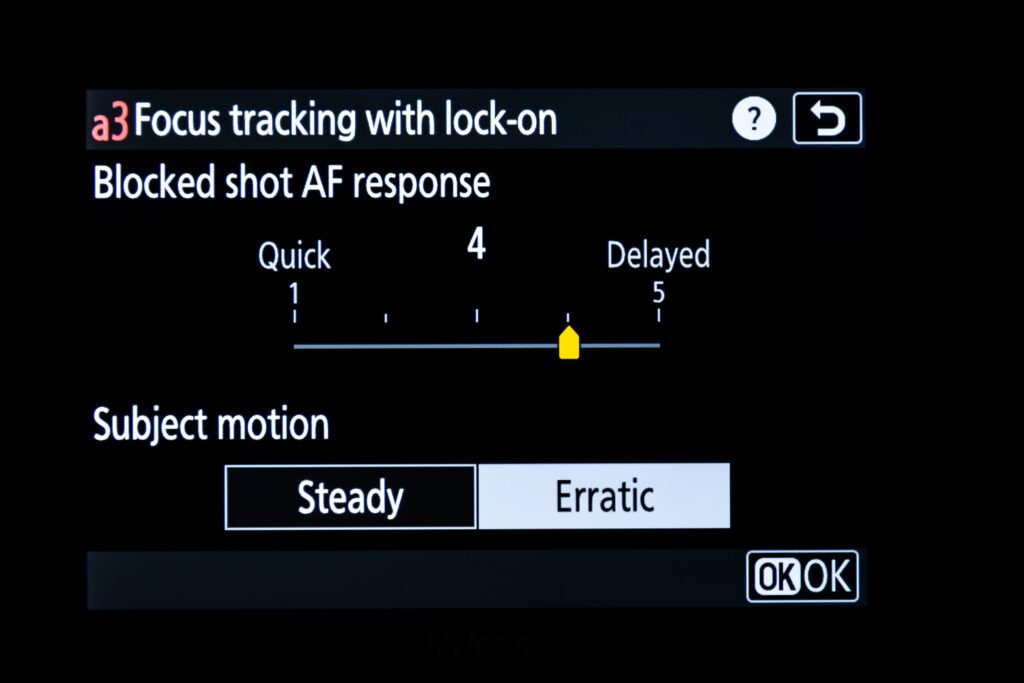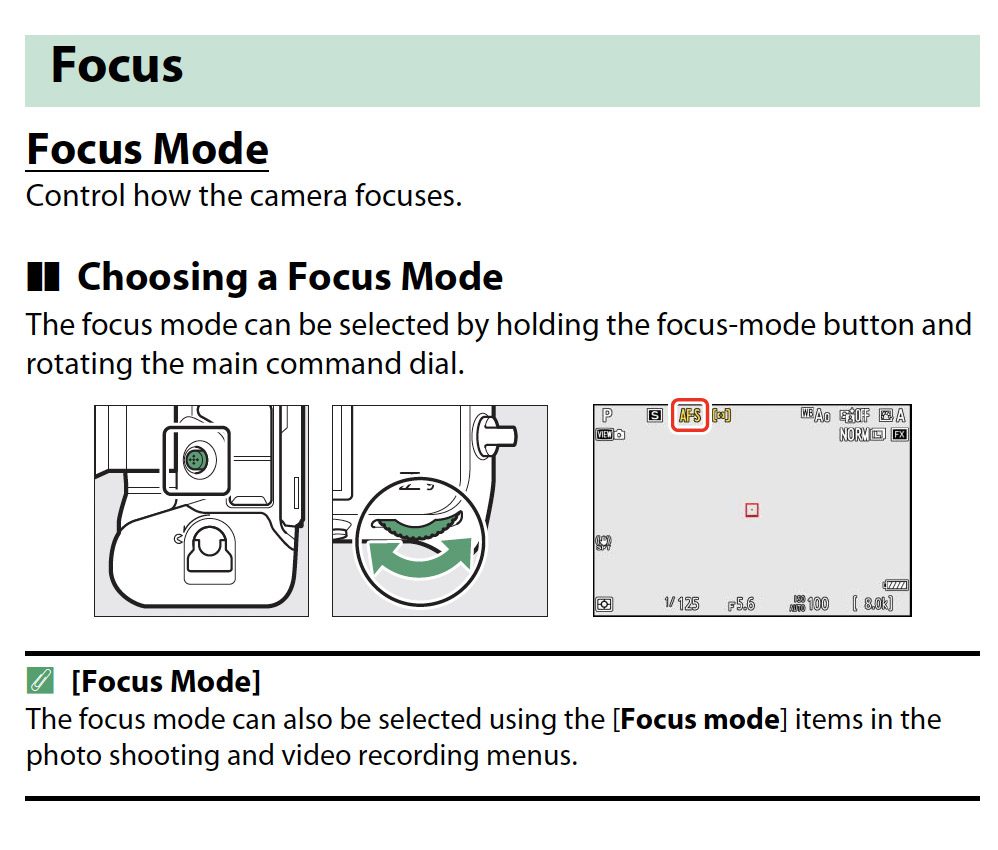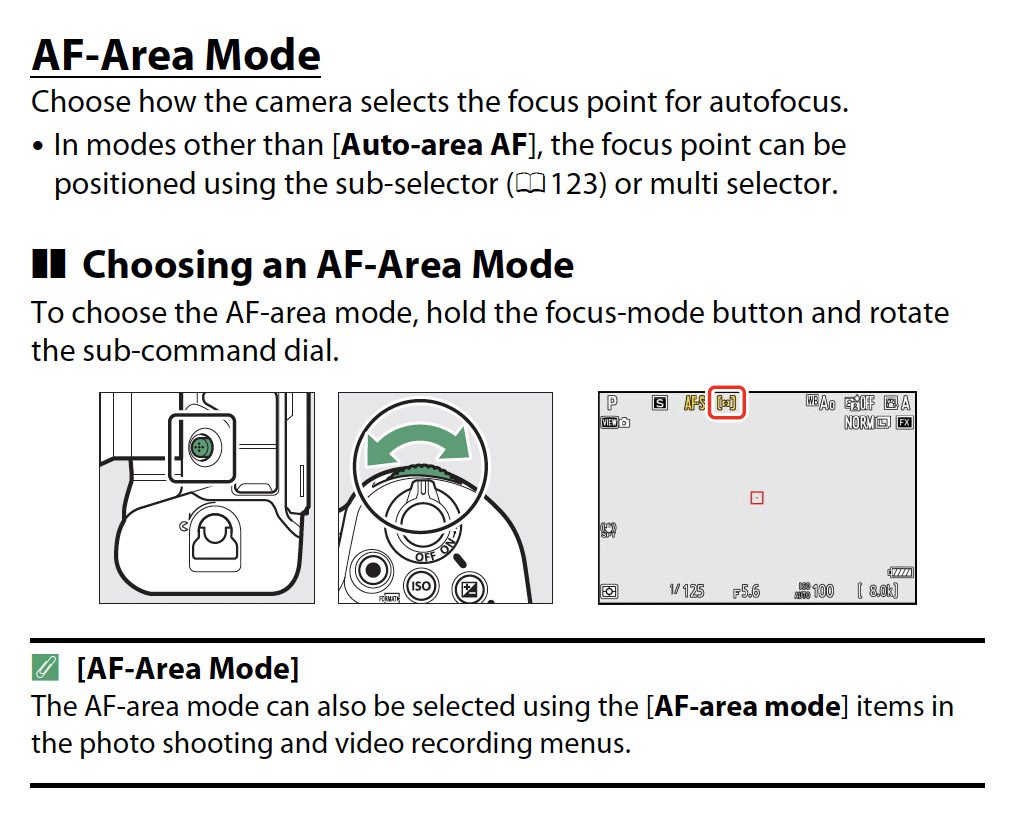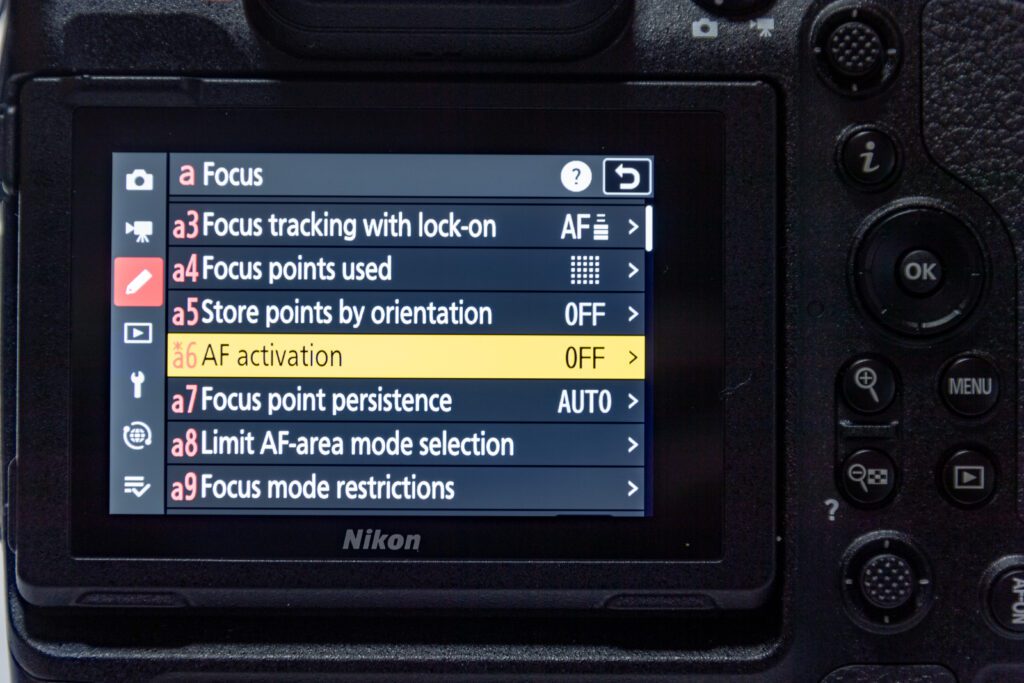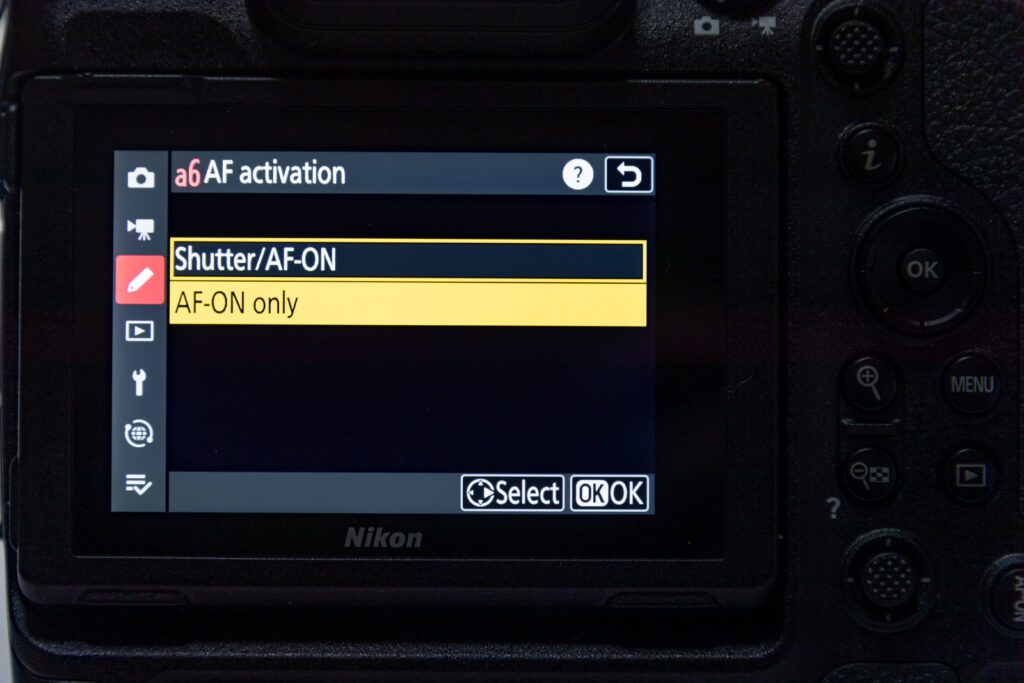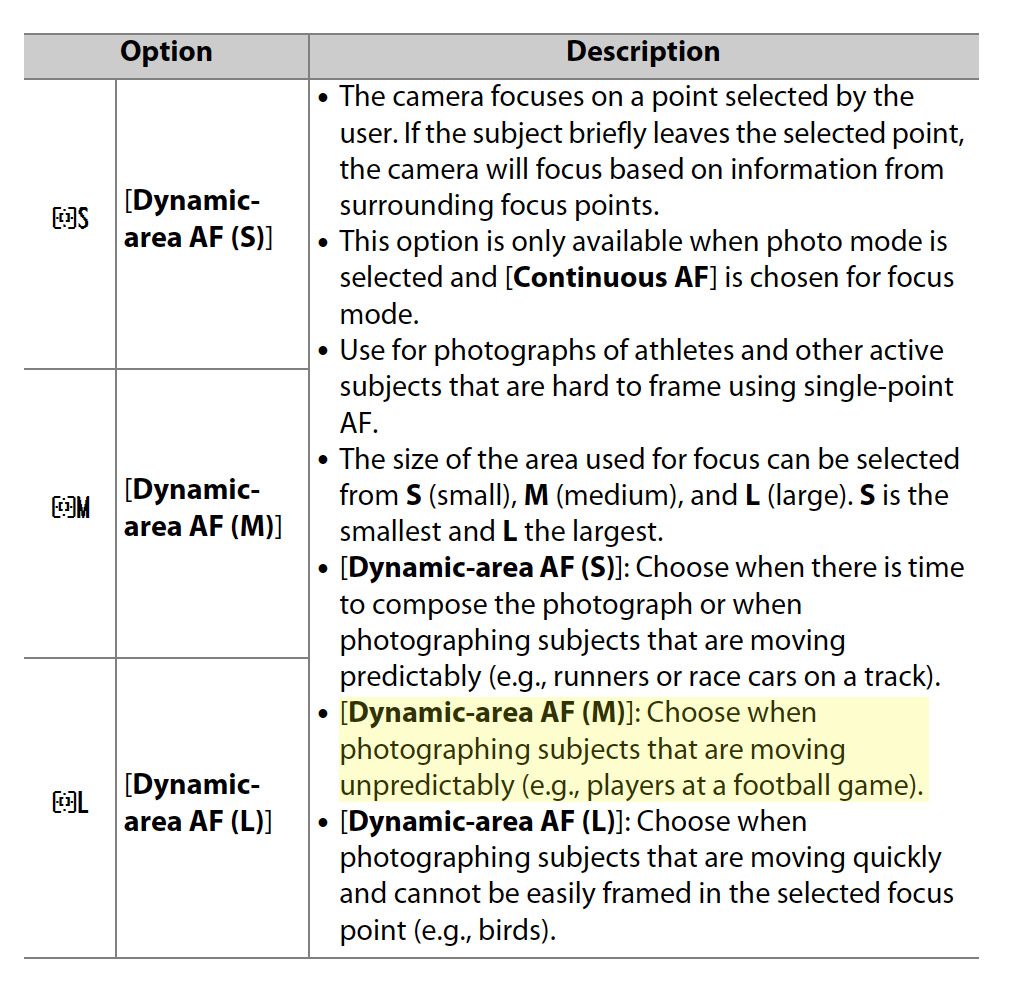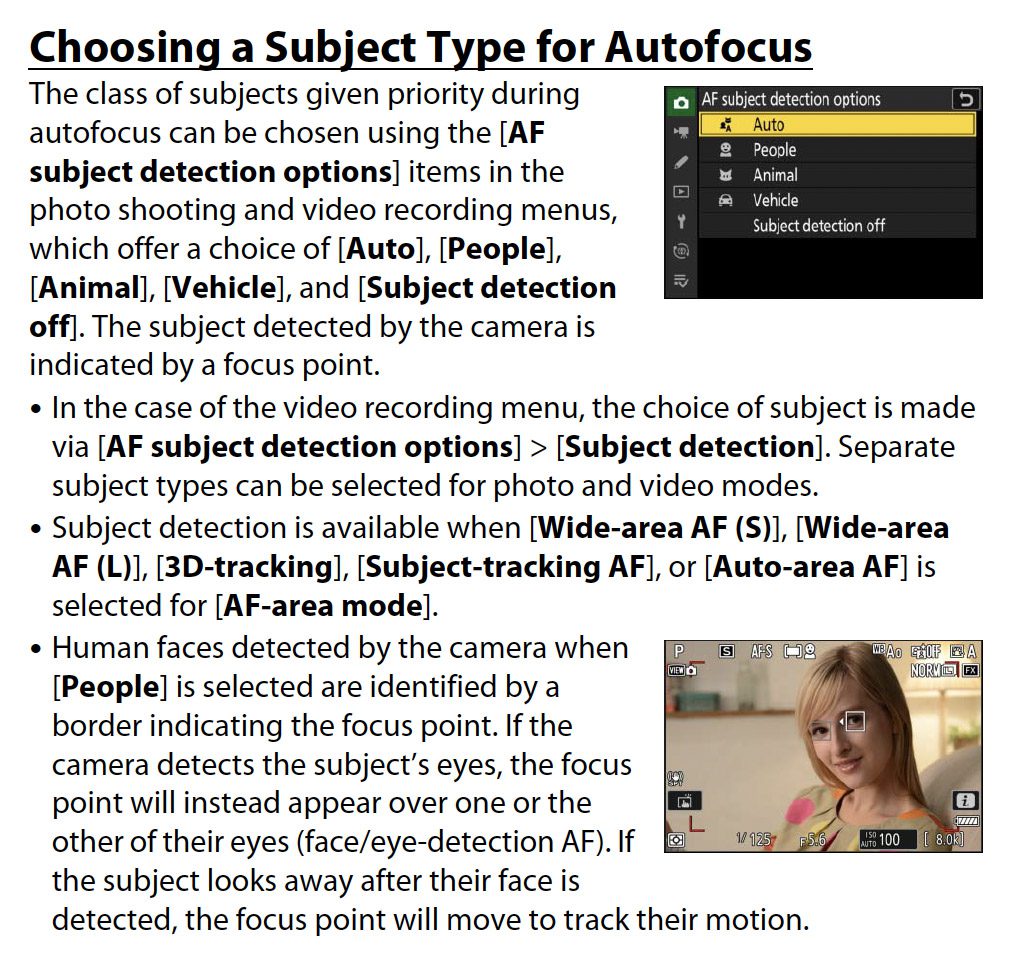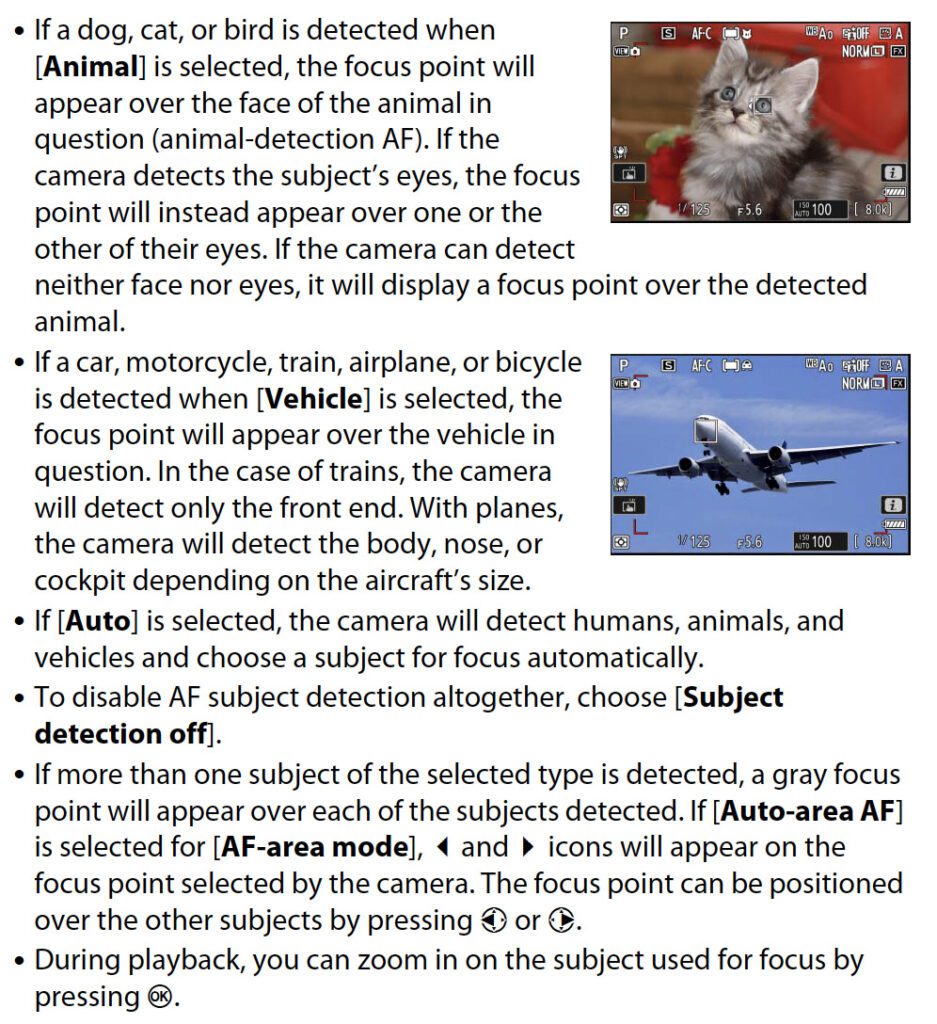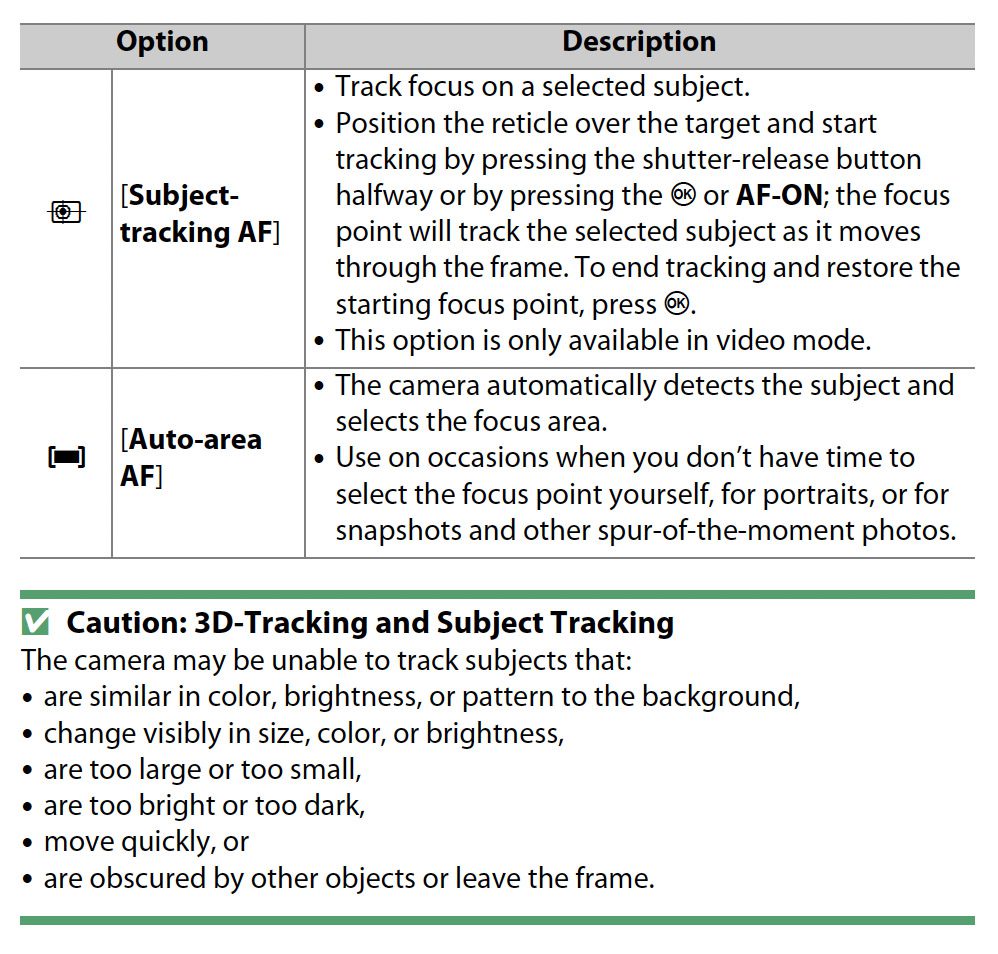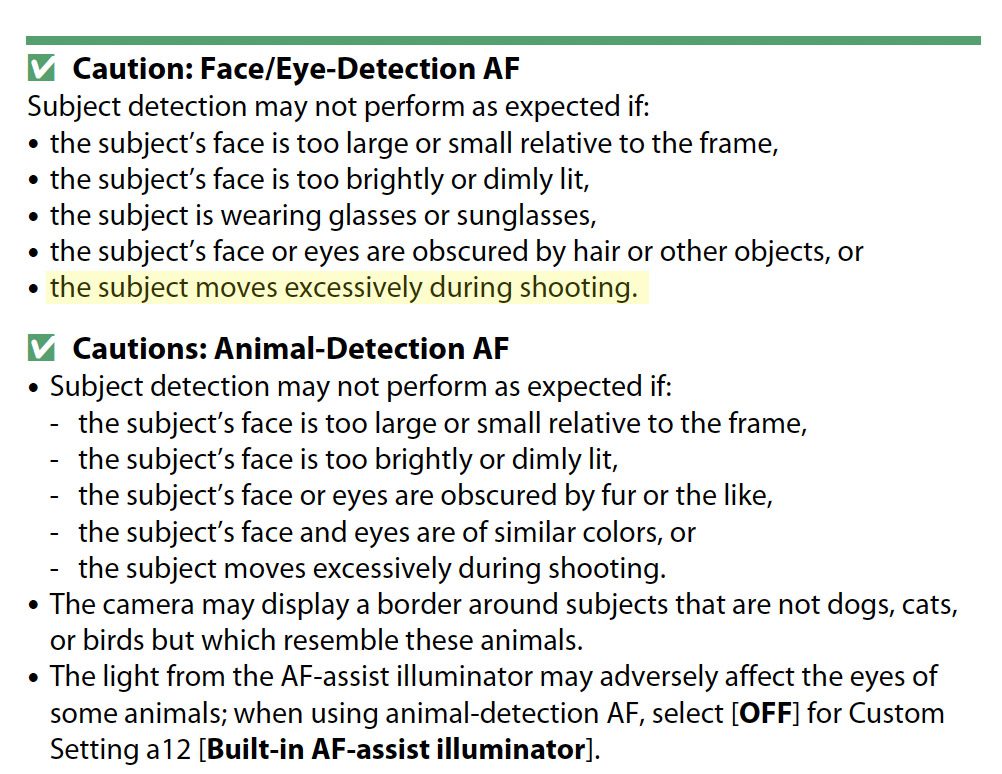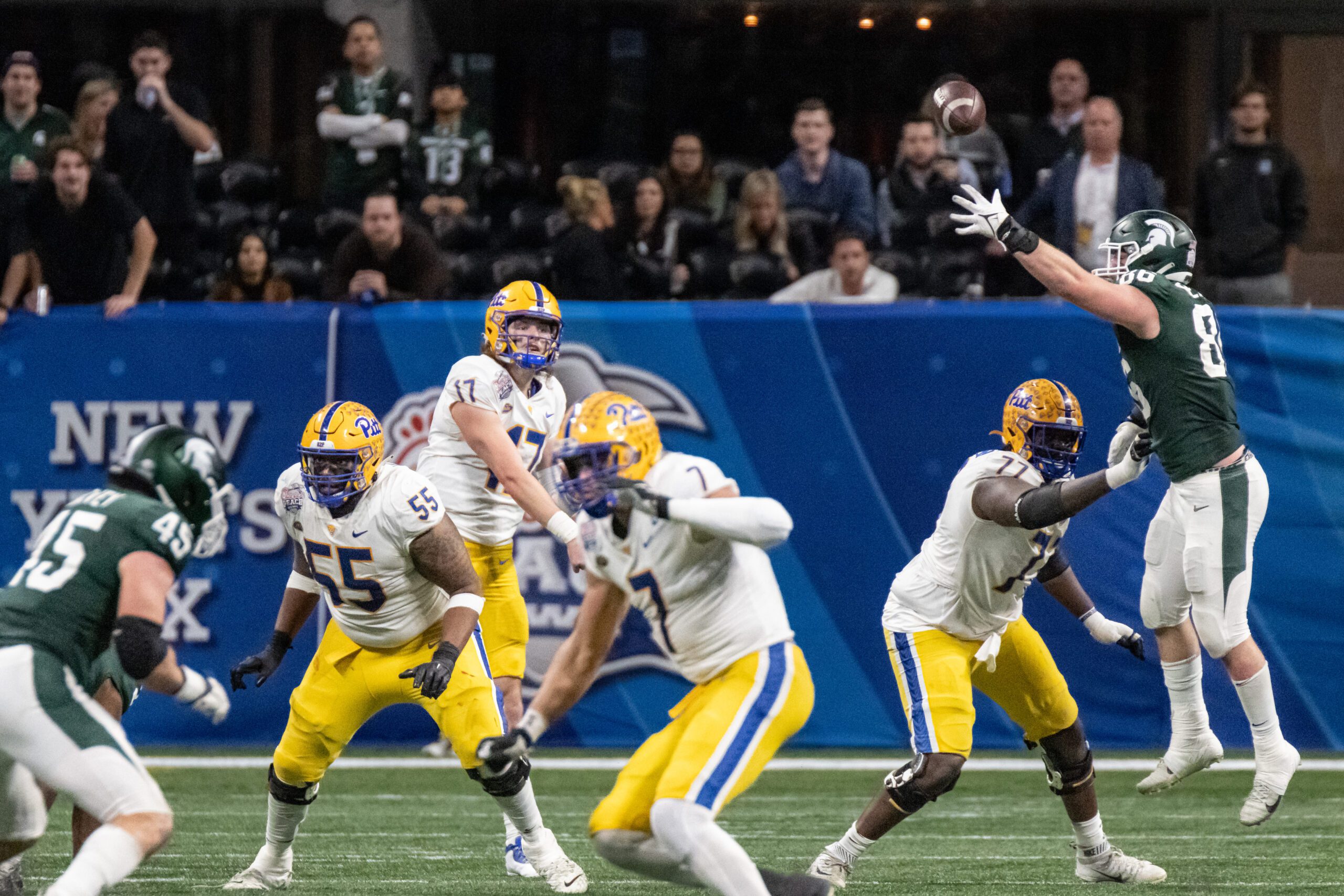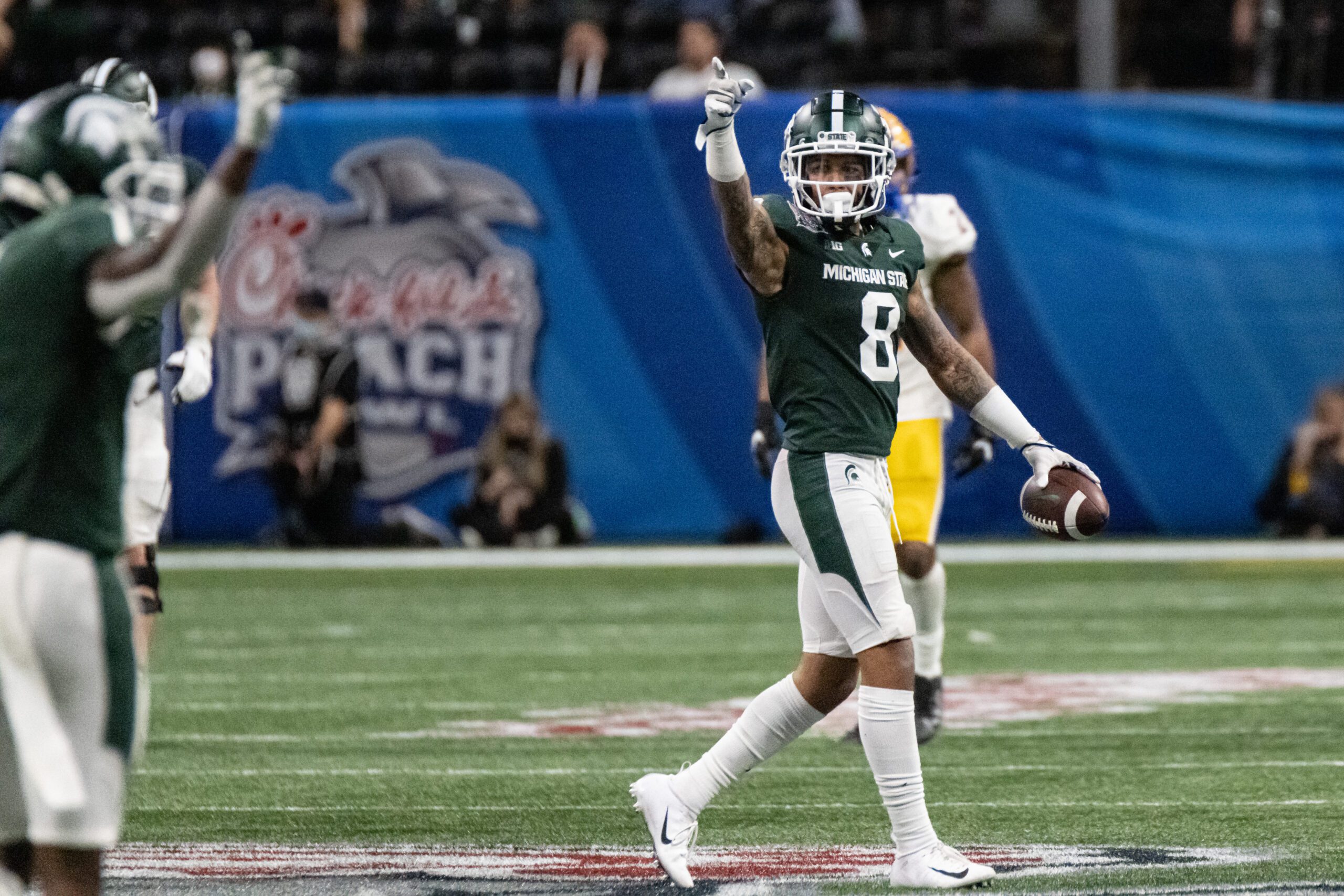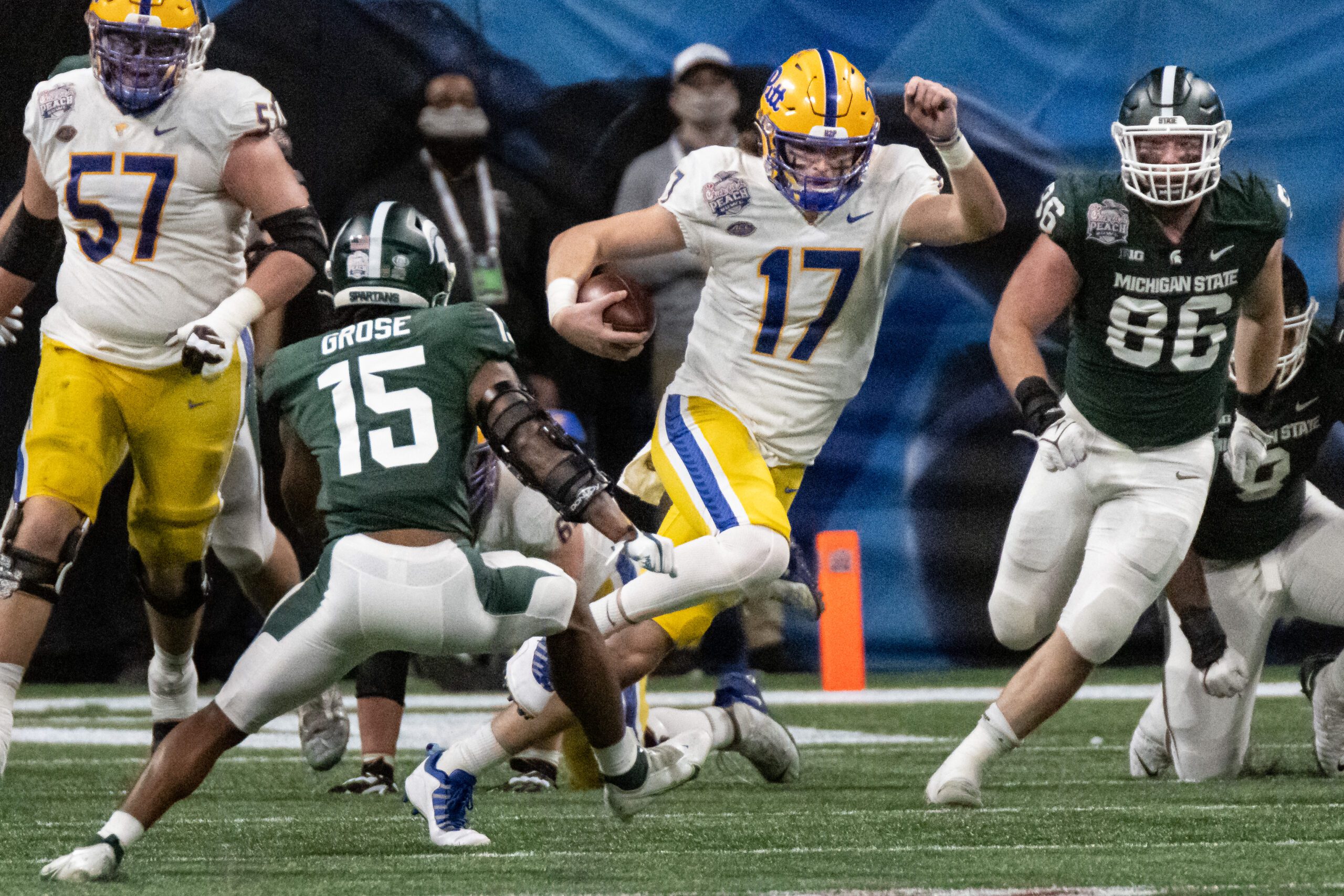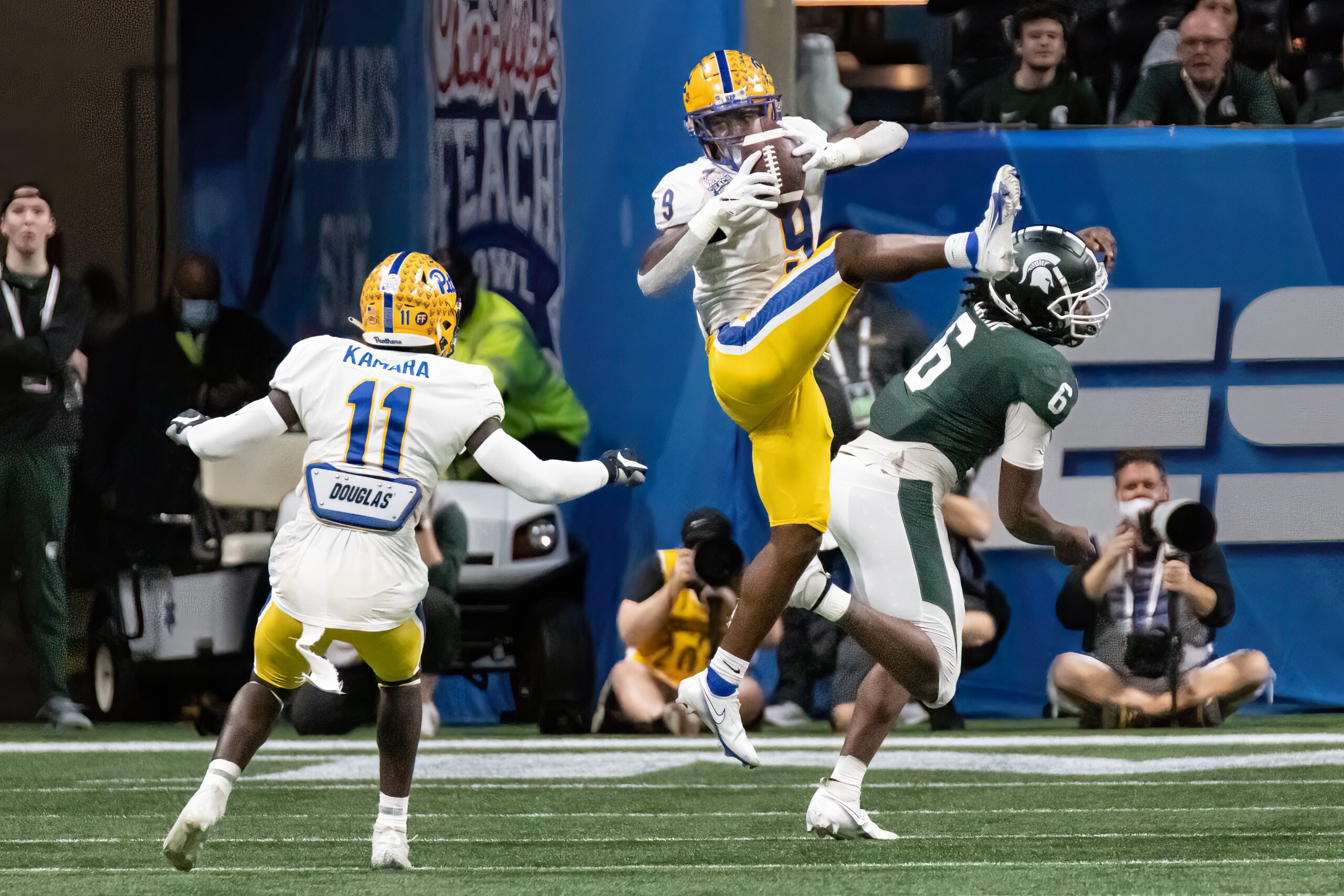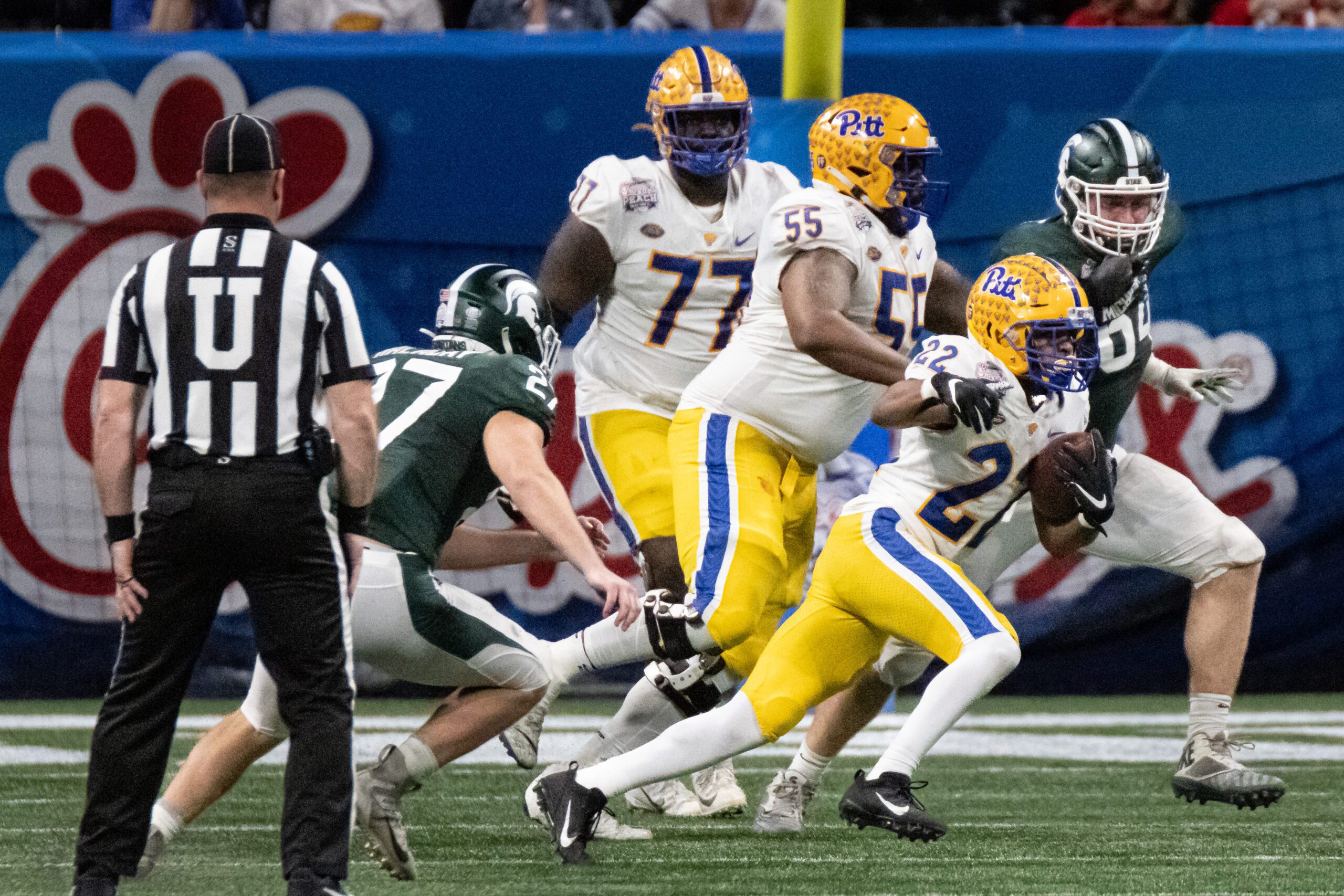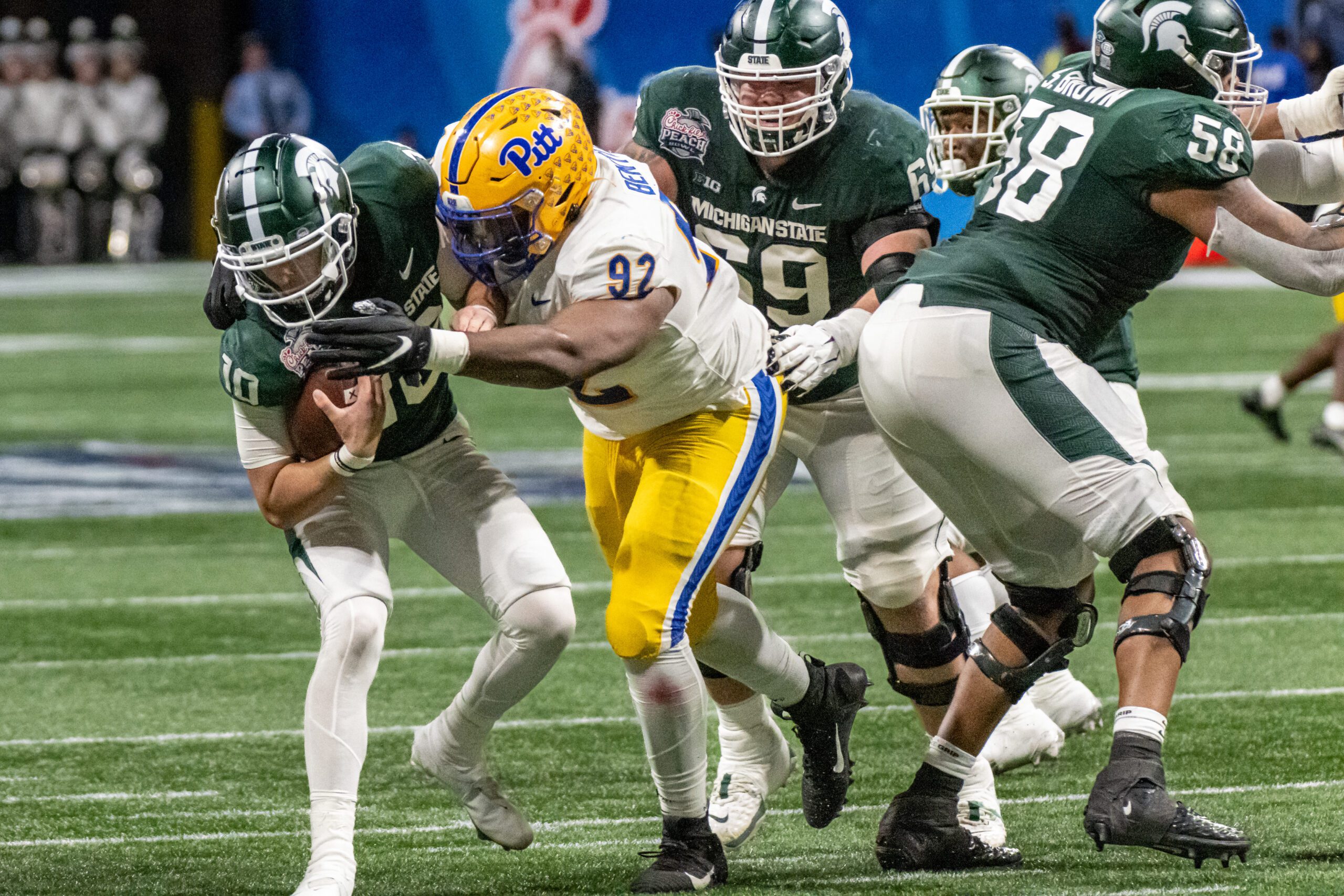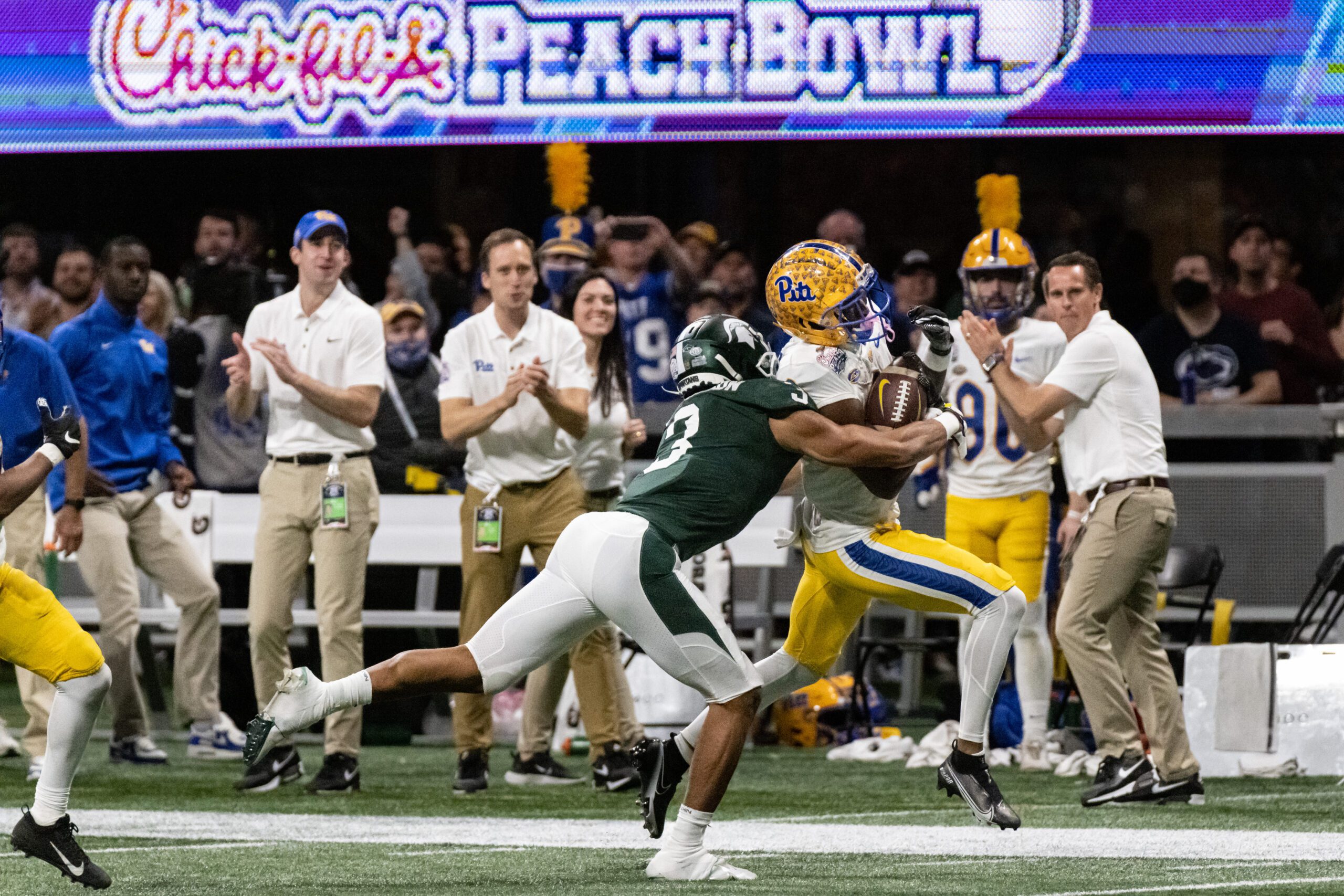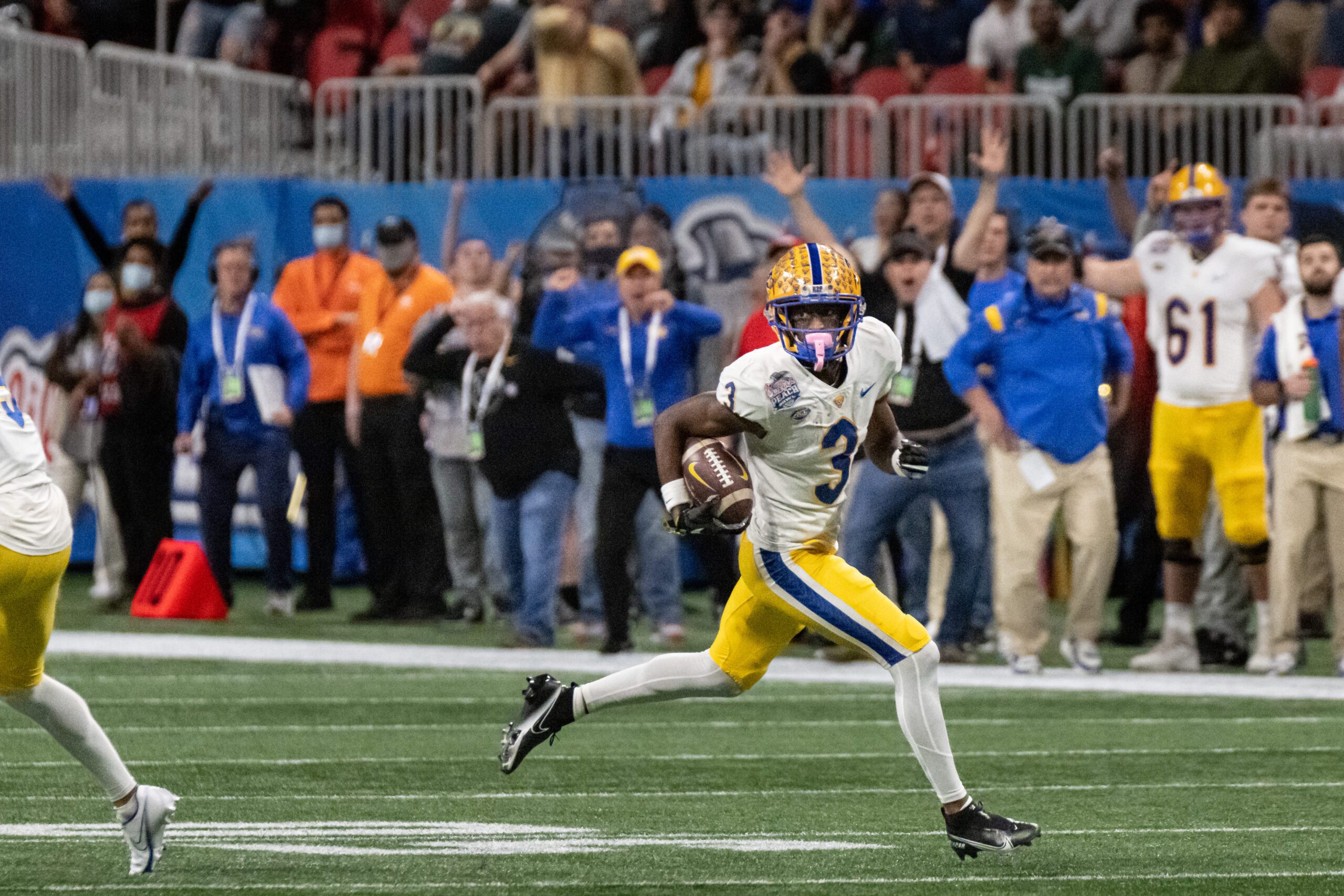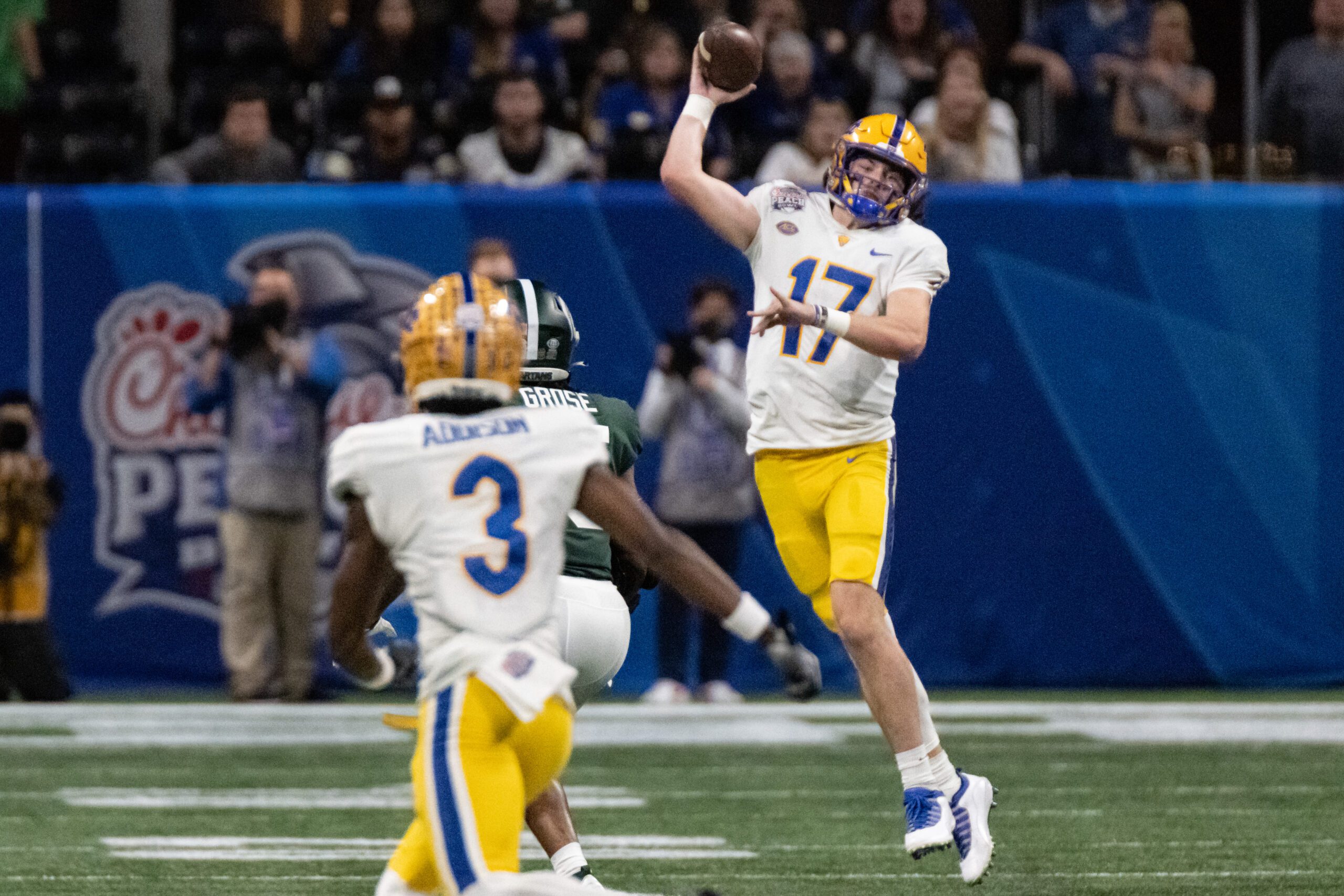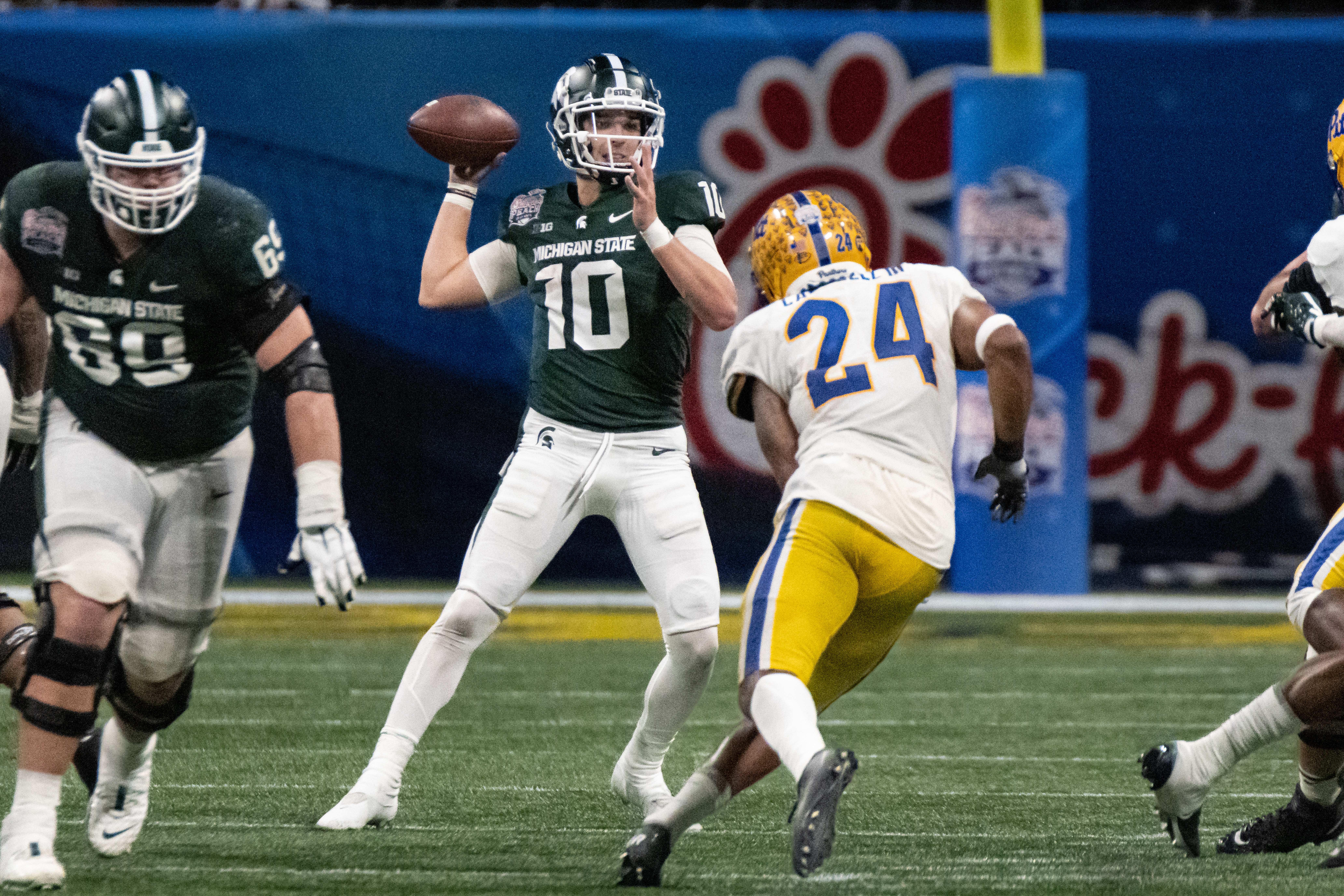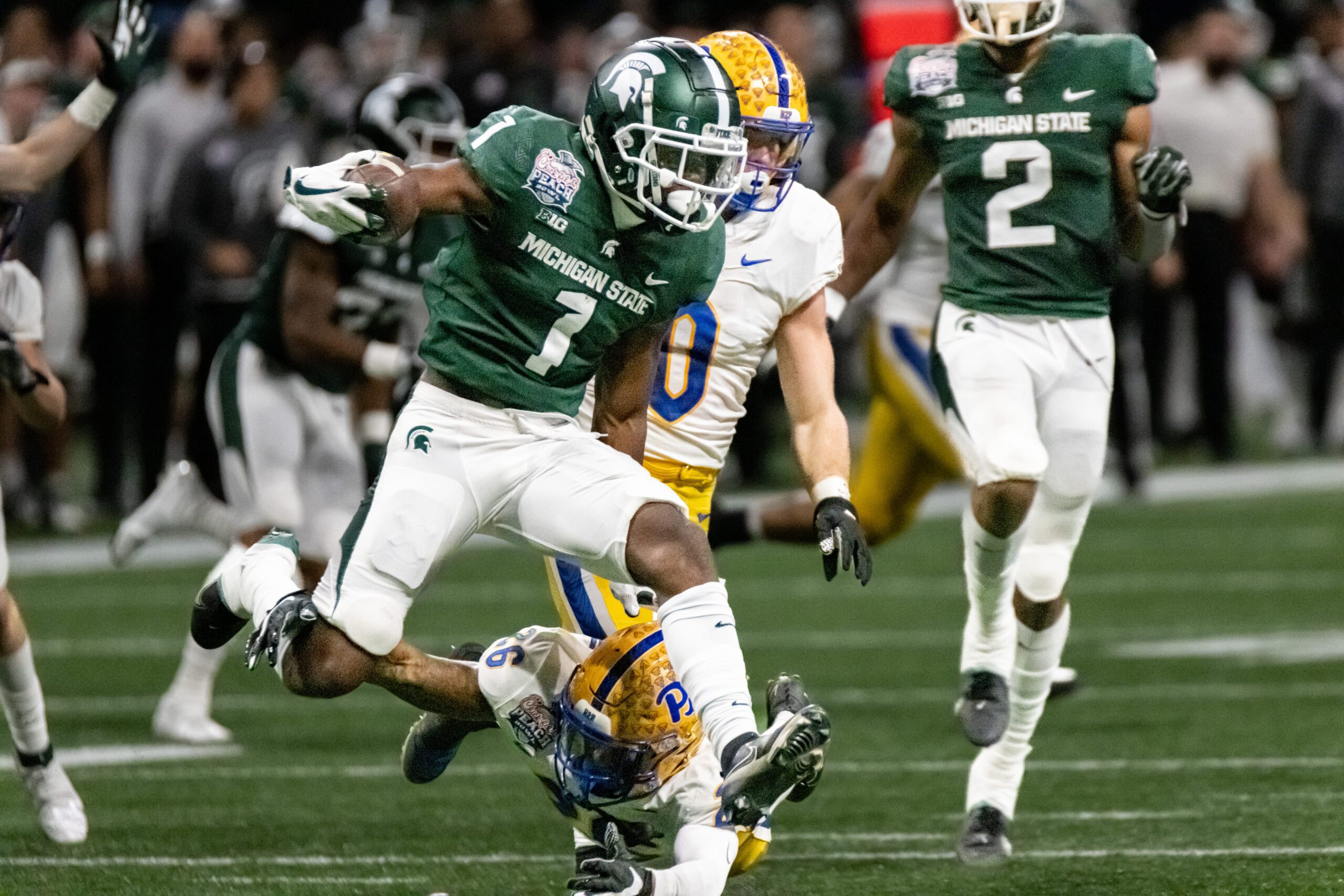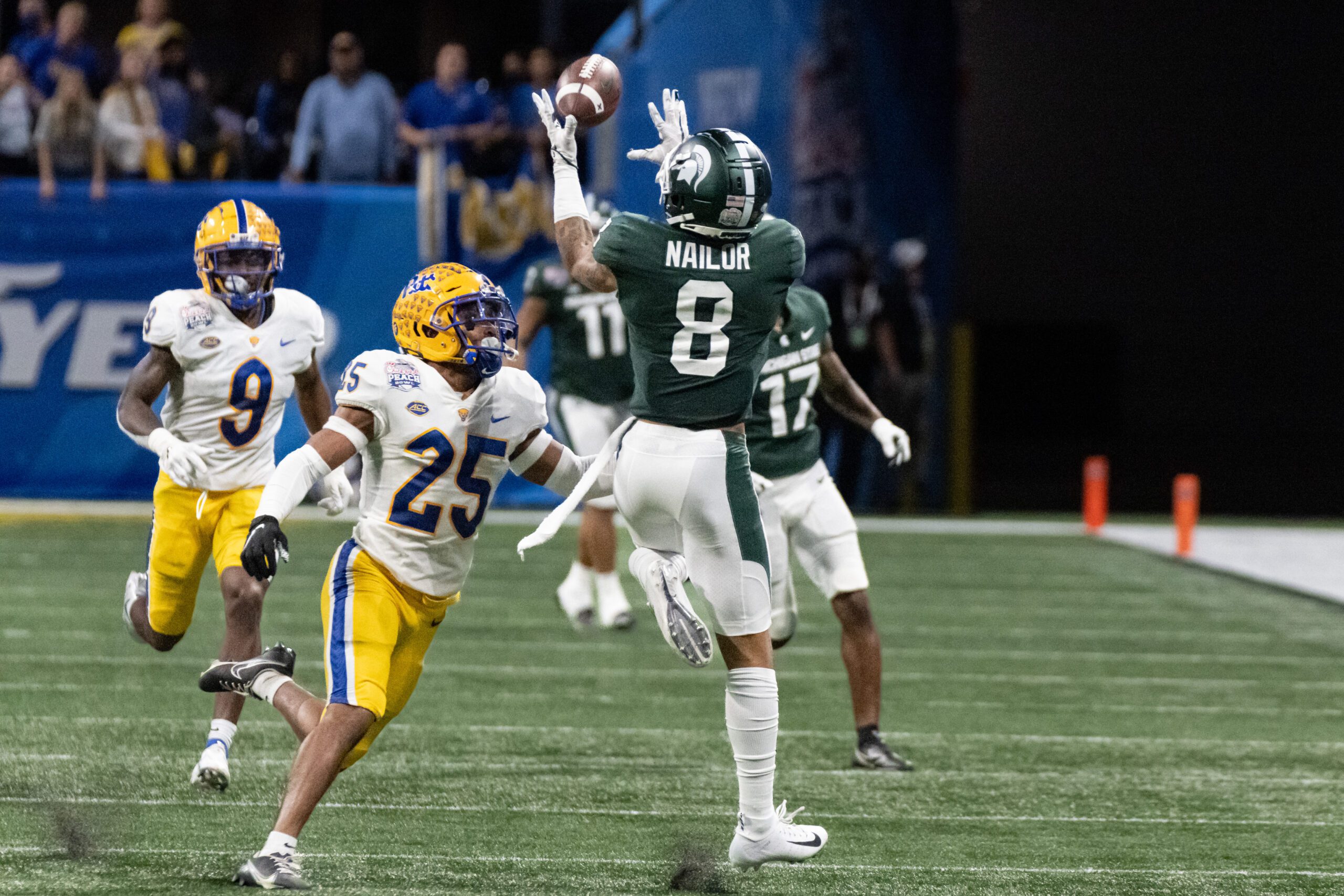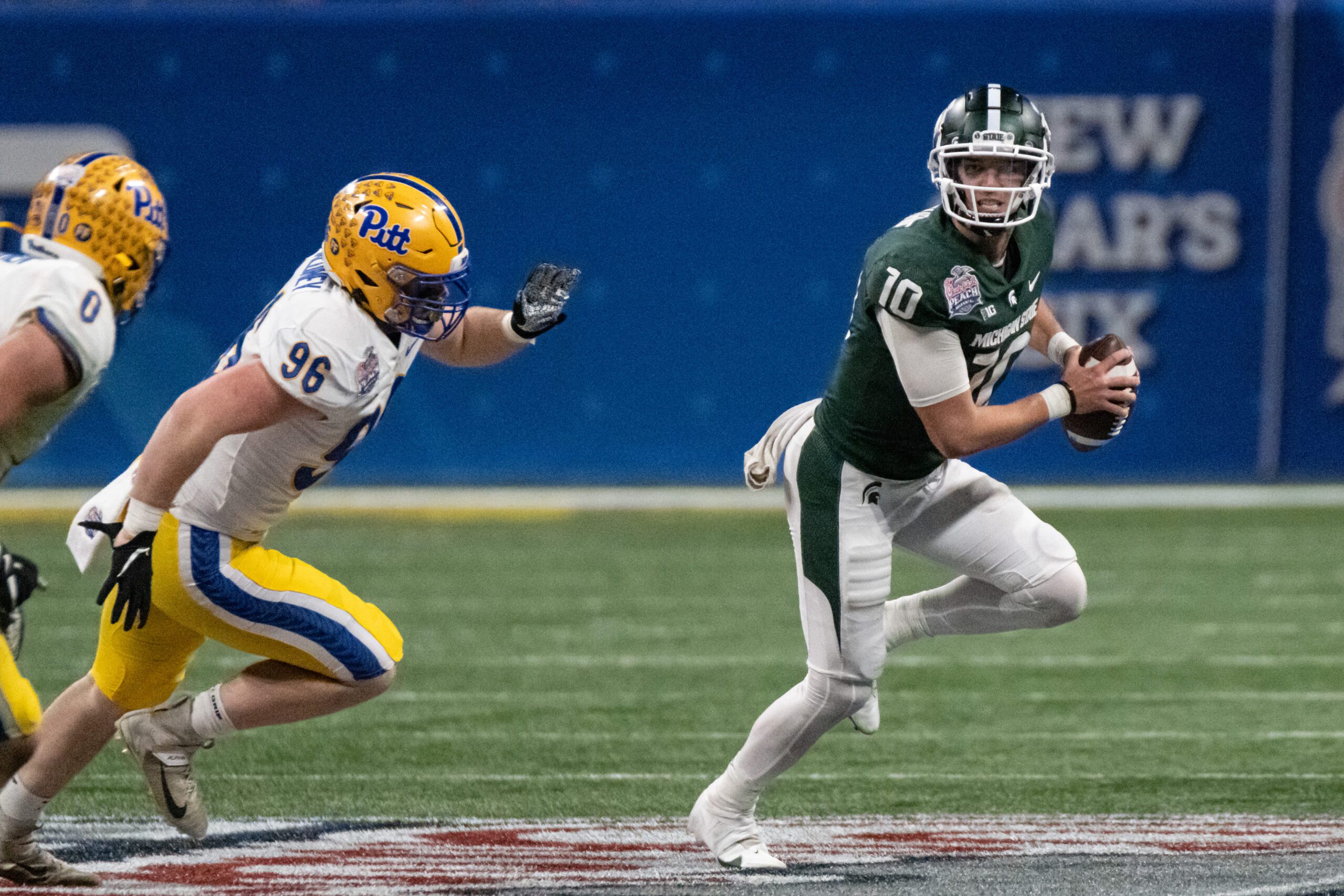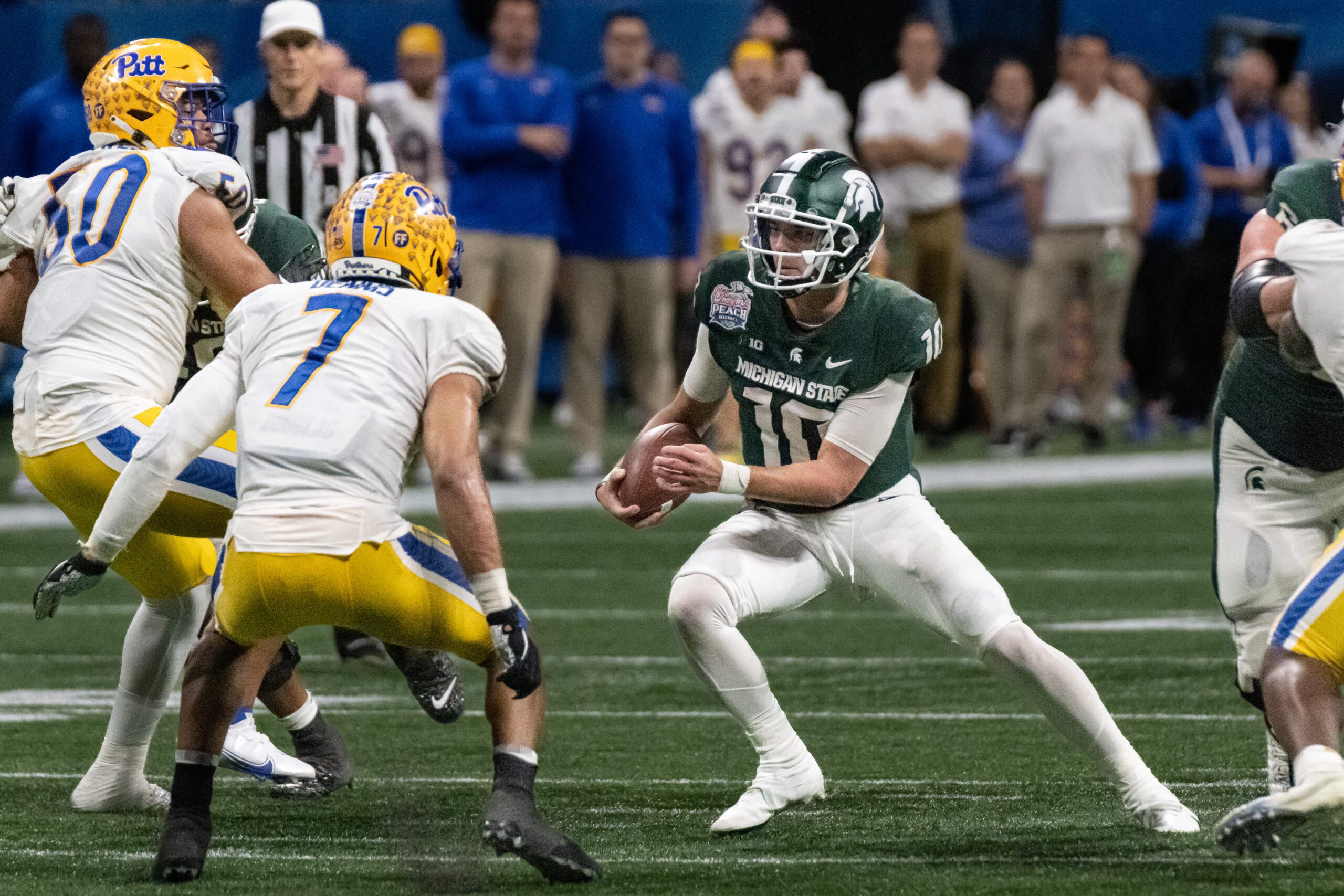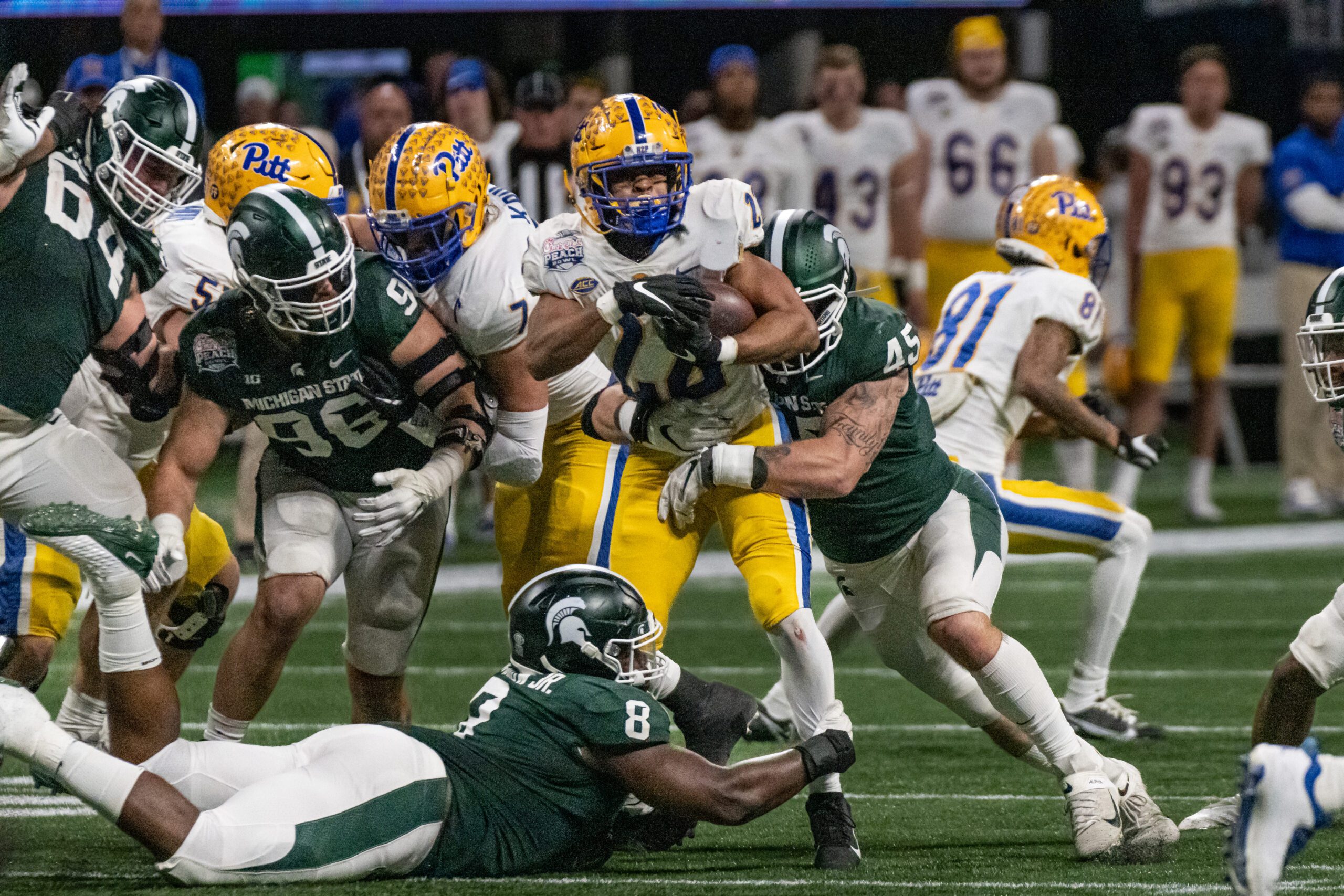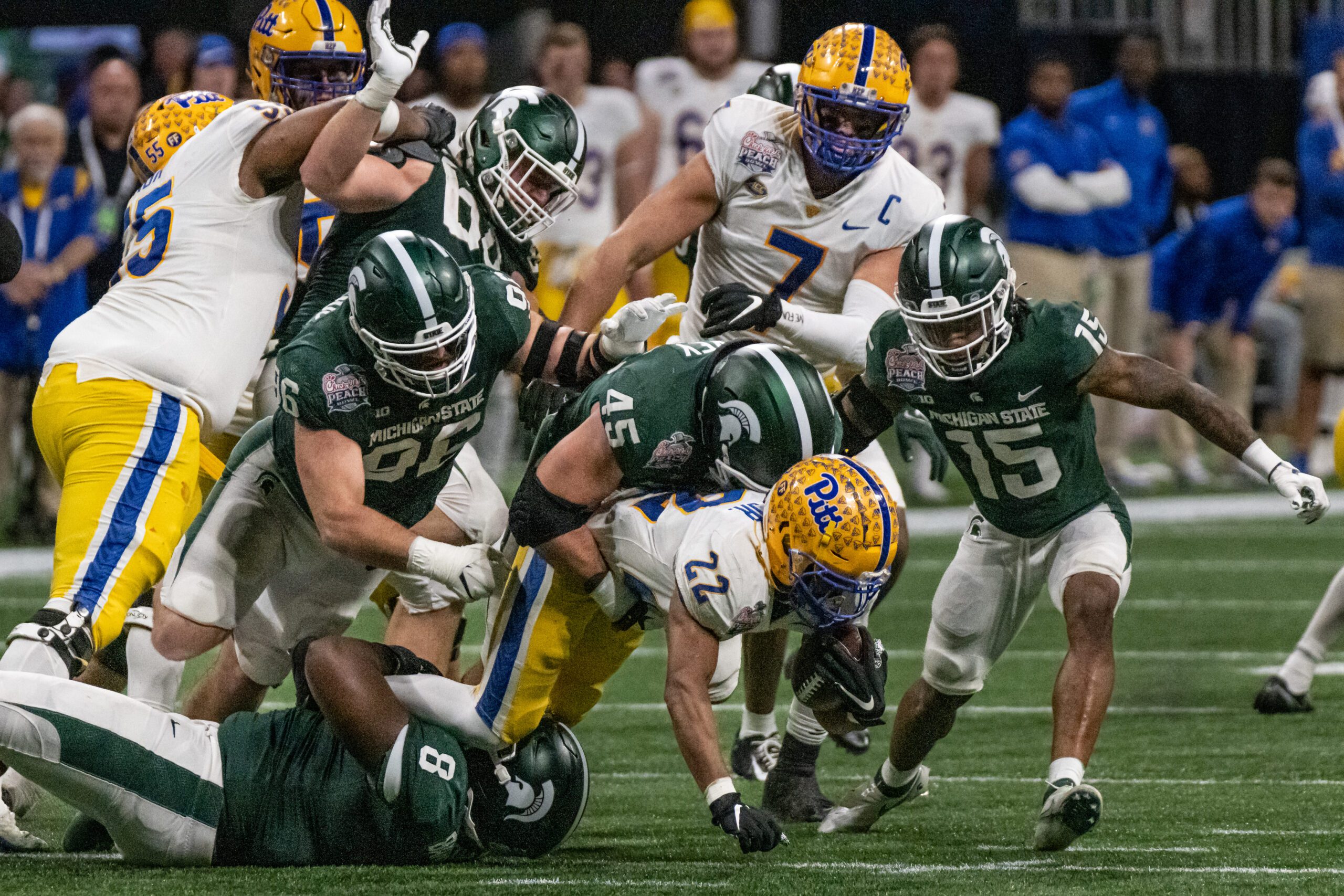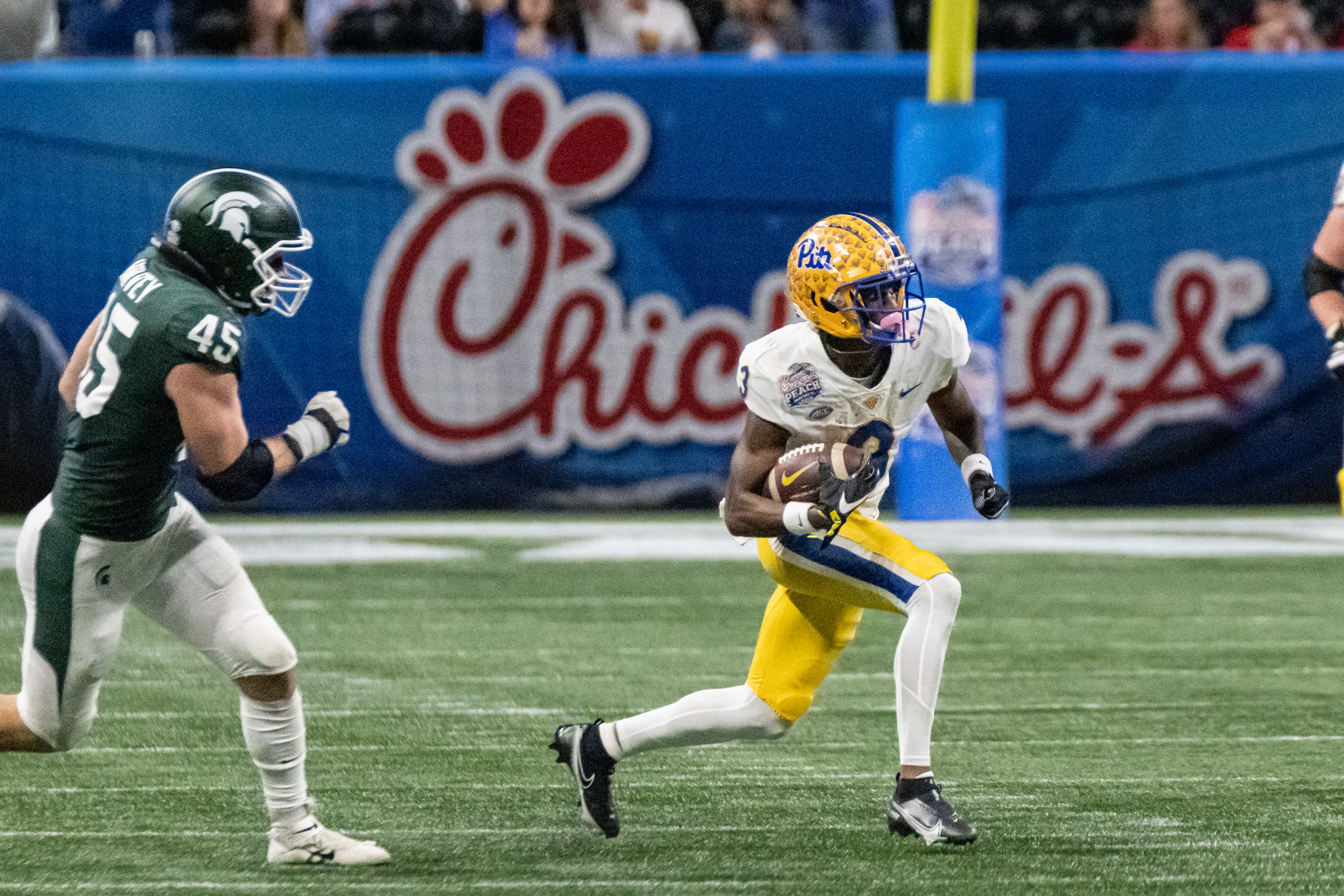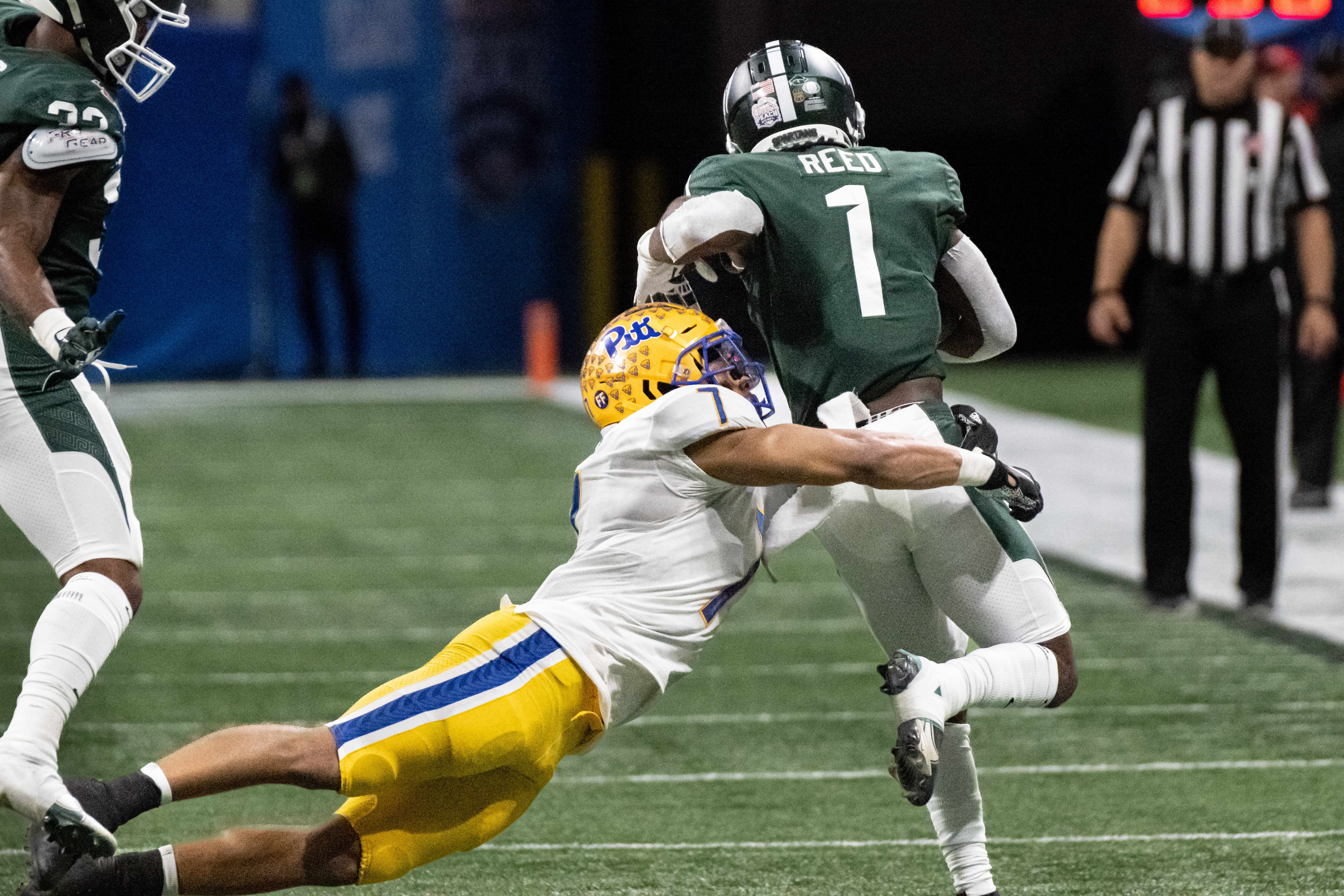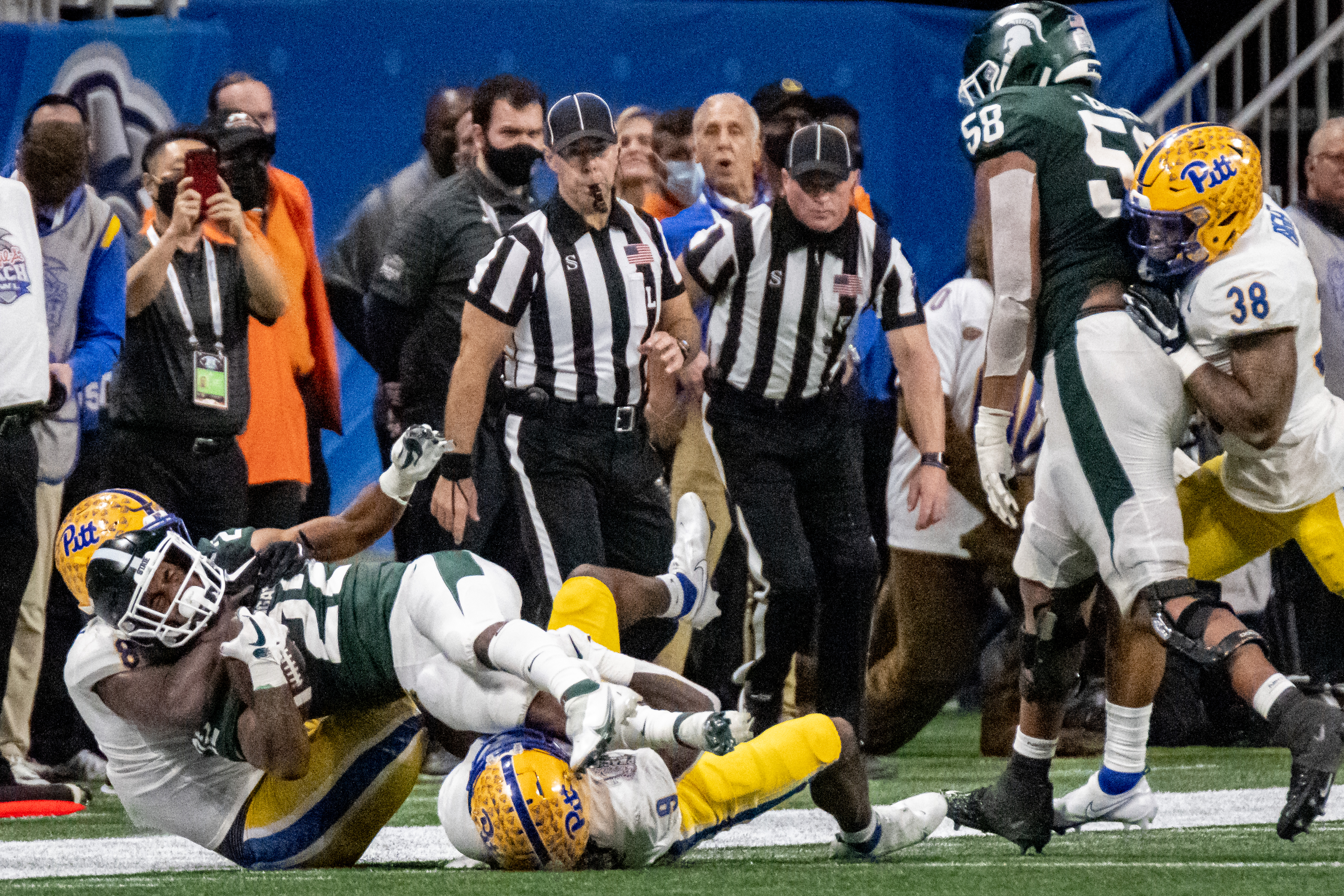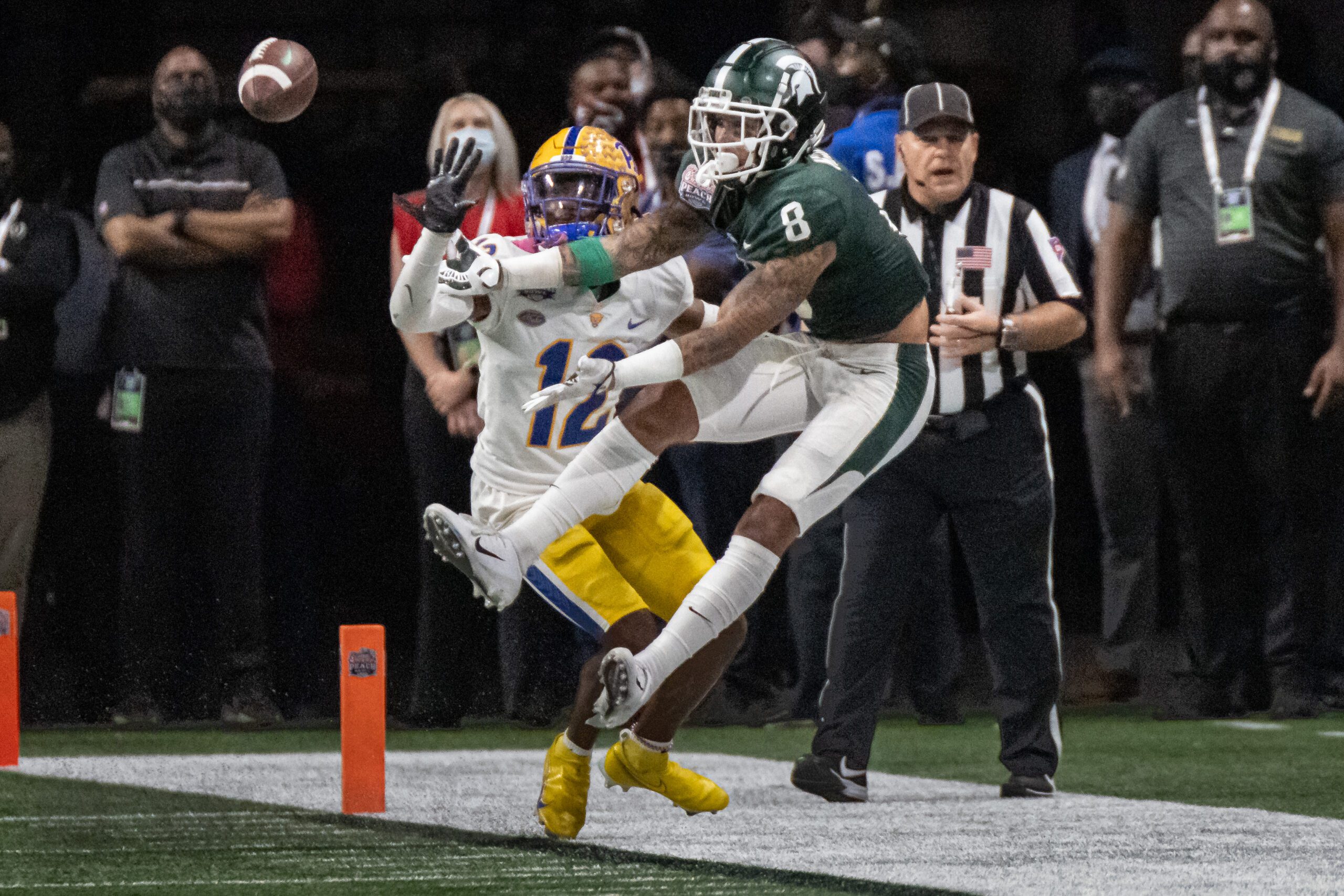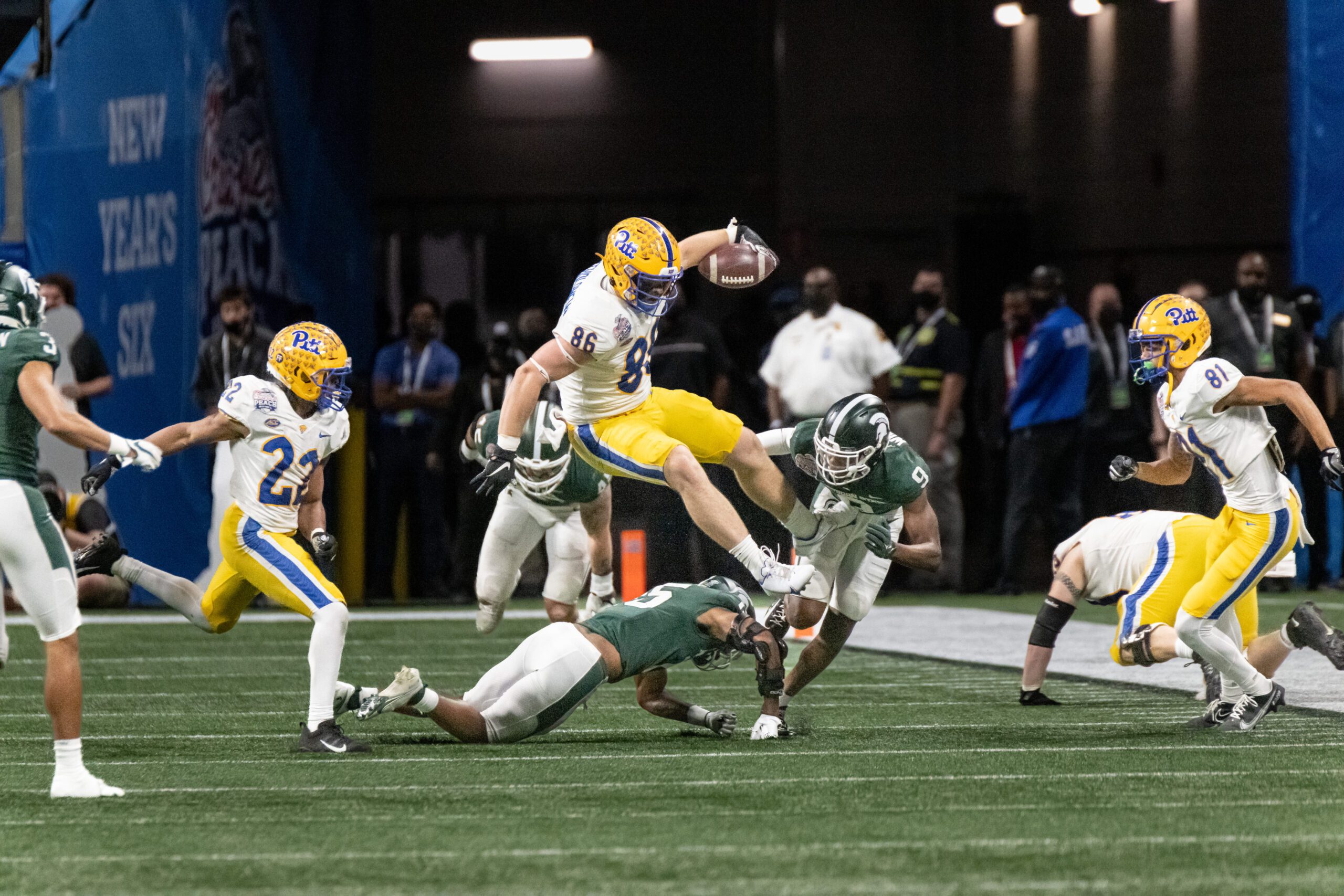[NIKON Z 9, VR 24-105mm f/4G, Mode = Aperture Priority, ISO 25600, 1/40, ƒ/5, (35mm = 38) Flash Fire = no flash]
I think, for now, my solution for shooting with my Nikon Z9 when I need the high ISO is to use the DXO PureRAW 2.
My Nikon Z9 setting is worth noting for this ball taking place on top of a roof in downtown Atlanta after sunset.
- Aperture Priority
- Auto ISO with 64 – 25600
- Auto ISO with Shutter at 1/250
- Godox V860IIN with Magmod Sphere on TTL
- Sigma 24-105mm ƒ/4 Art
- Sigma 35mm ƒ/1.4 Art

Click on photos Below to see larger photo
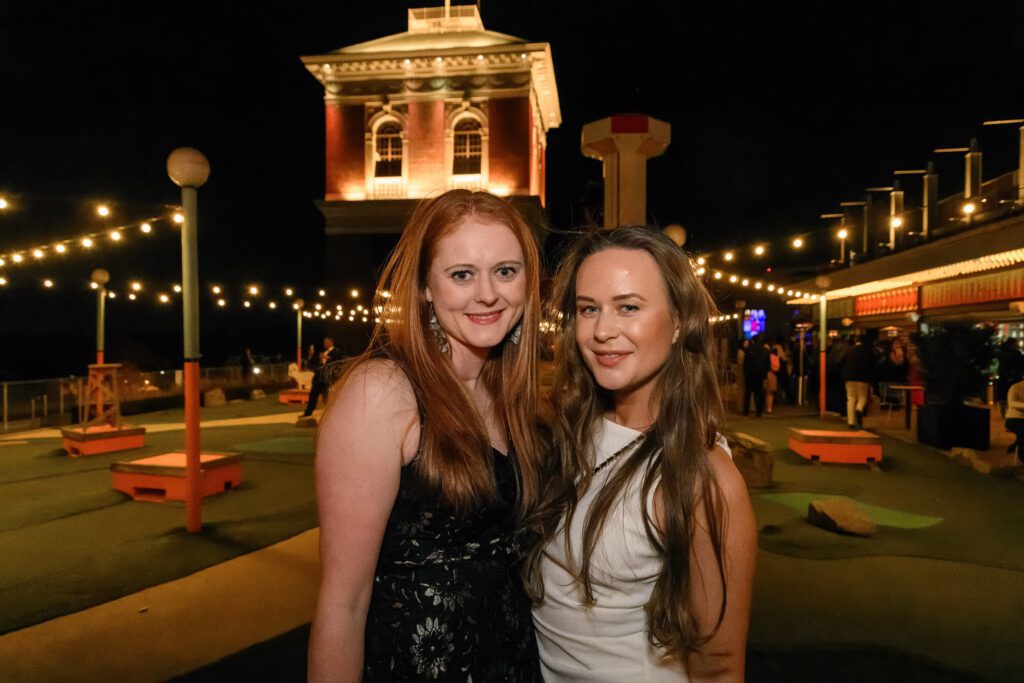
I would shoot with a different lens, but most of the time, I was shooting with the 24-105mm with the flash.

Due to my decision to use the DXO PureRAW 2 after the shoot, I would have done one thing differently. I shot everything in the Lossy Compressed ( HE* / HE ). I should have shot in the Lossless Compressed. Here is a chart from Walter Rowe that shows what software is presently supported with the Nikon Z9 files.
Image Editing Software:
| Package | Lossless Compressed | Lossy Compressed ( HE* / HE ) |
| Nikon NX Studio | optimized support | optimized support |
| Adobe Camera Raw 14.2 (PS/LR) Adobe Photoshop Elements 2022 | preliminary (not optimized) preliminary (not optimized) | preliminary (not optimized) preliminary (not optimized) |
| Capture One 22 (15.1) | optimized support | no support |
| DxO PhotoLab DxO PureRaw | coming in DxO 5.2 available in PureRaw 2 | no support no support |
| ON1 Photo RAW | no support | no support |
| DarkTable | no support | no support |
| RawTherapee | no support | no support |
| ACDSee Update 2022.1 | supported (no details) | supported (no details) |
Image Viewing Software:
| Package | Lossless Compressed | Lossy Compressed ( HE* / HE ) |
| Photo Mechanic 6 | reads embedded previews | reads embedded previews |
| FastRawViewer | supported | not supported |
| Windows Explorer | no support | no support |
| macOS Finder | no support | no support |
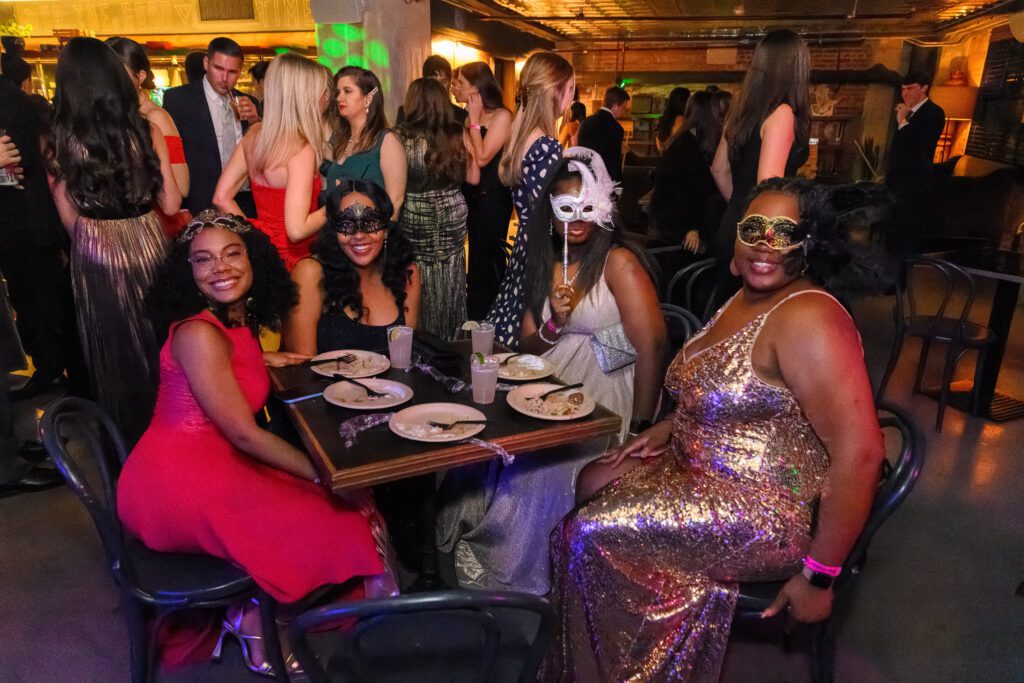
So here are the steps that I took to process some 800+ images.
- Ingest all images using Photo Mechanic Plus – All the NEF images put into a RAW folder and renamed images {year4}-{month0}-{day0}_{hour24}-{minute}-{second}
- Culling of the images – Tagged the ones to keep and then selected all the untagged images in Photo Mechanic and deleted them
- Ingest into Lightroom – Copied as DNG from the RAW folder to a DNG folder [took a while to convert 800 to DNG]
- Process with DxO PureRAW 2 – Put them inside the DNG in a DXO folder [Took about 6 hours to process with Macbook Pro 16″ Apple M1 Max & 32 gig RAM]
- DxO DeepPRIME – Demosaicing and denoising
- DxO Optics Modules – Improvements to sharpness & Corrections to distortions, vignetting, and aberrations
- Imported back into Lightroom from the DXO folder and processed. No sharpening or denoising using light room. Just some exposure and color corrections
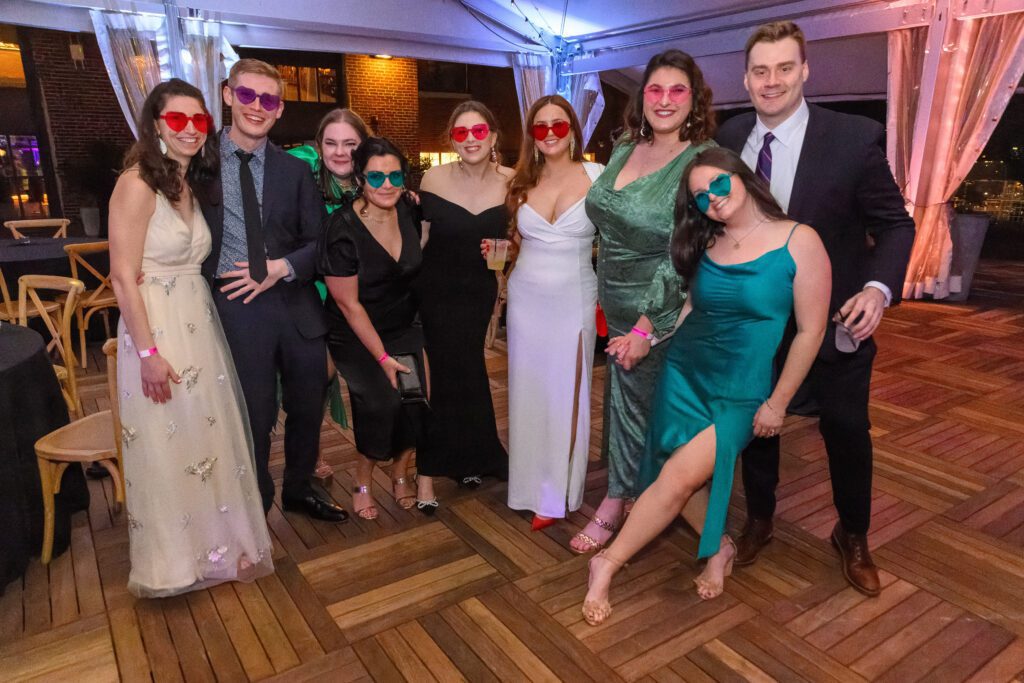
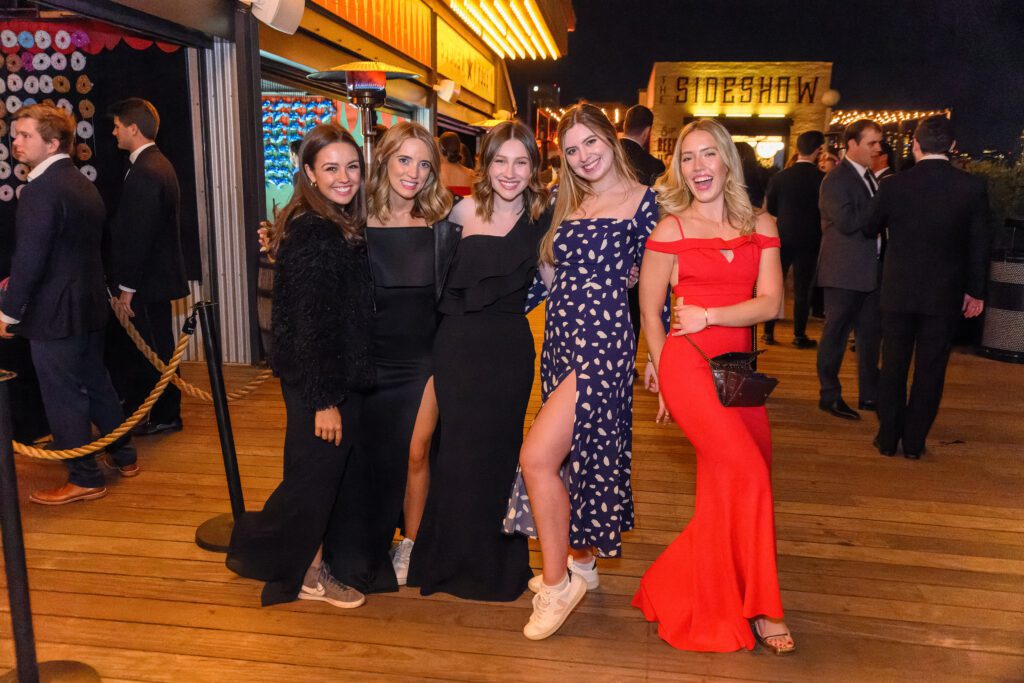
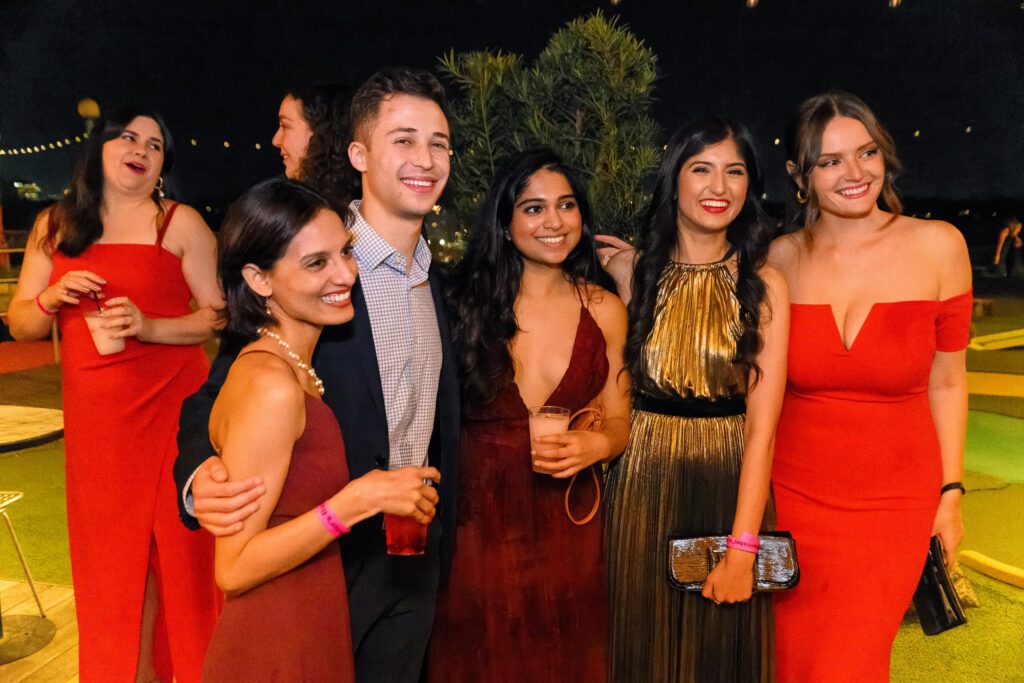
Why ISO 25600?
I didn’t want a black background. I wanted to show the context of their event at the Ponce City Market Roof Top.
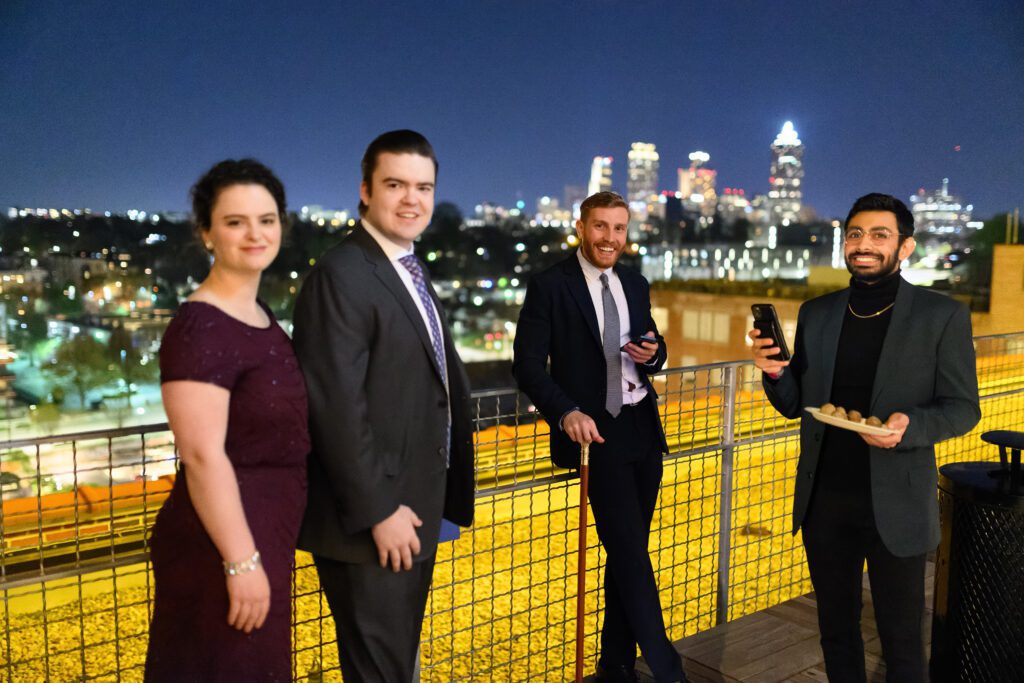

Summary
I can’t wait till DxO PureRAW 2 will support the High-Efficiency RAW files. However, I am looking forward to when Adobe Lightroom optimizes the Nikon Z9 files.
Until then, if I am shooting over 10000 ISO, I will try to remember to shoot Lossless Compressed, and then I don’t have to convert to DNG, saving a great deal of time.
I now love the Z9 even more that my files have little noise at ISO 25600.


